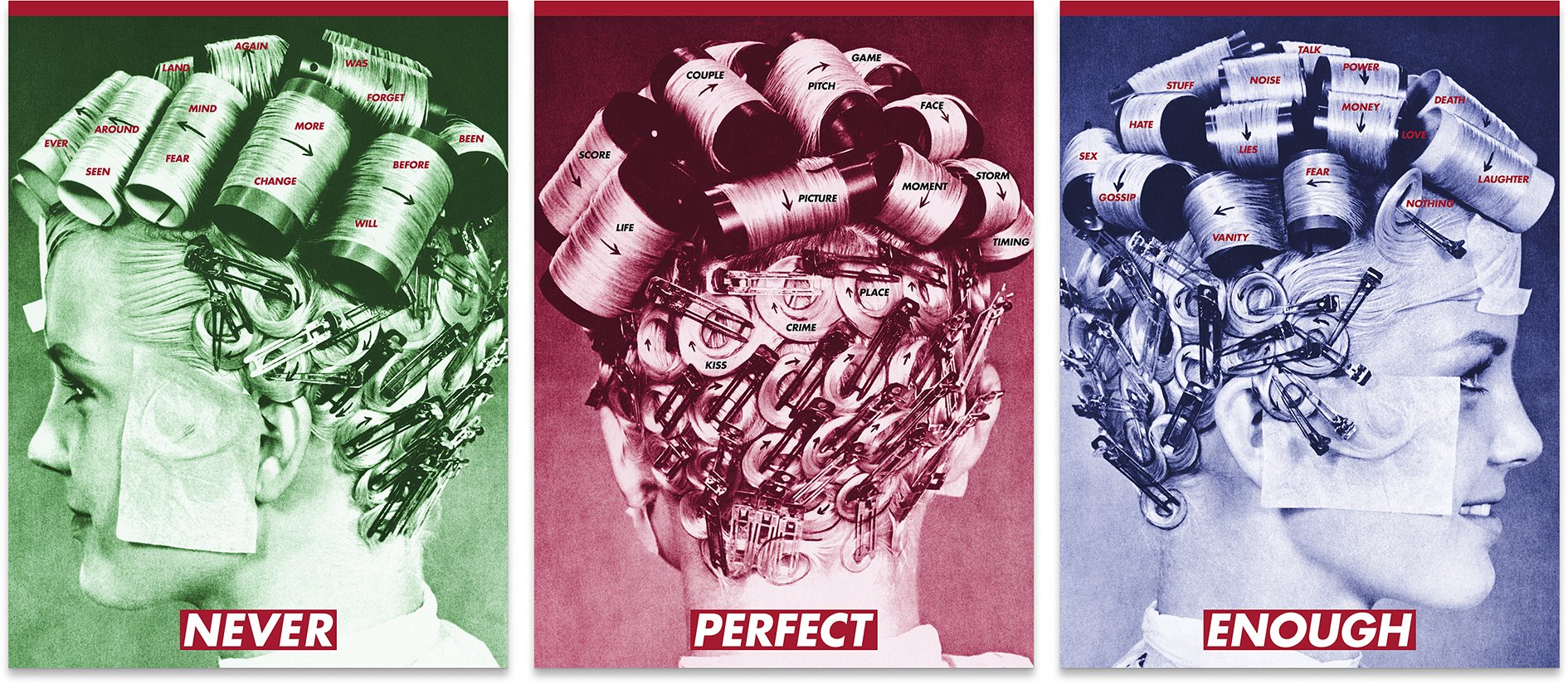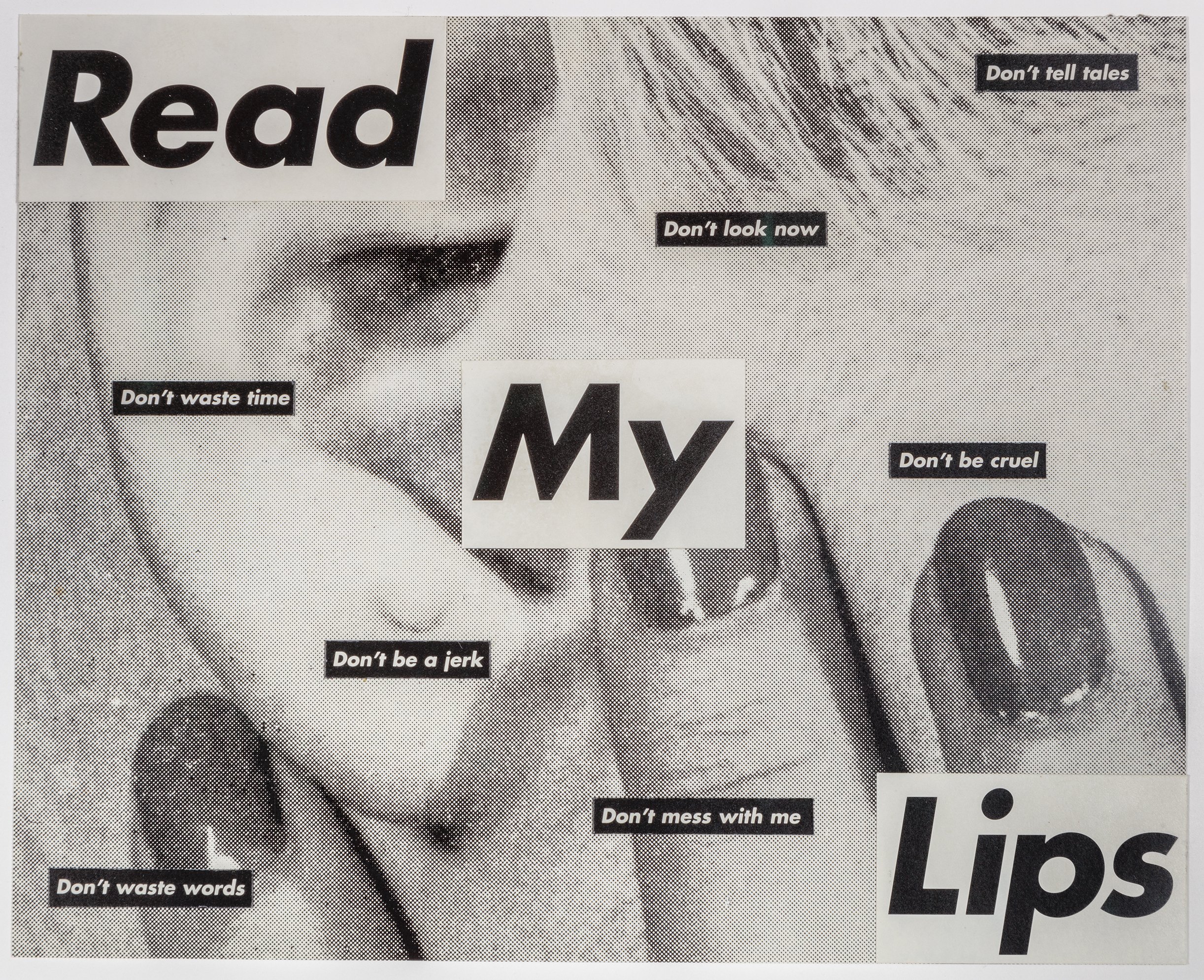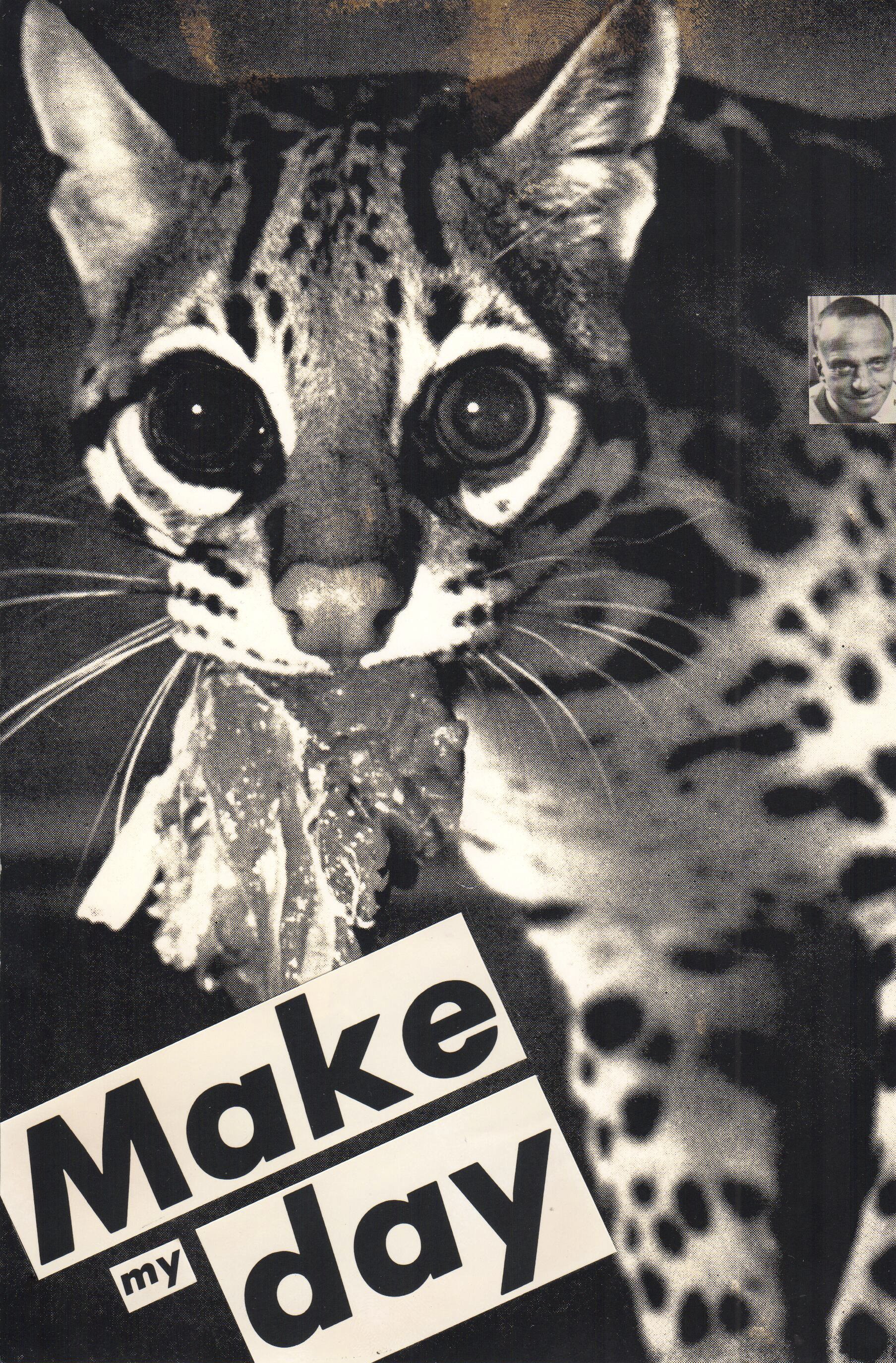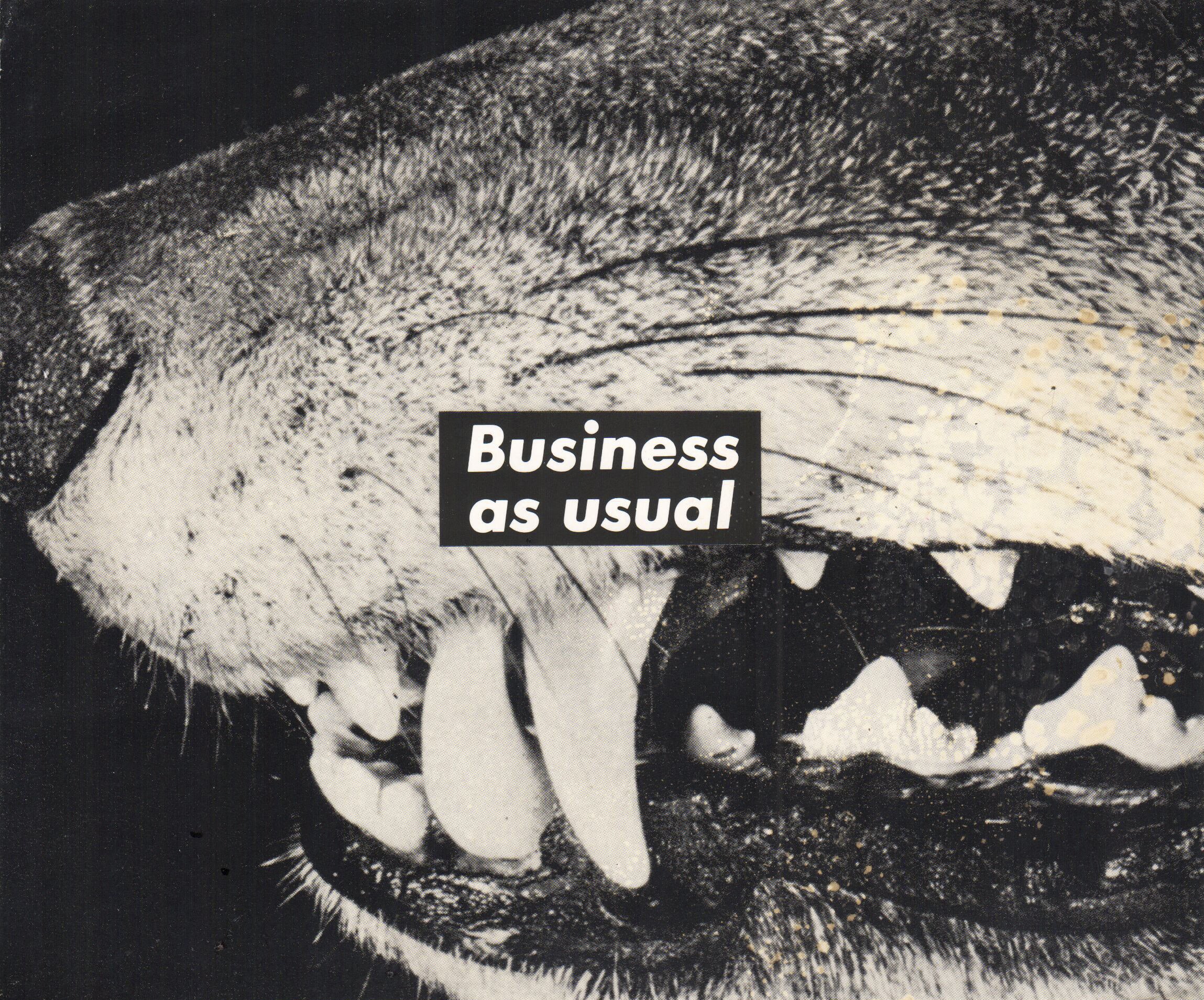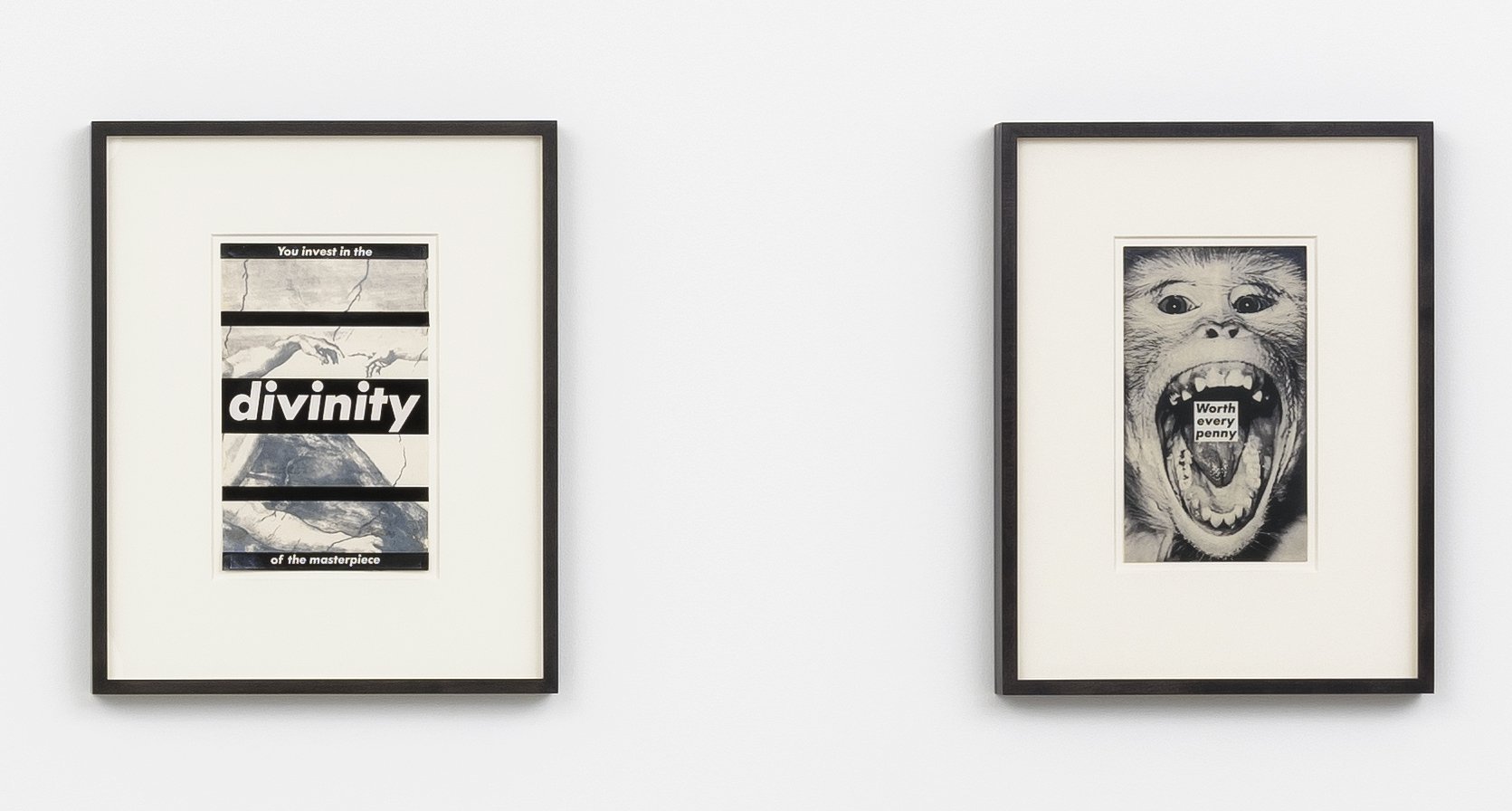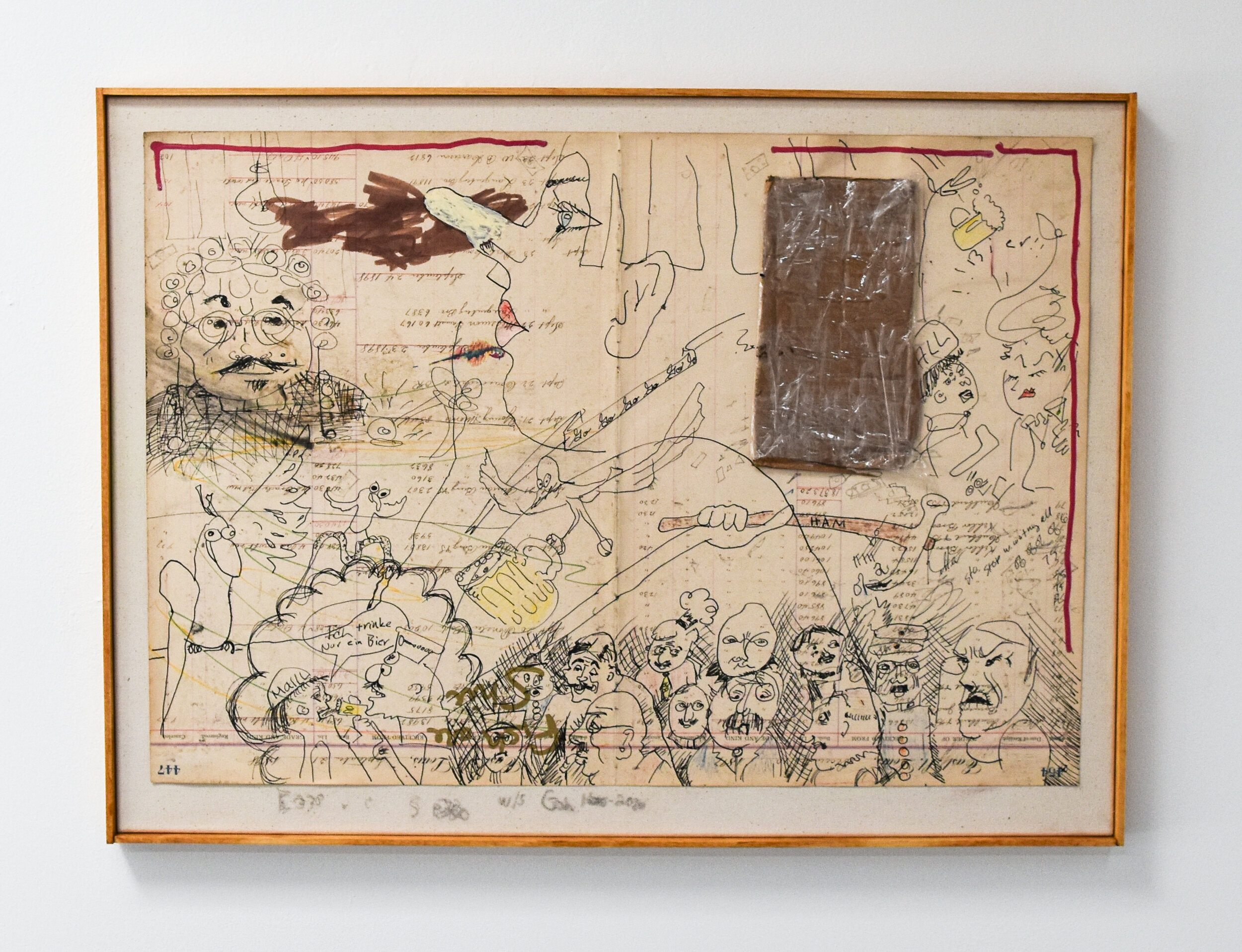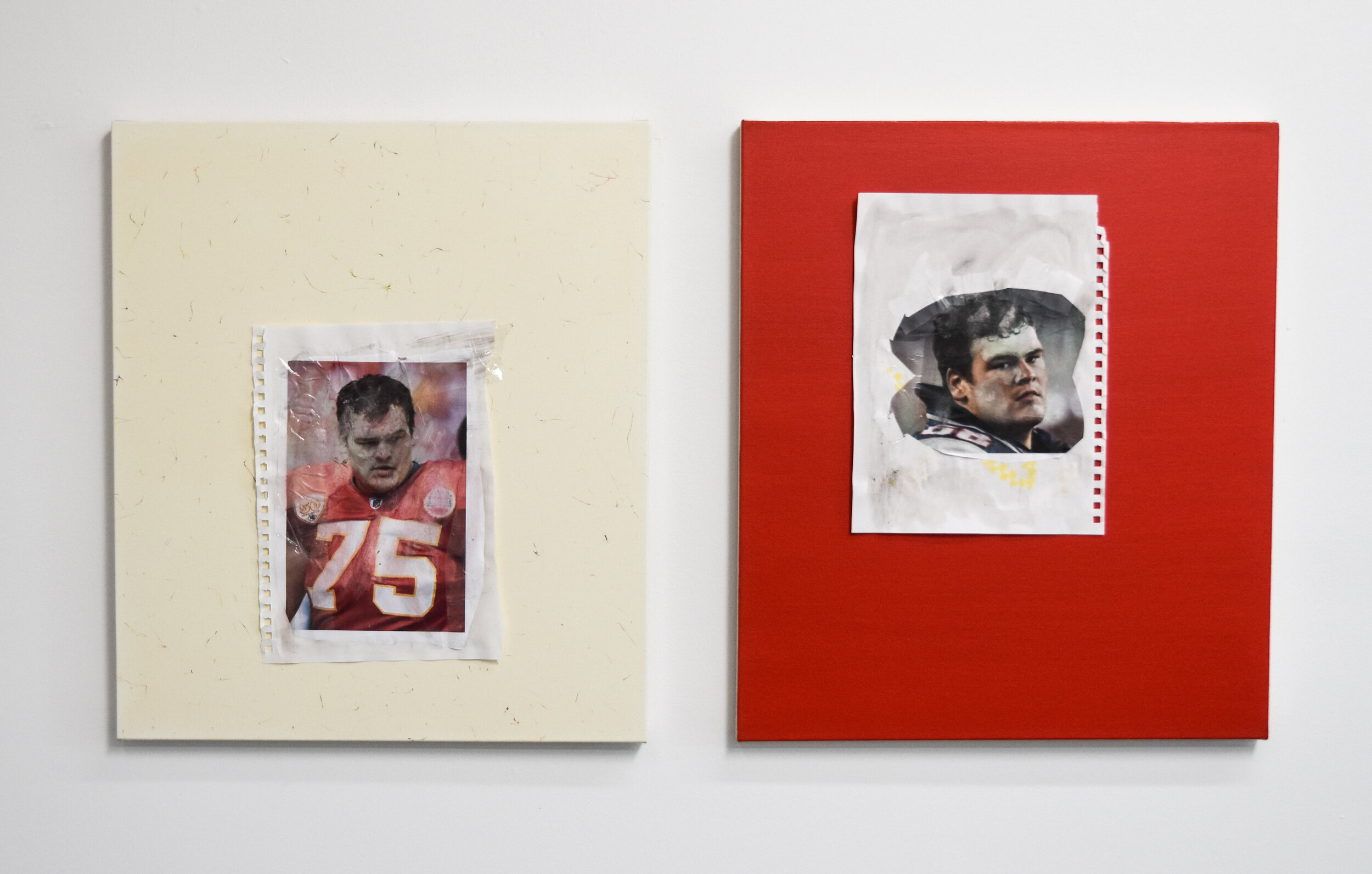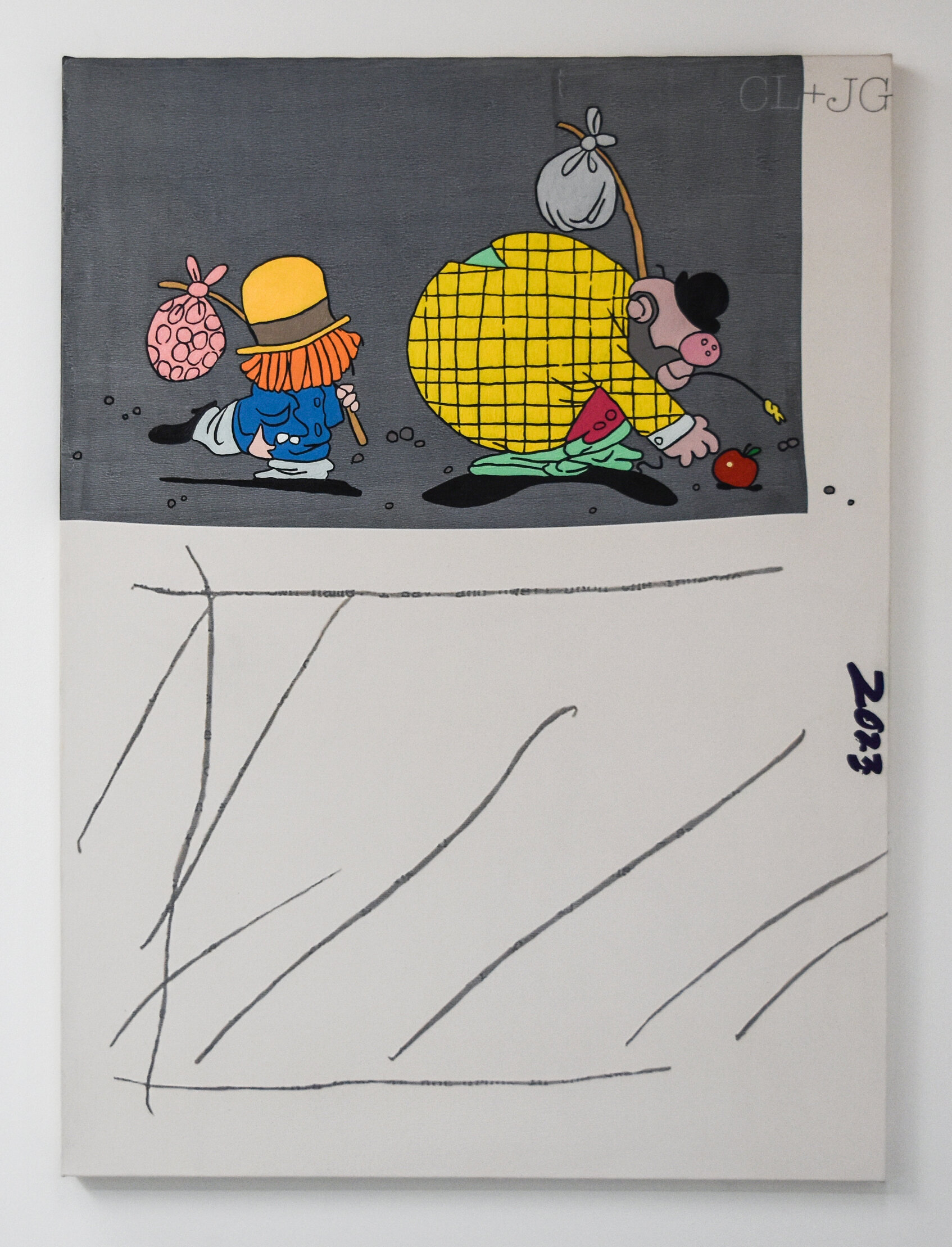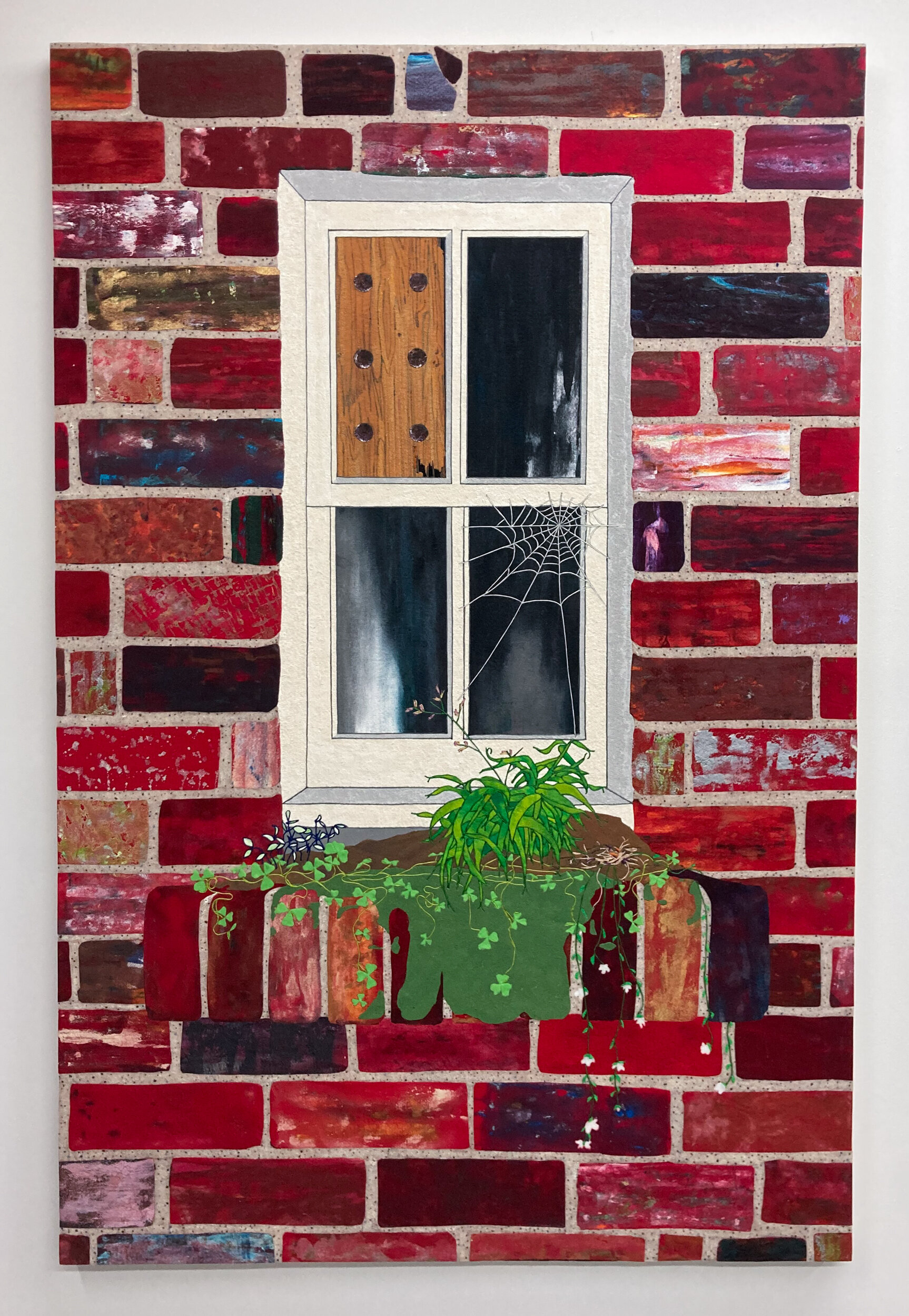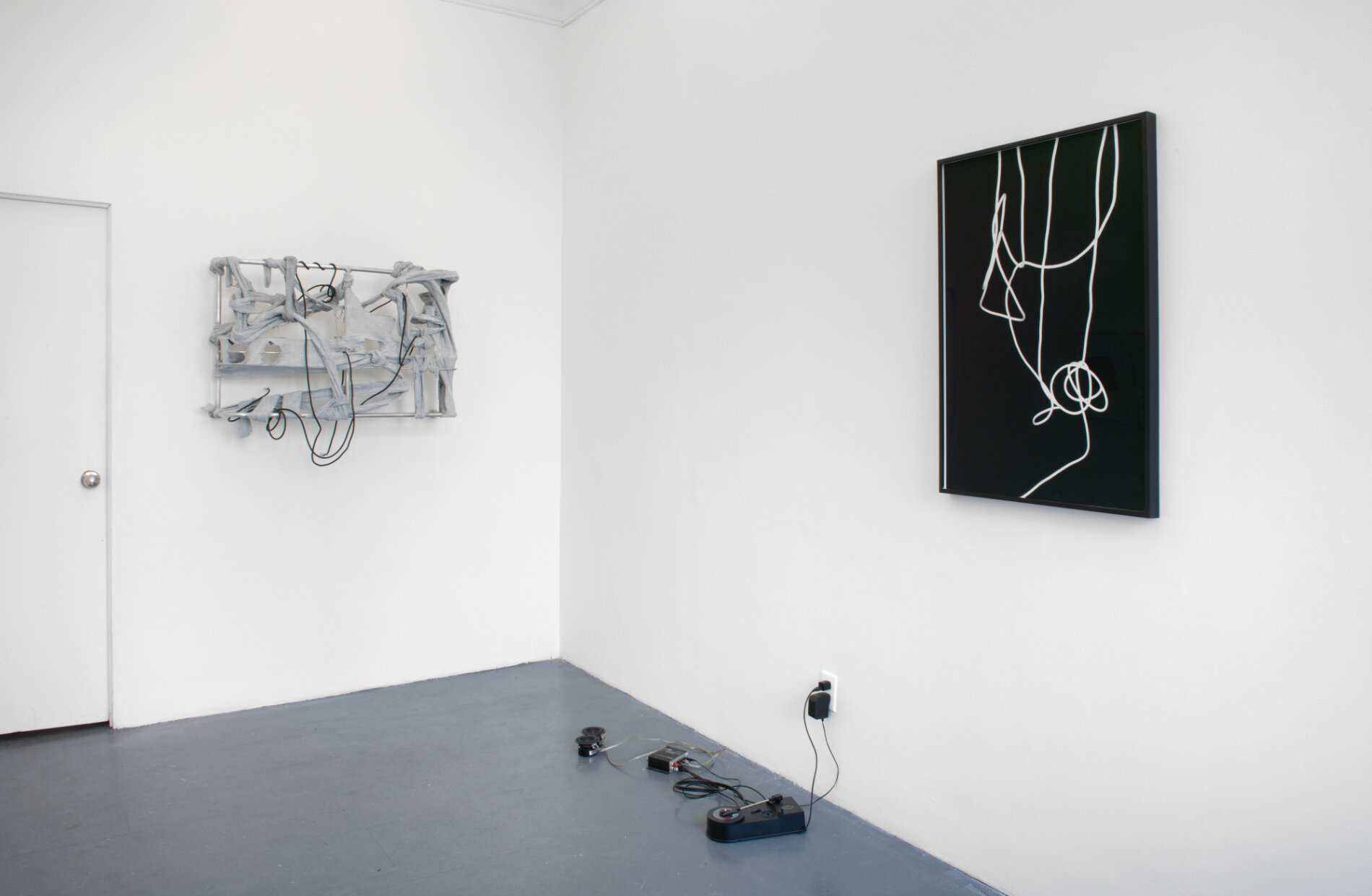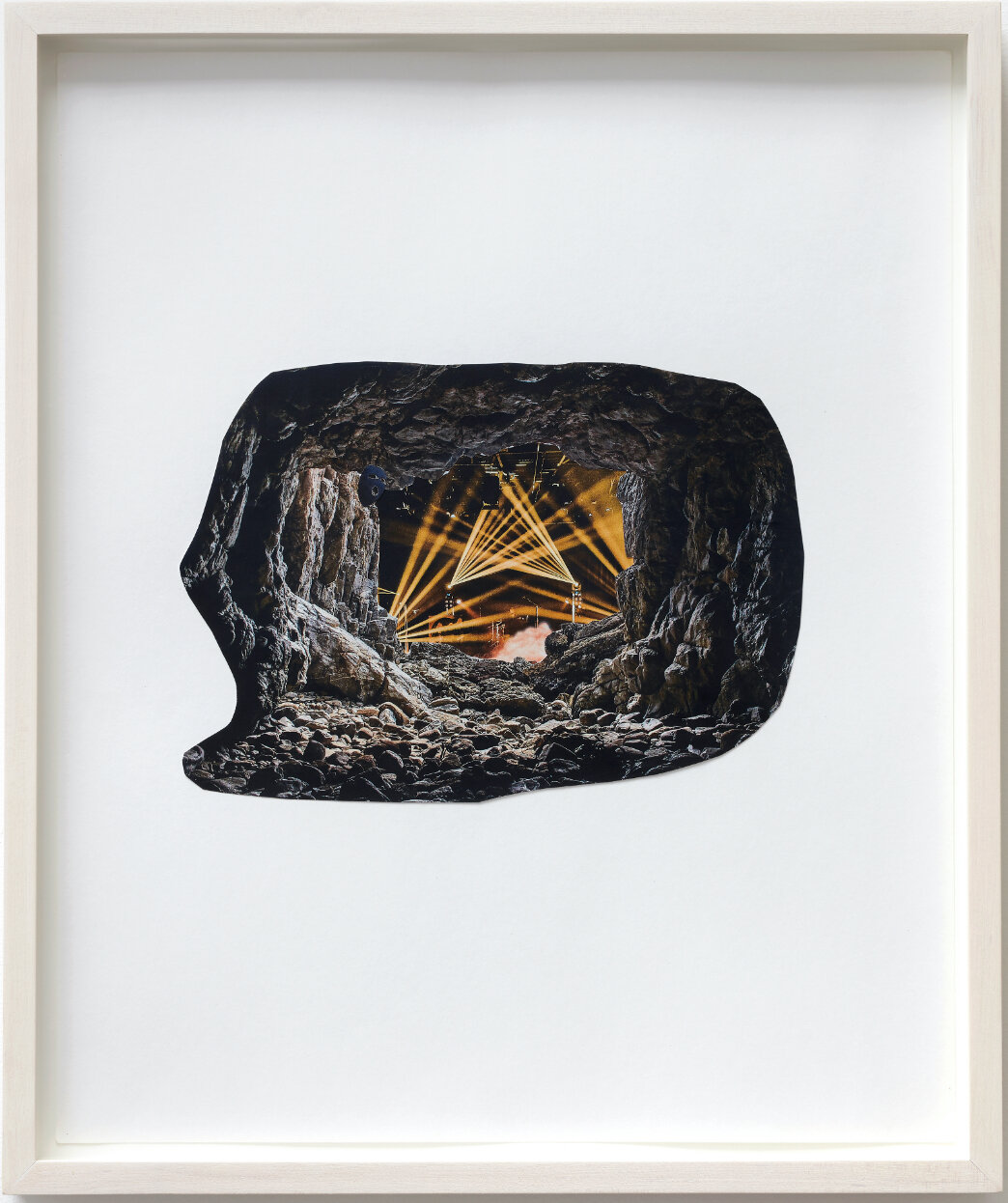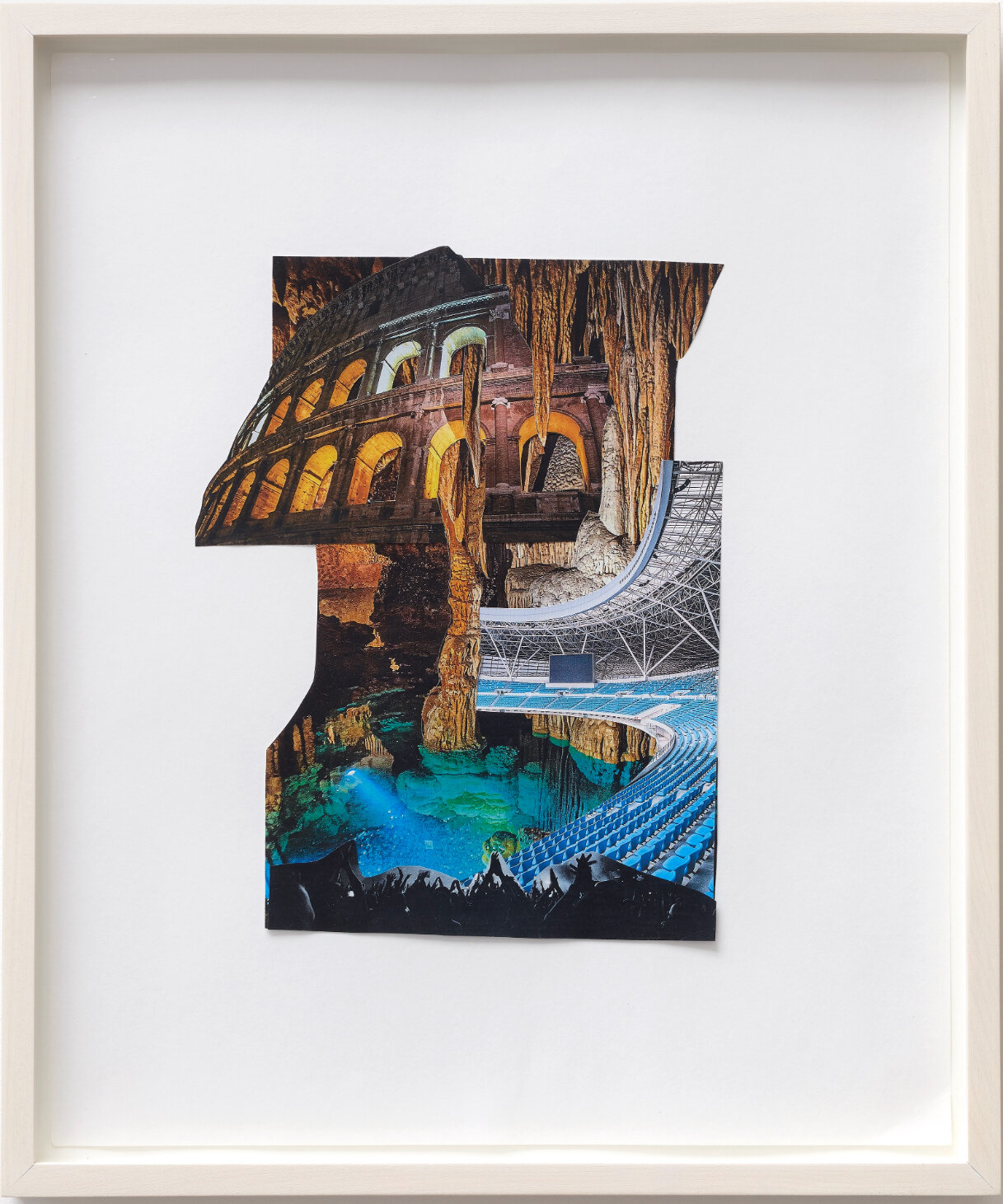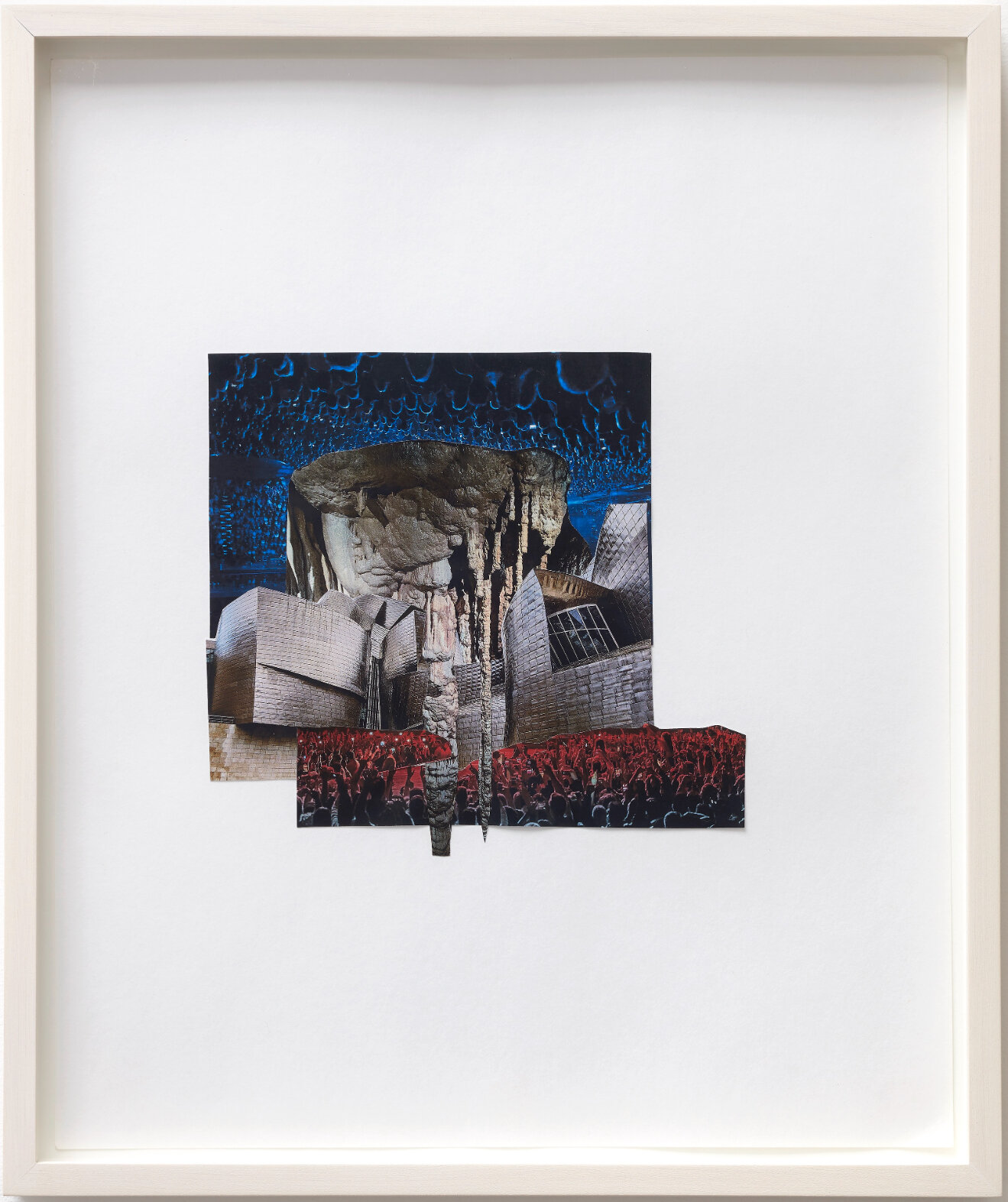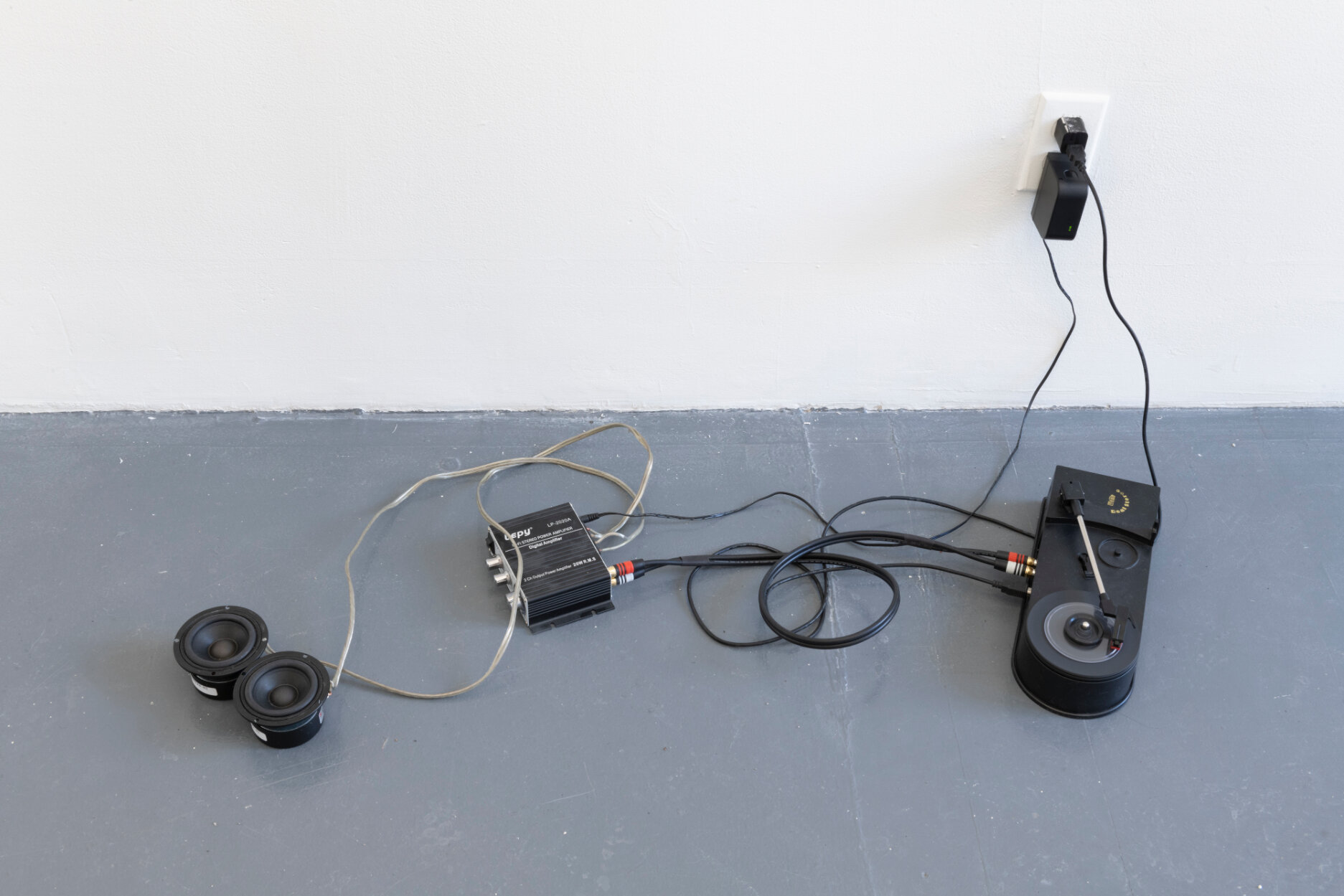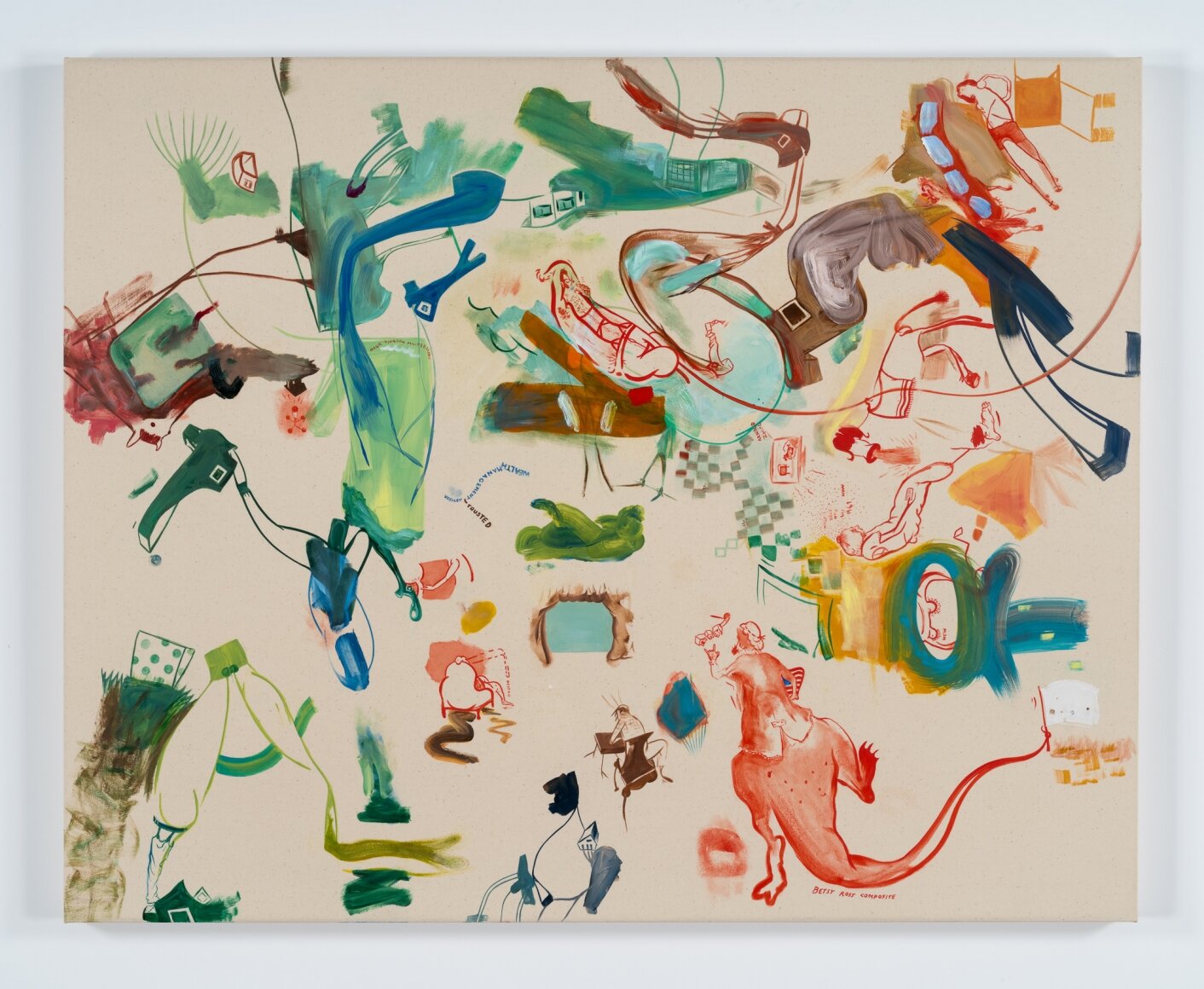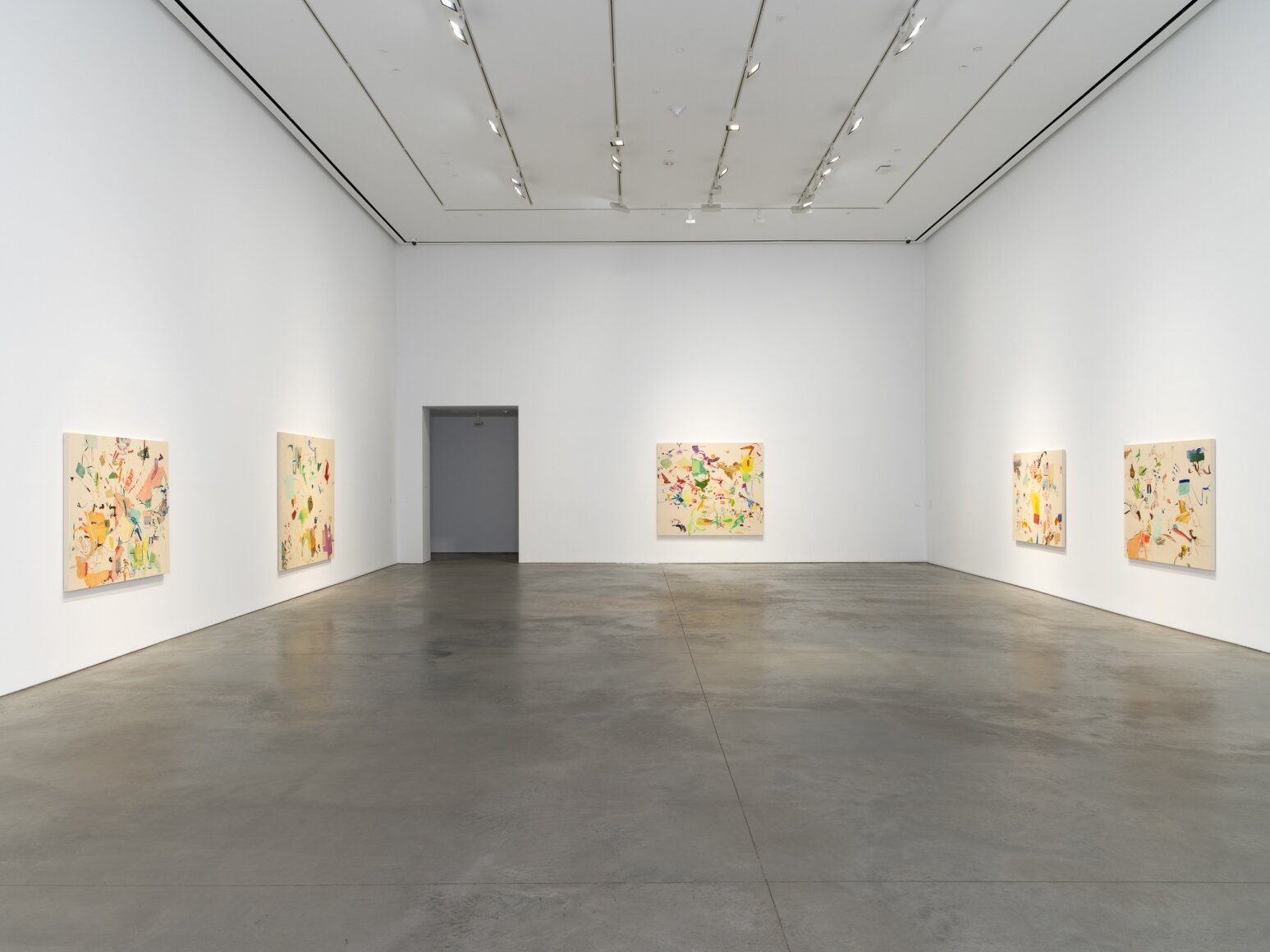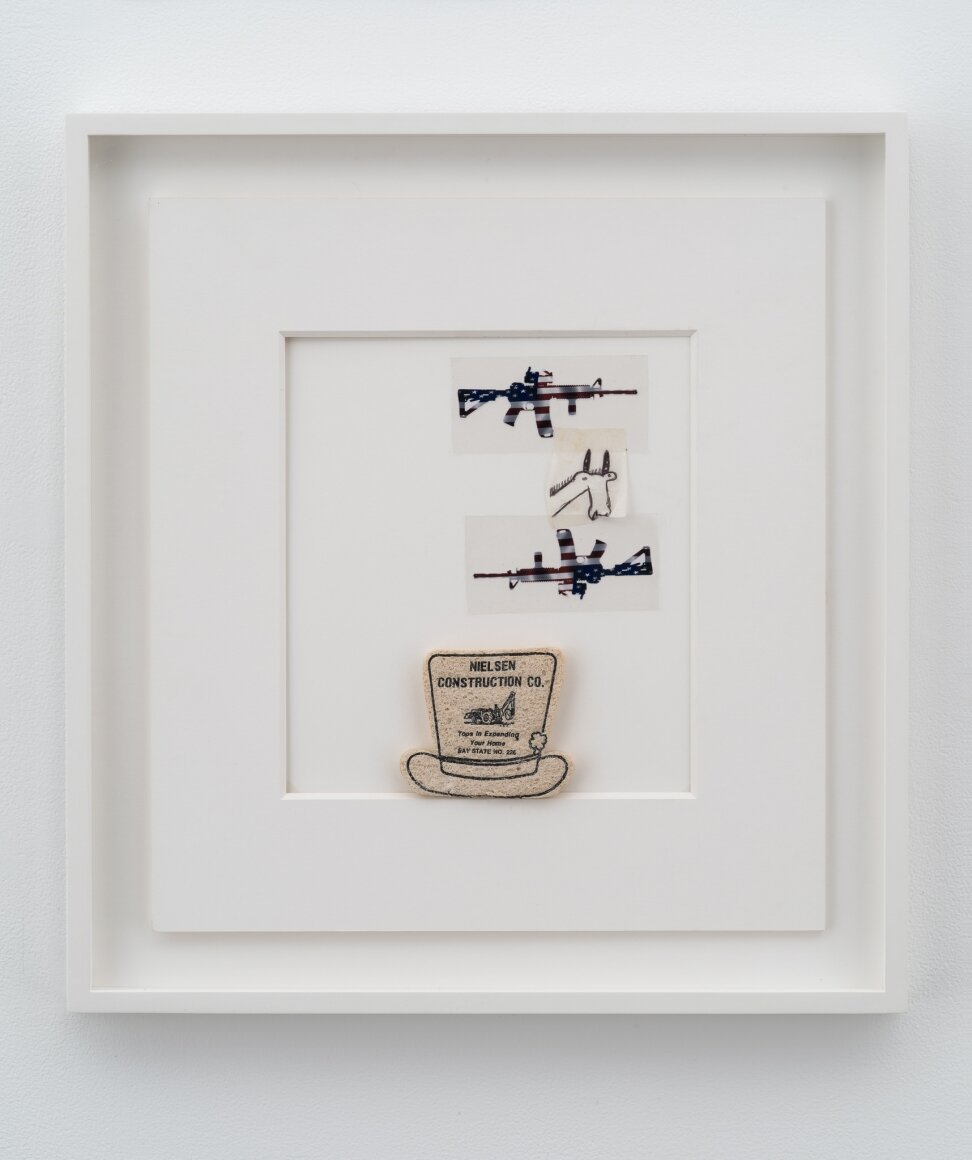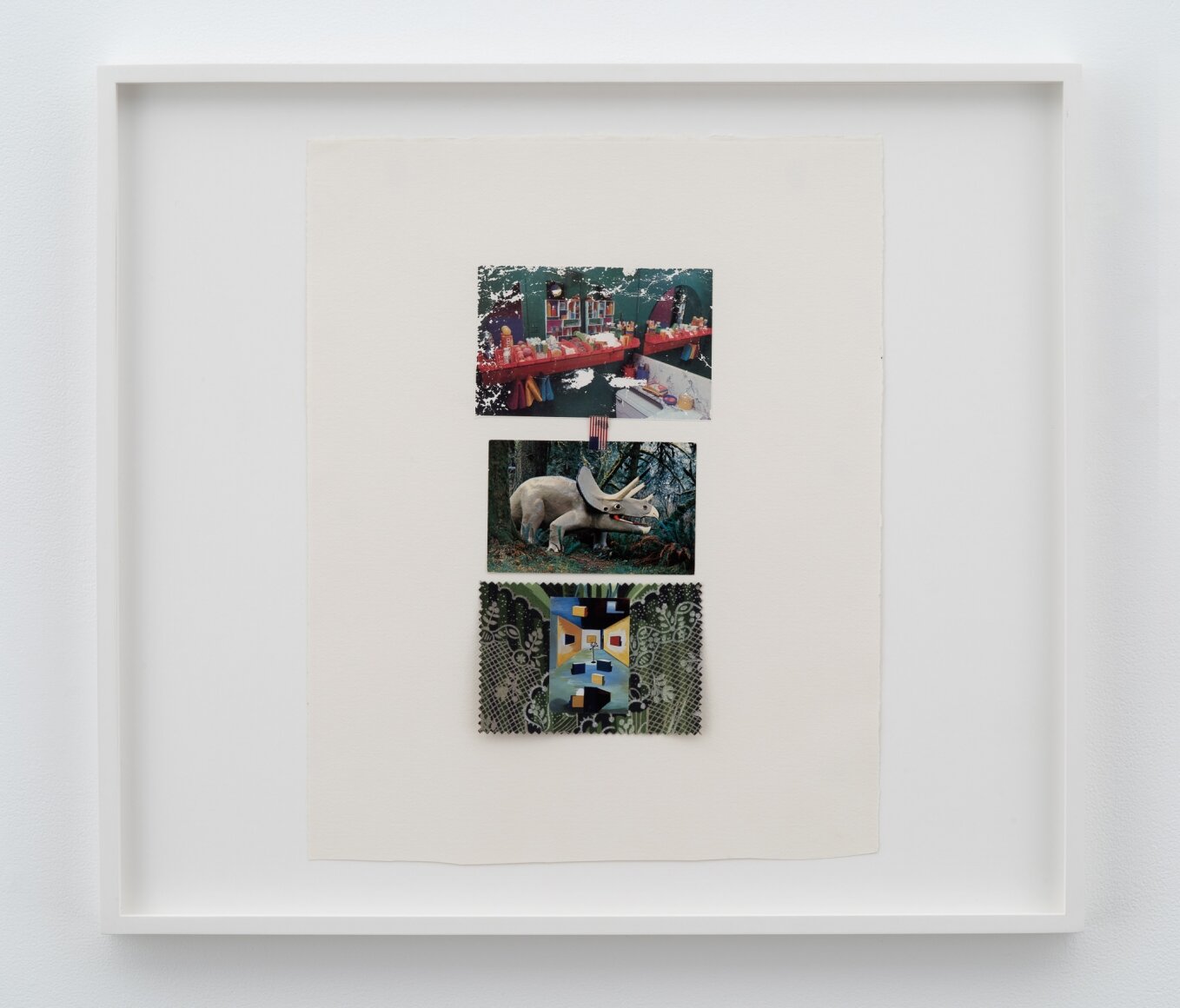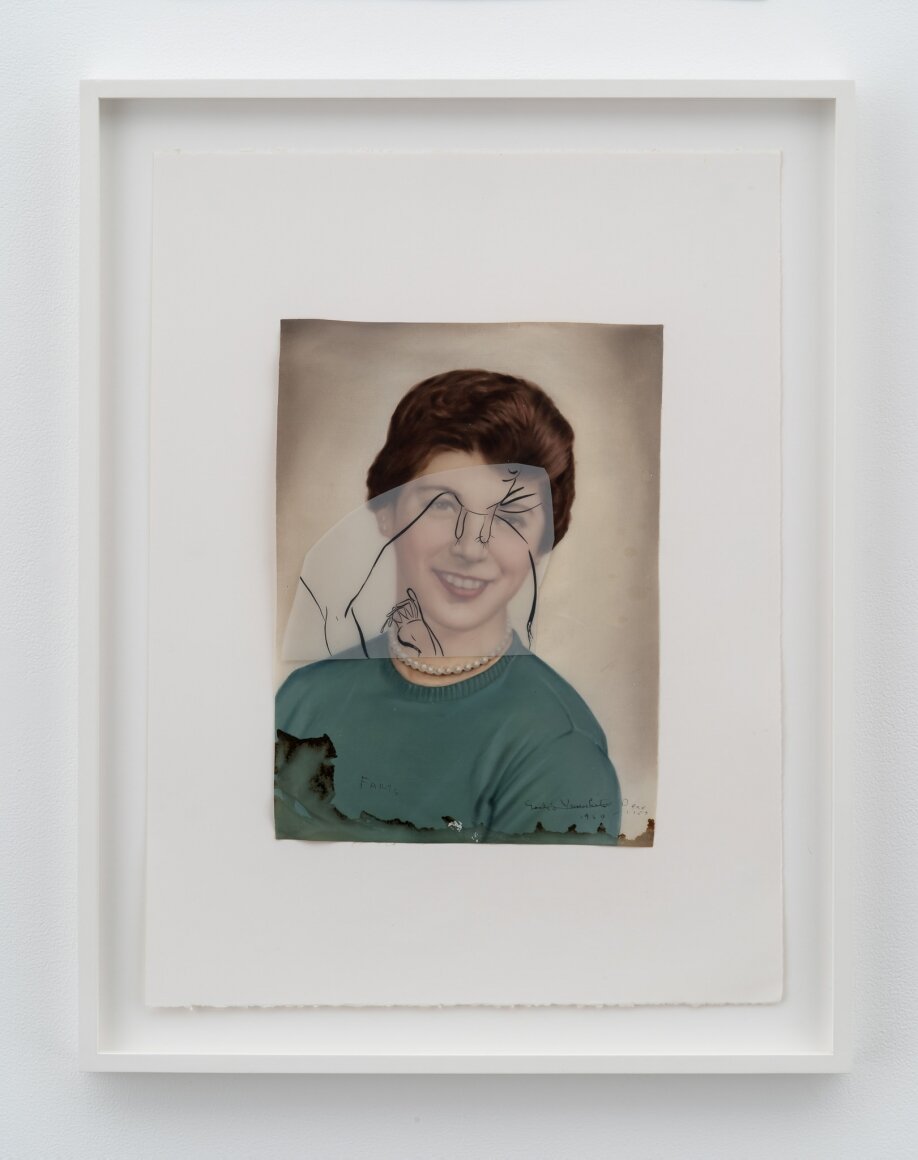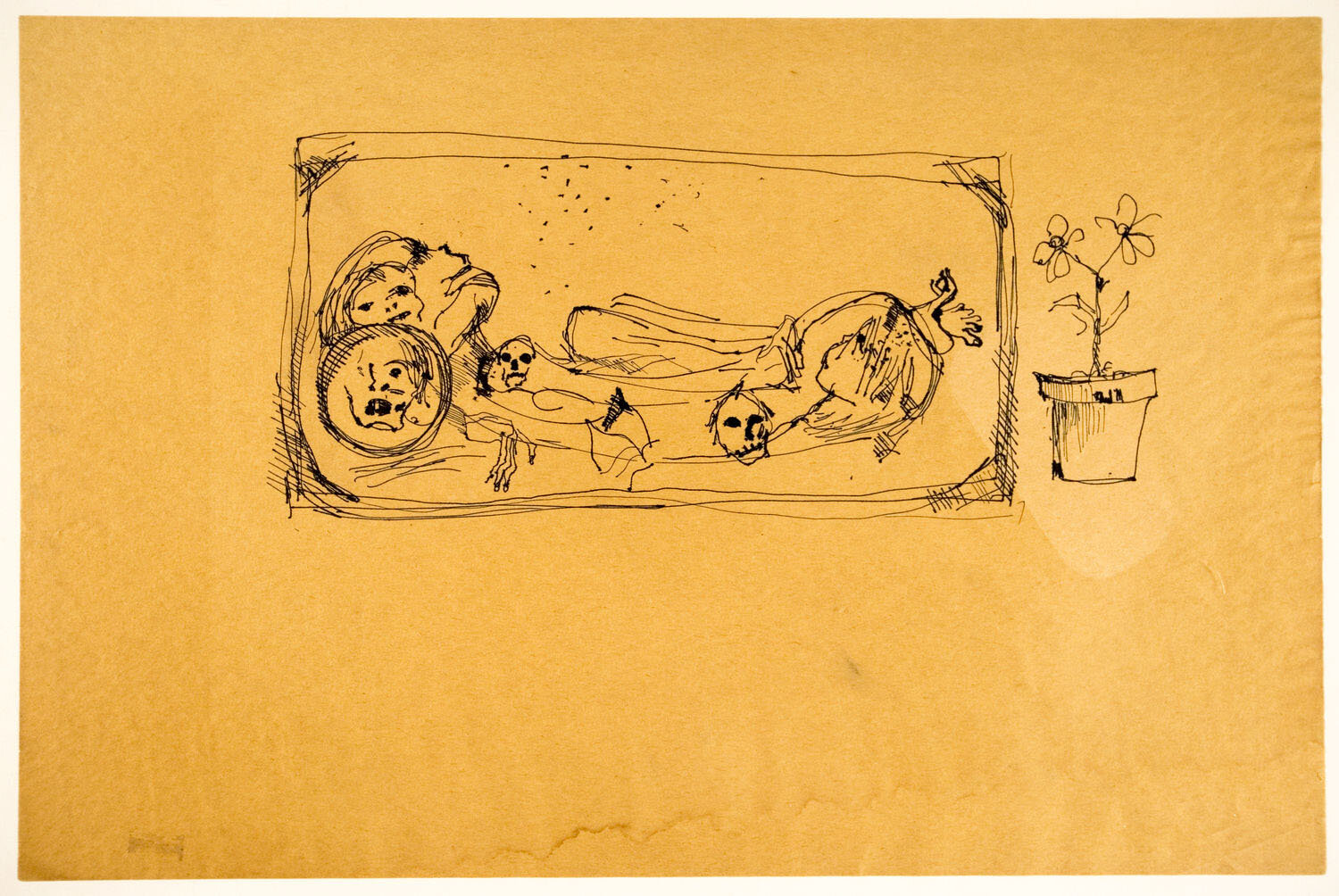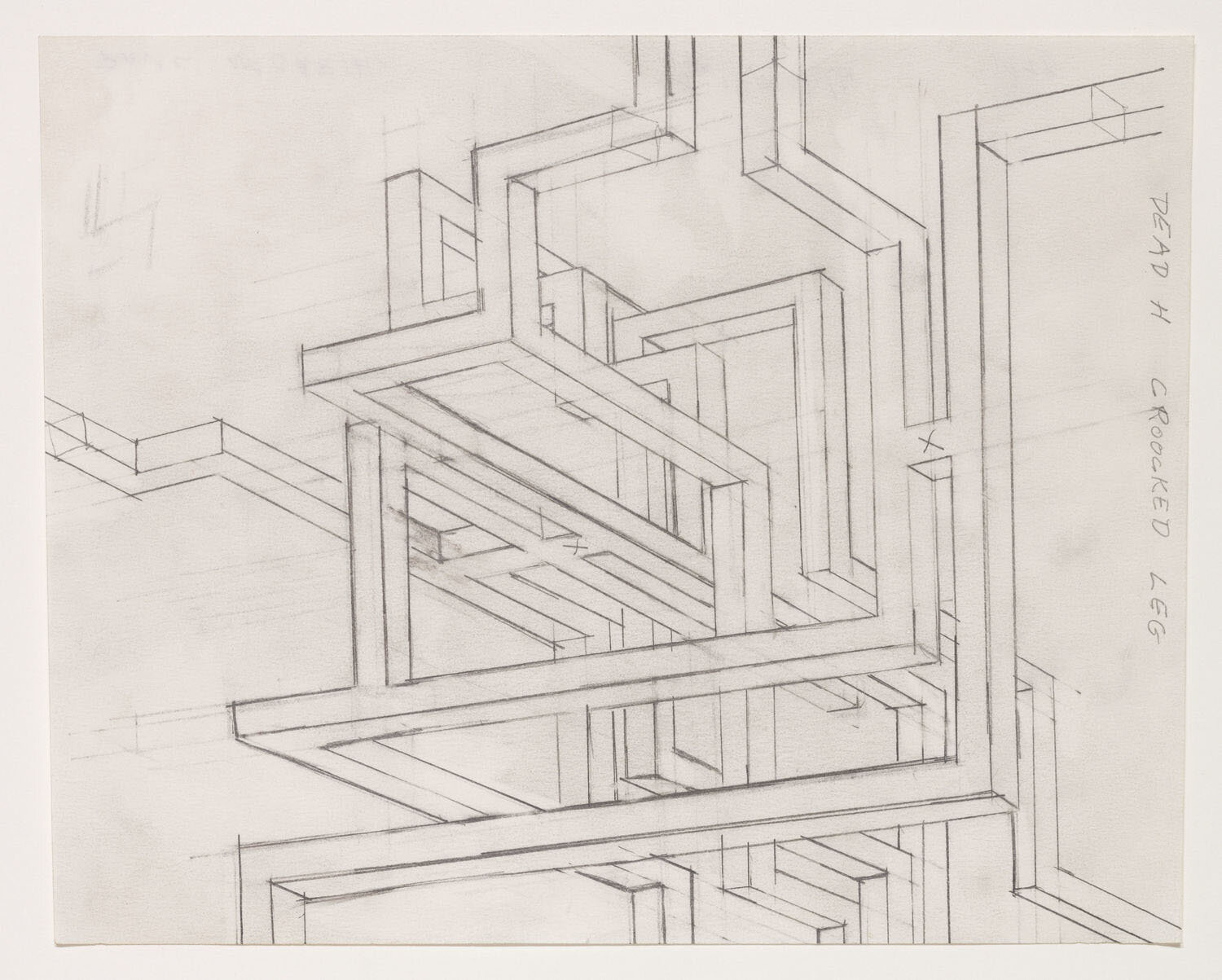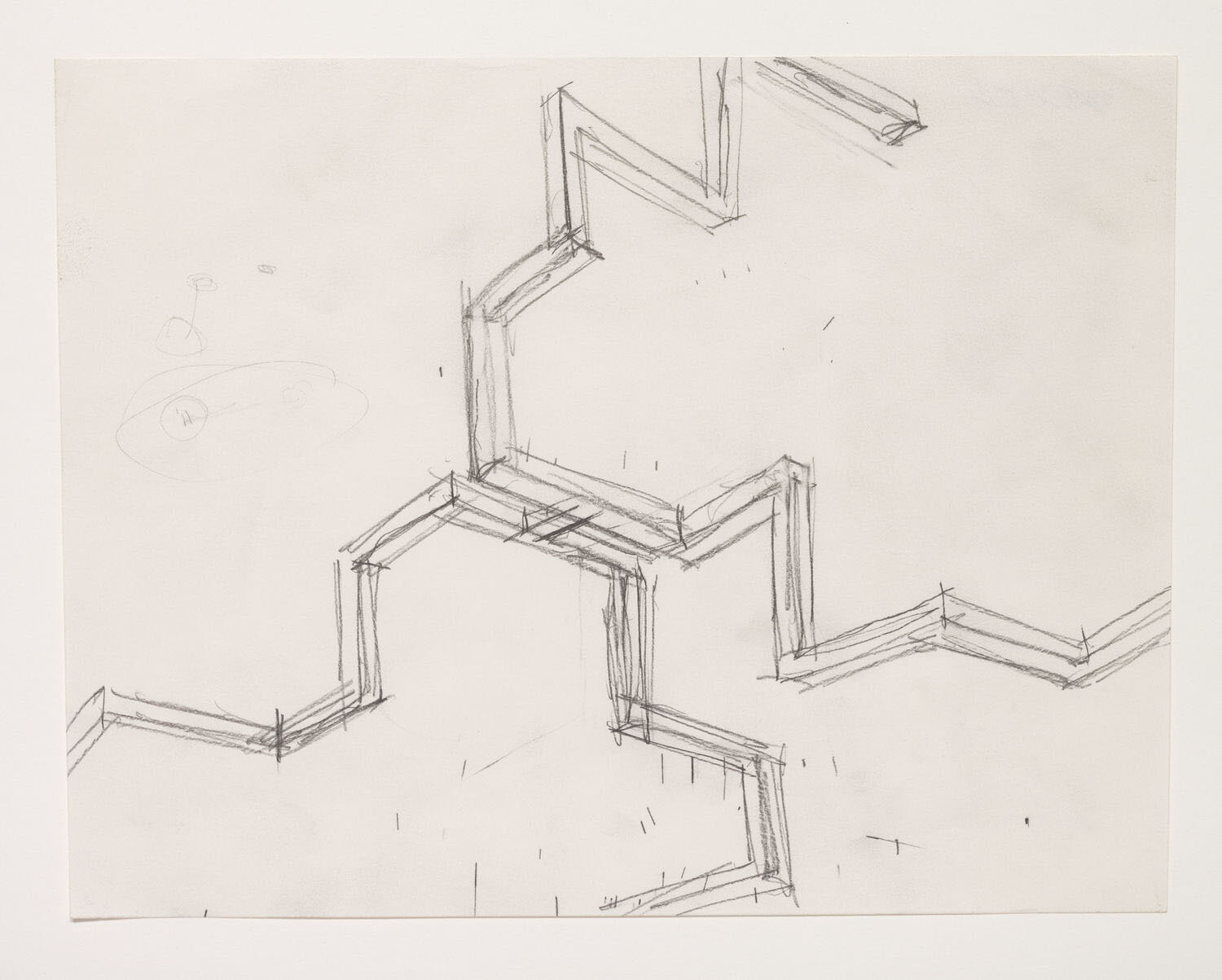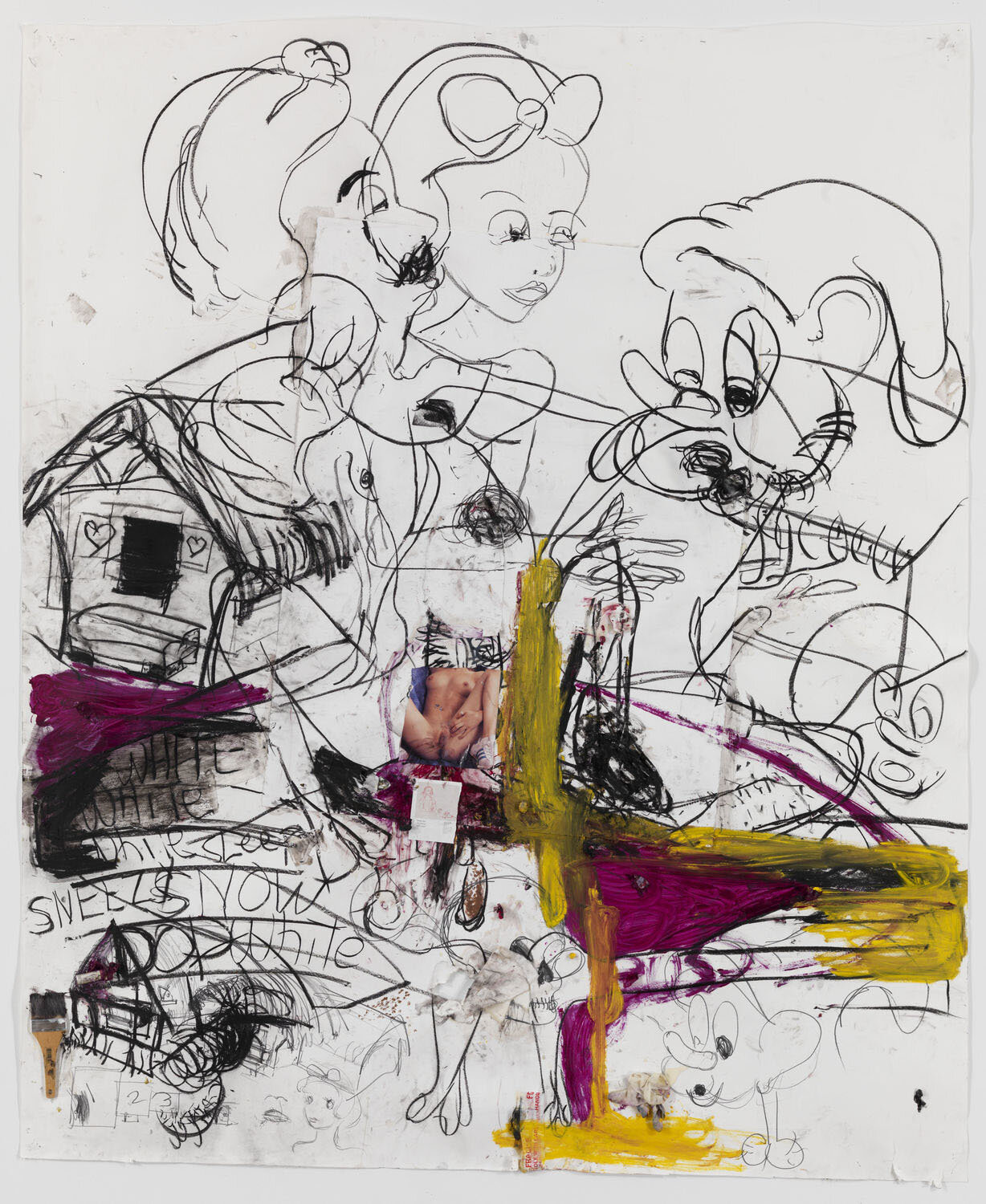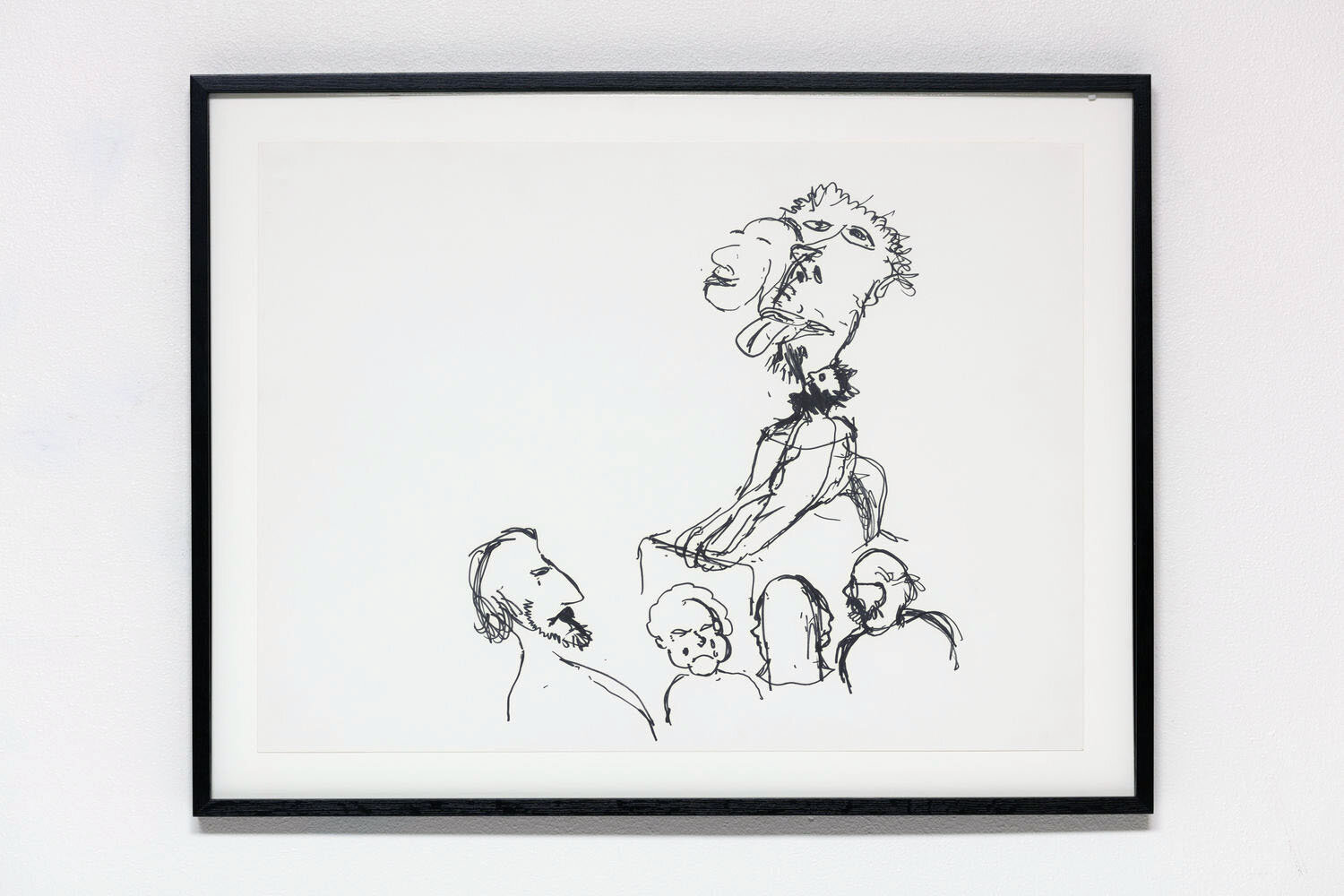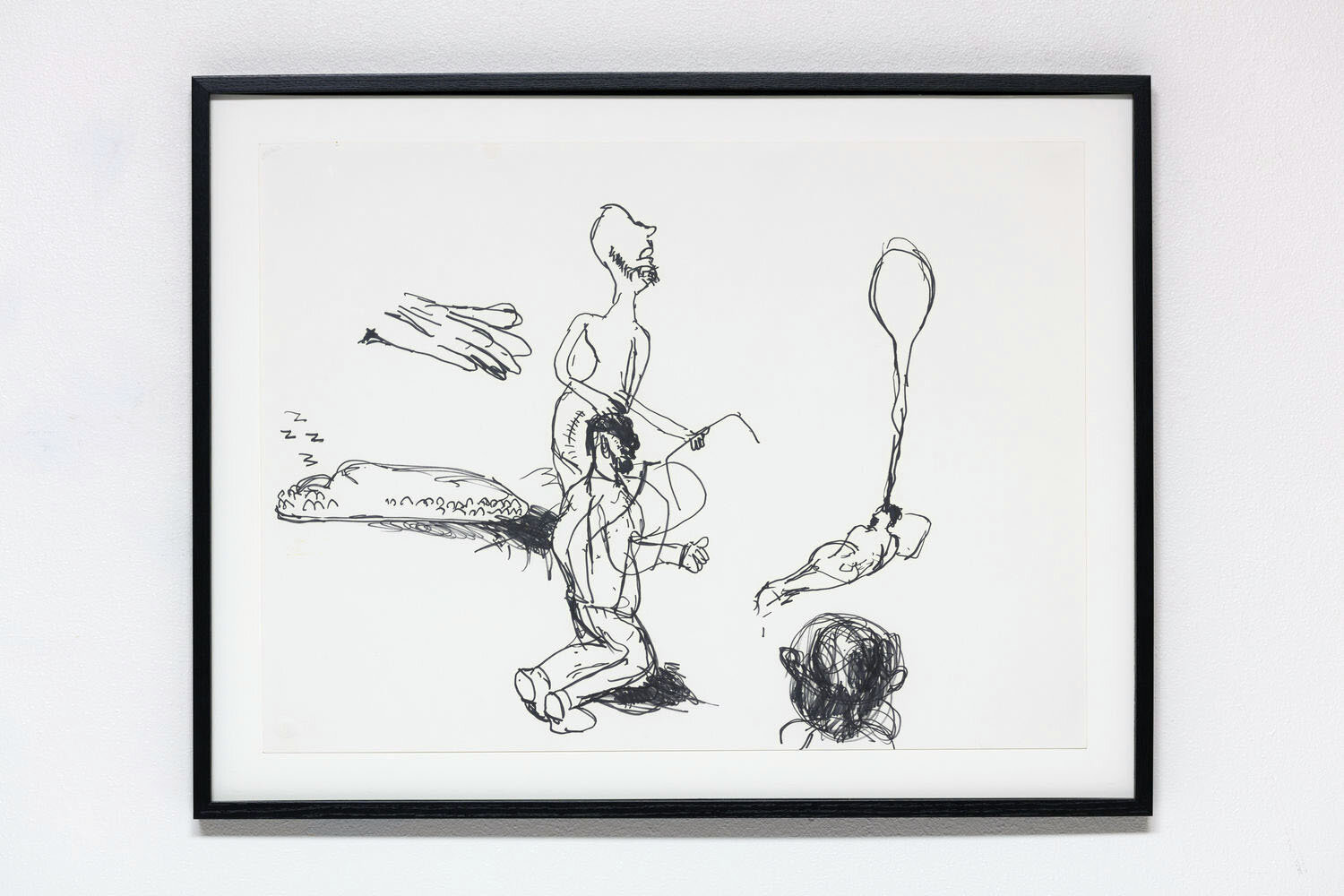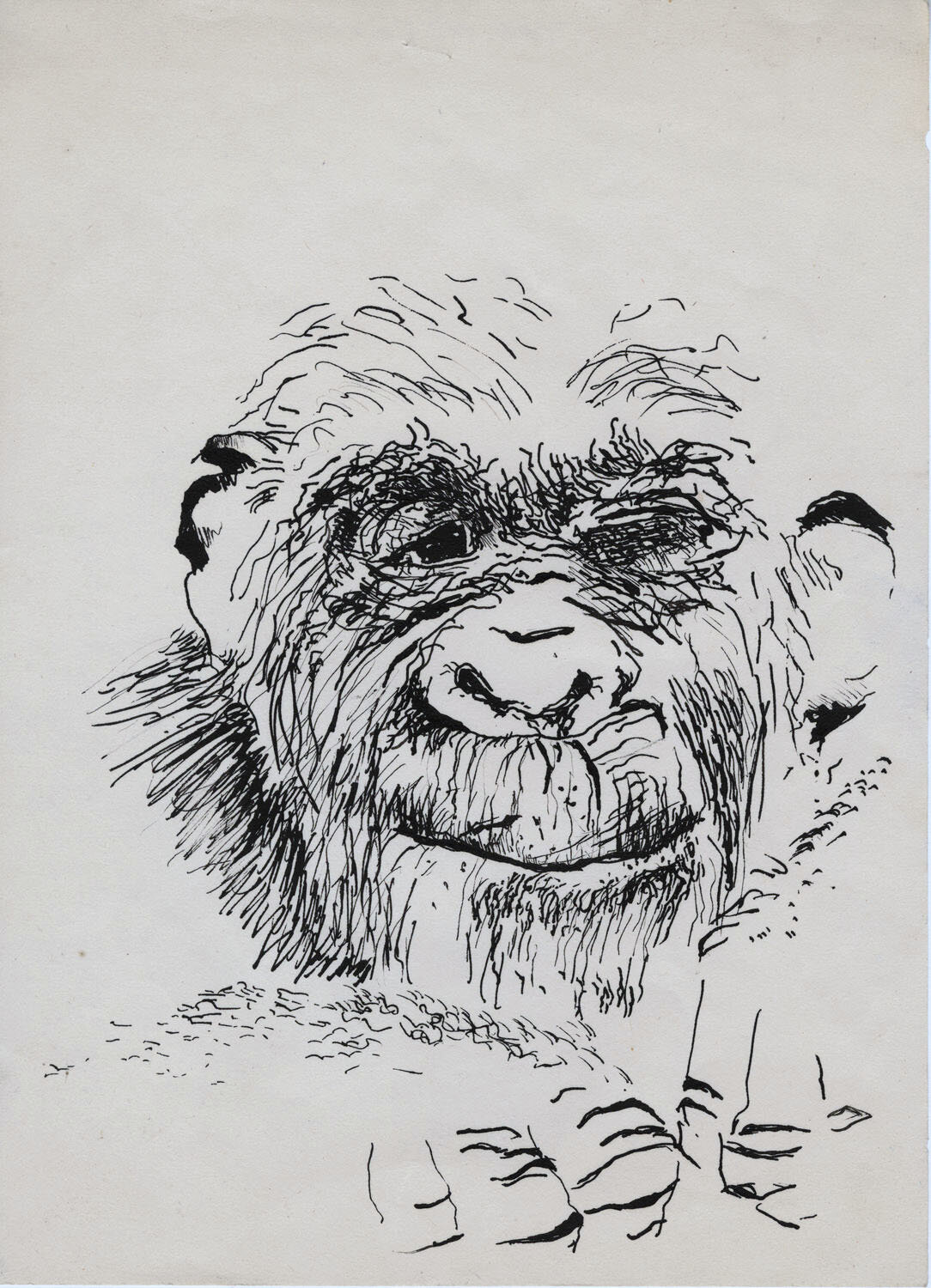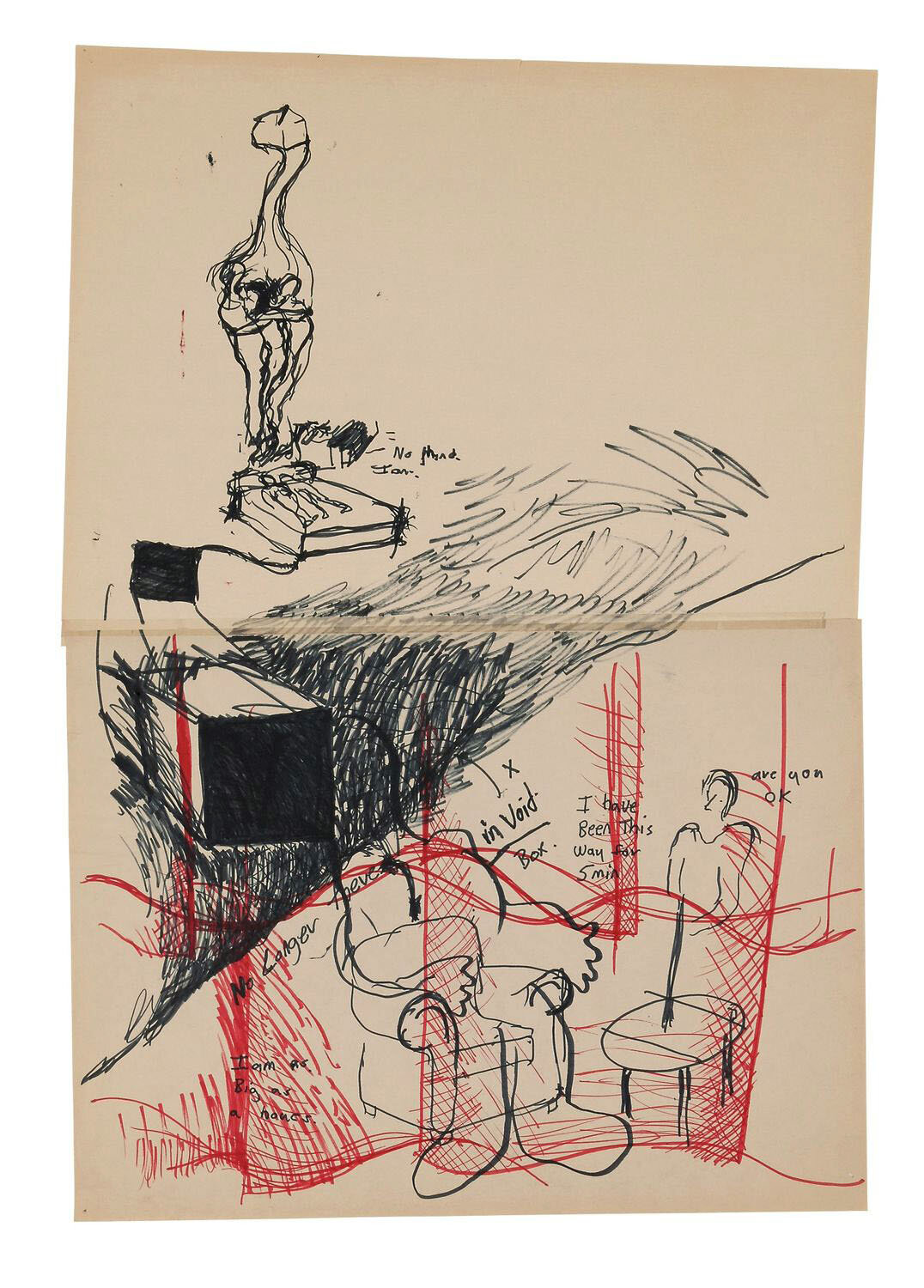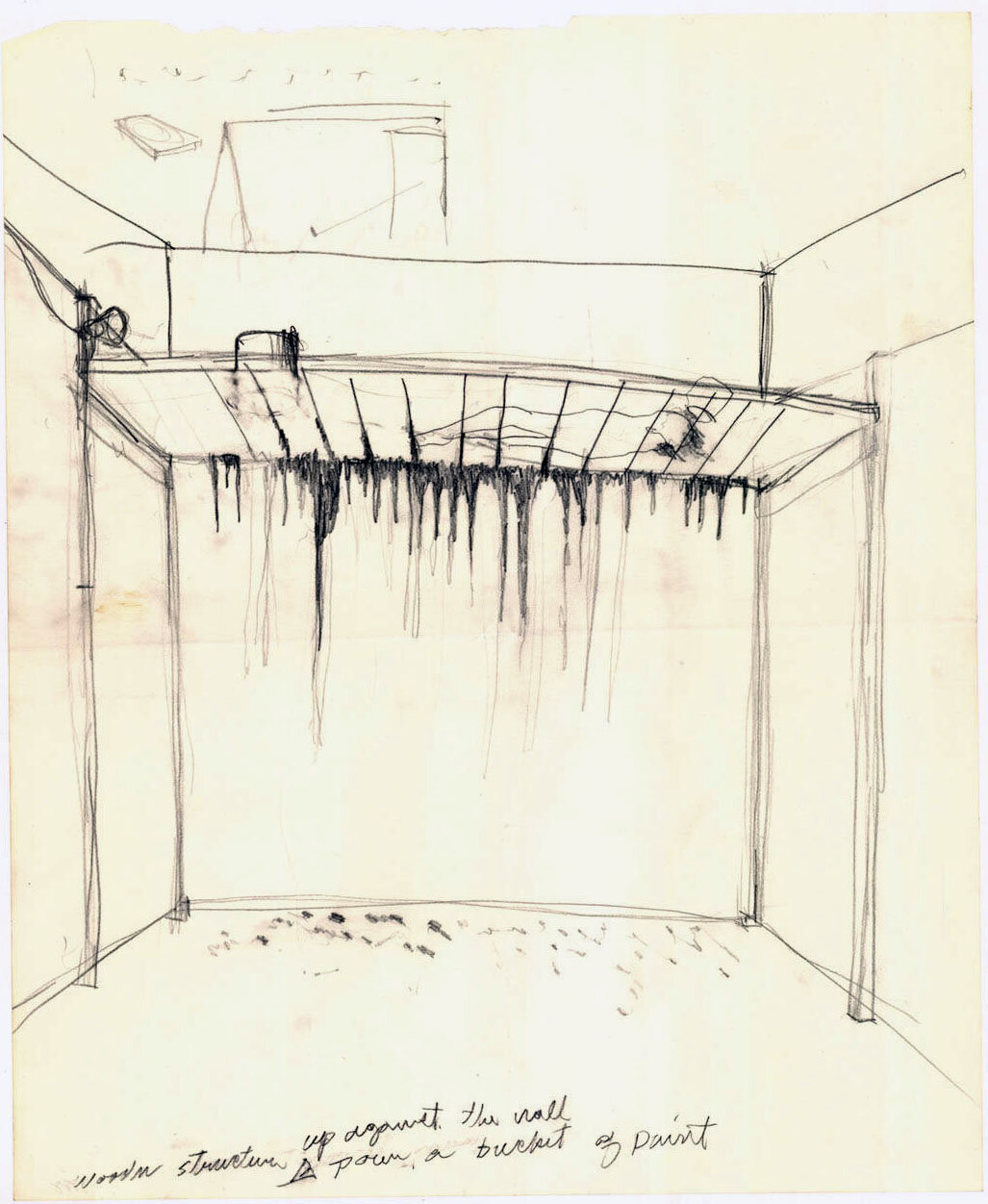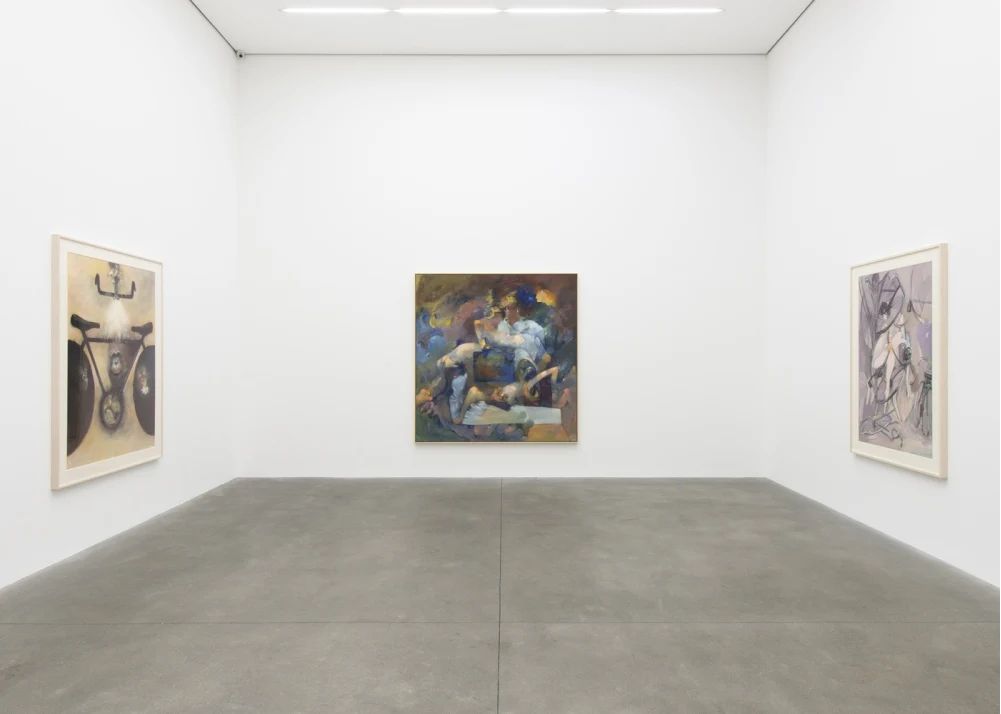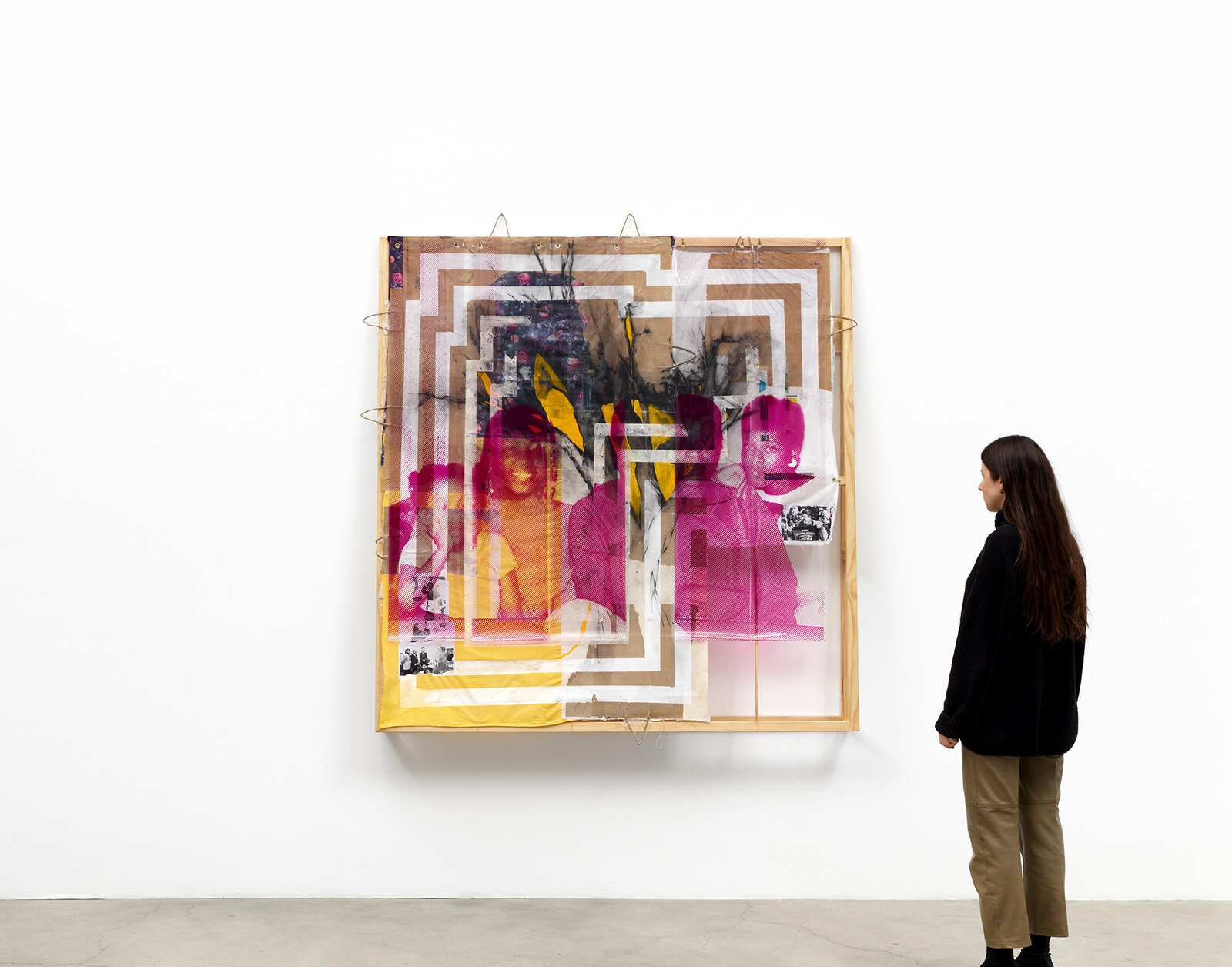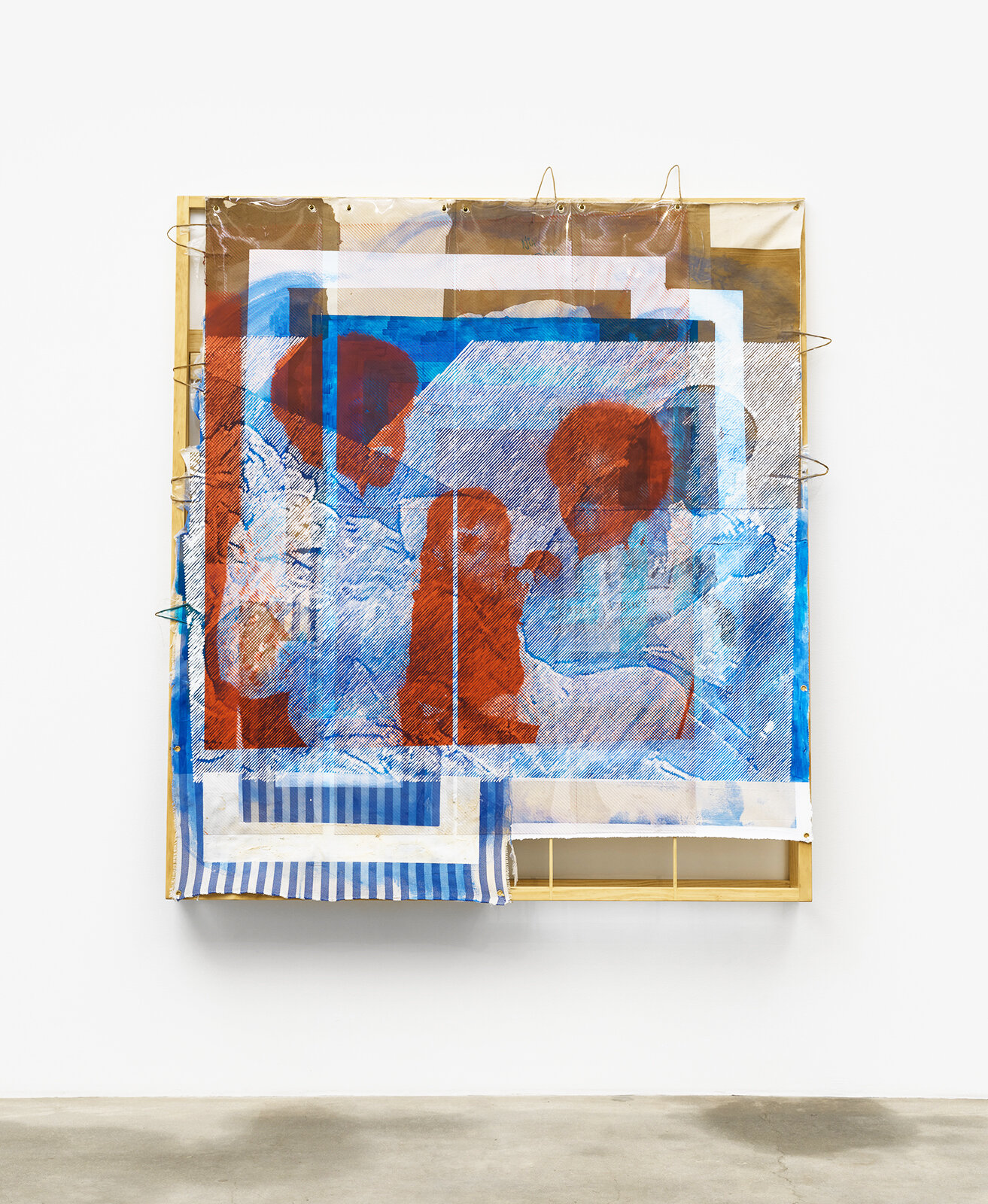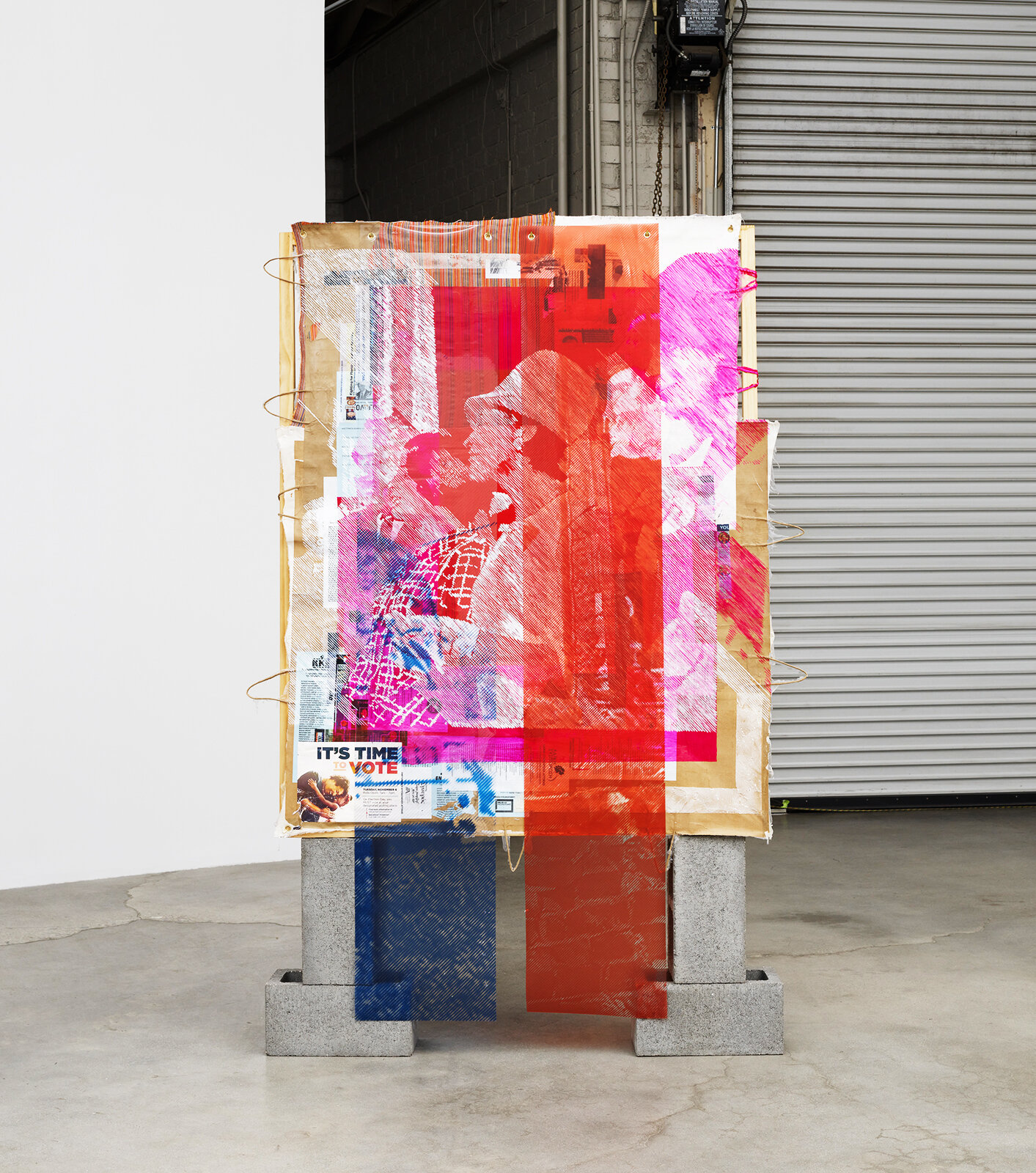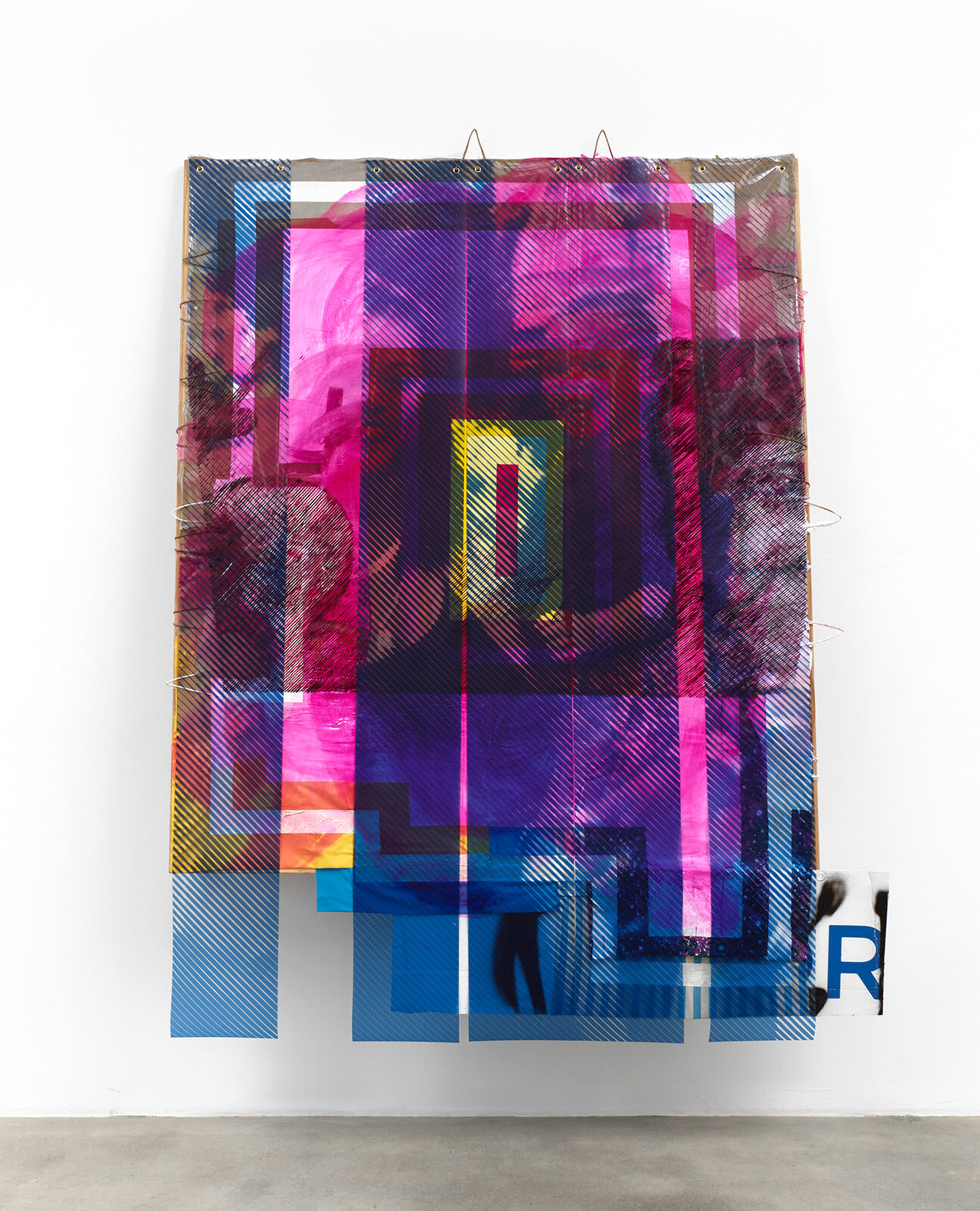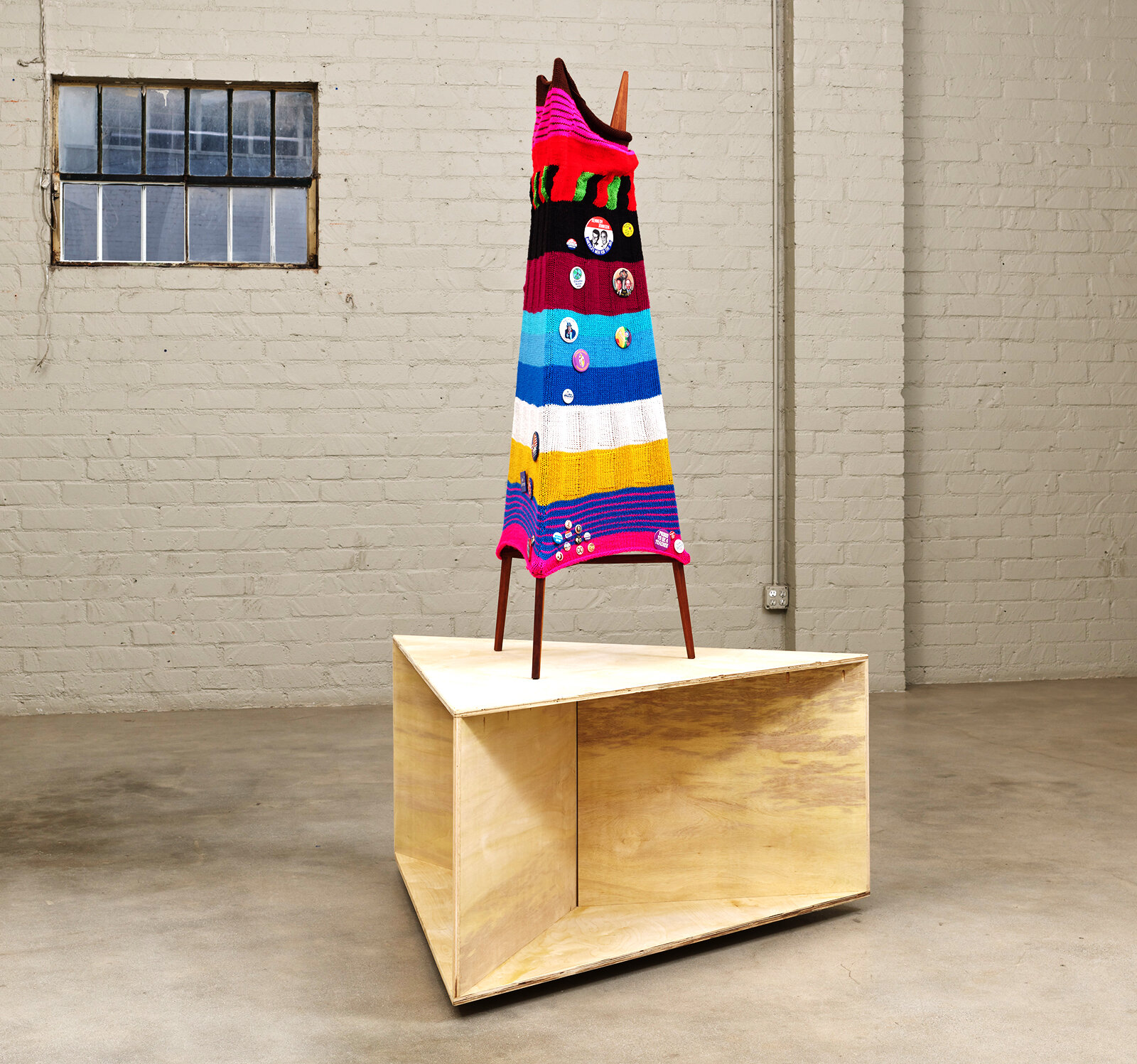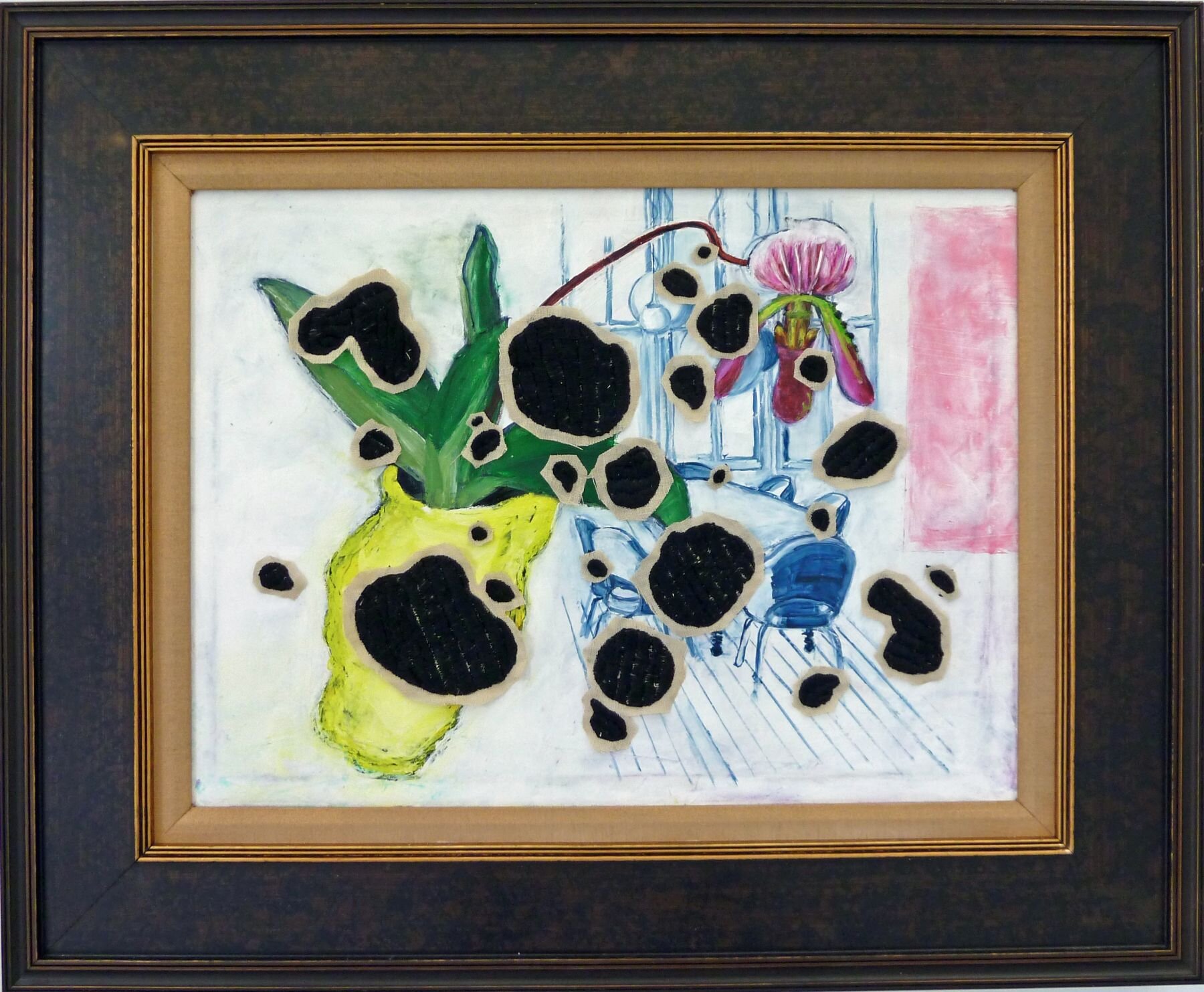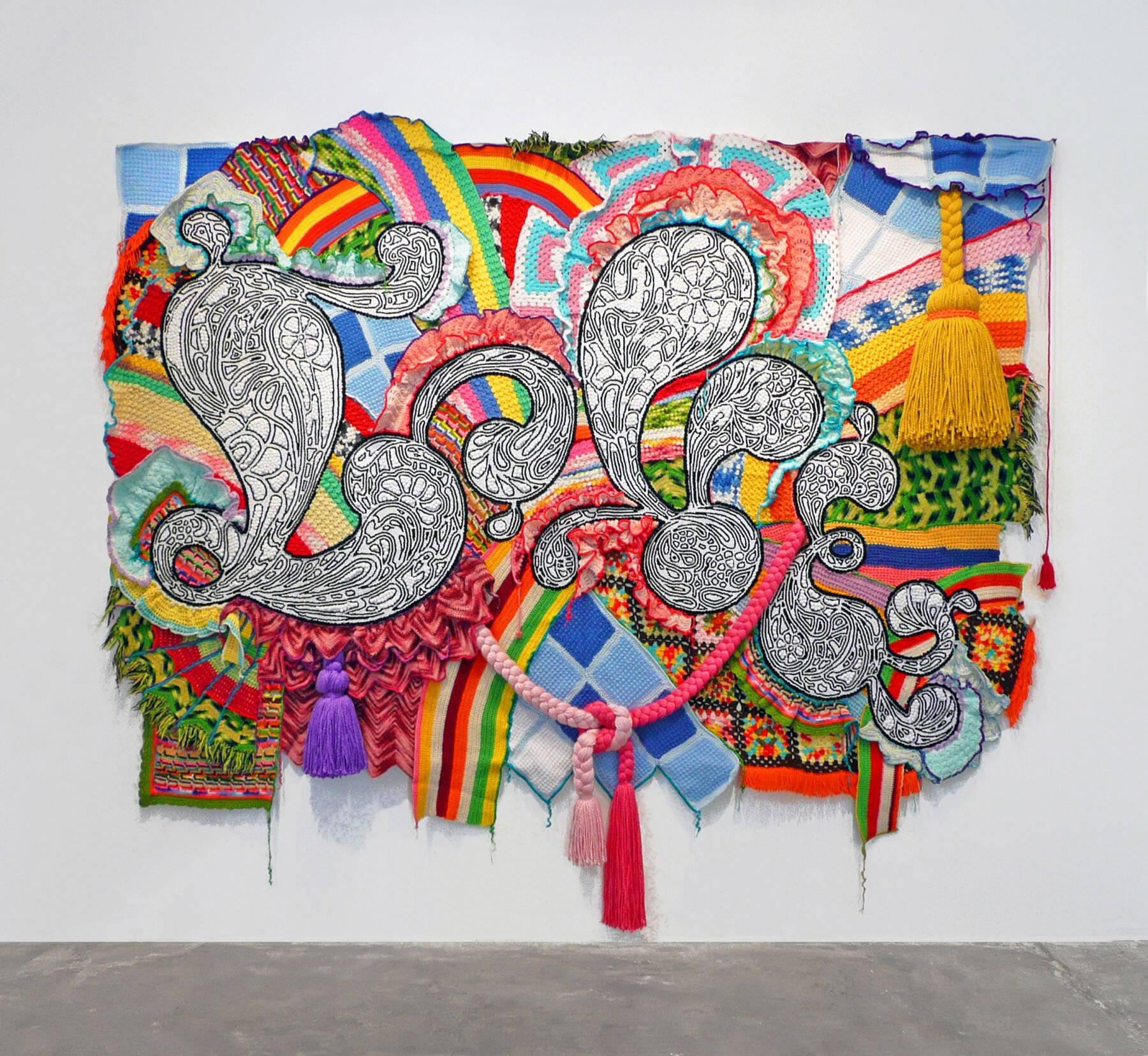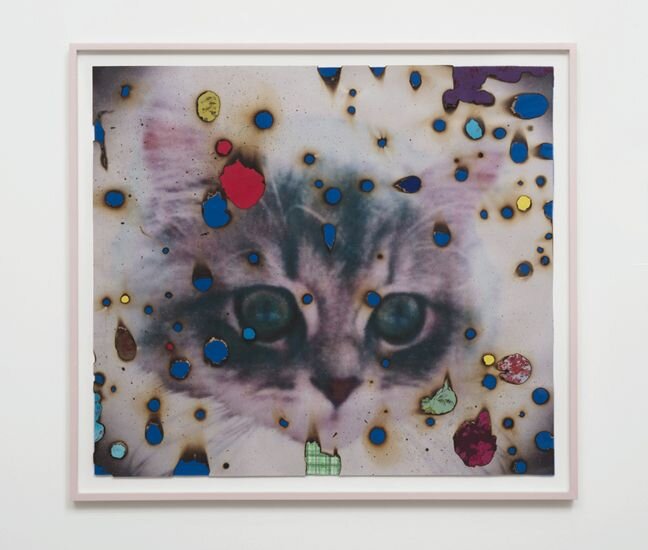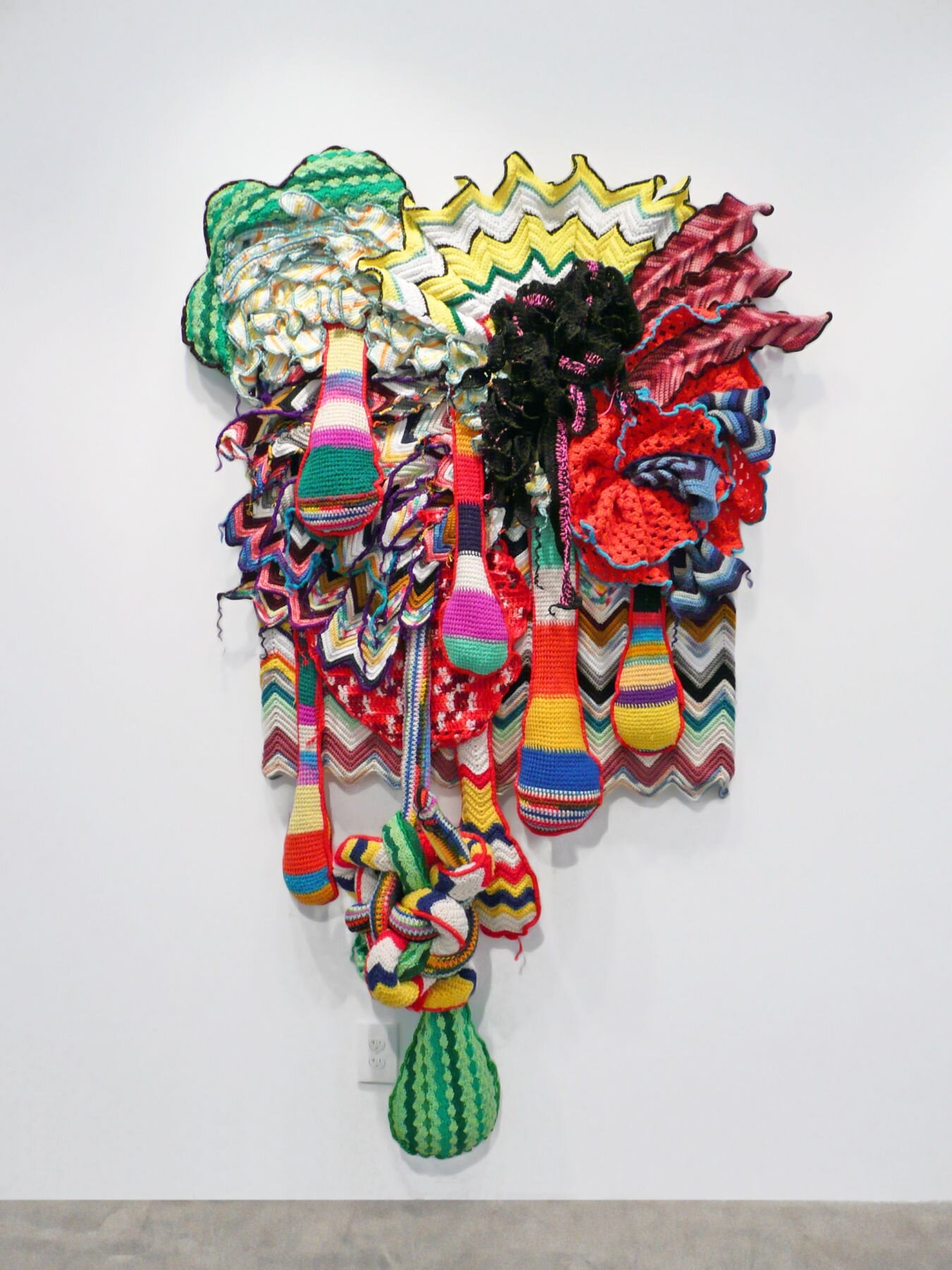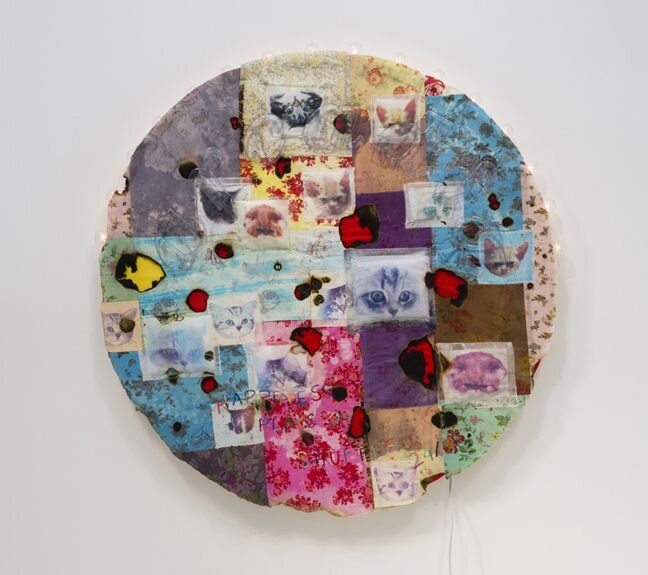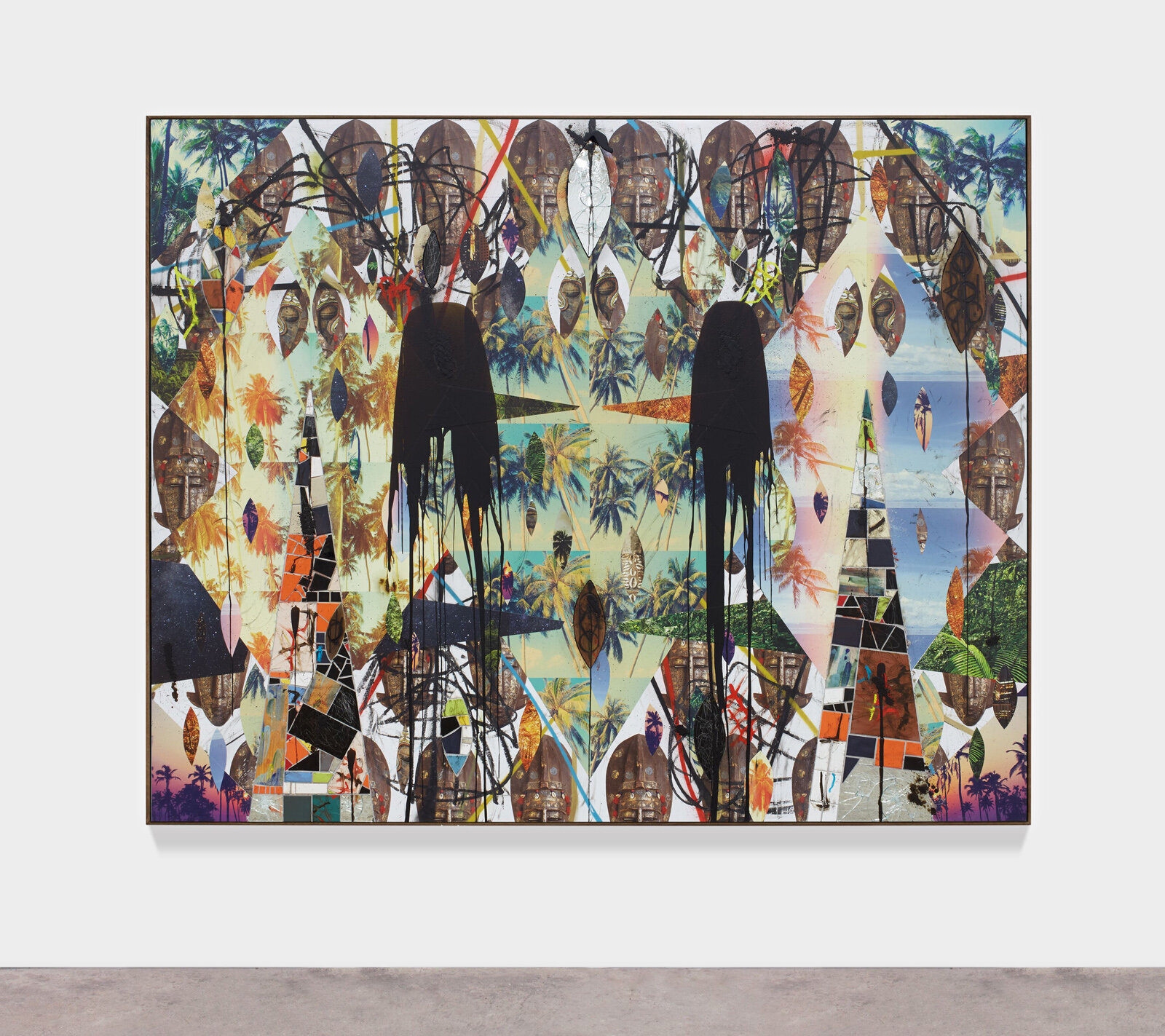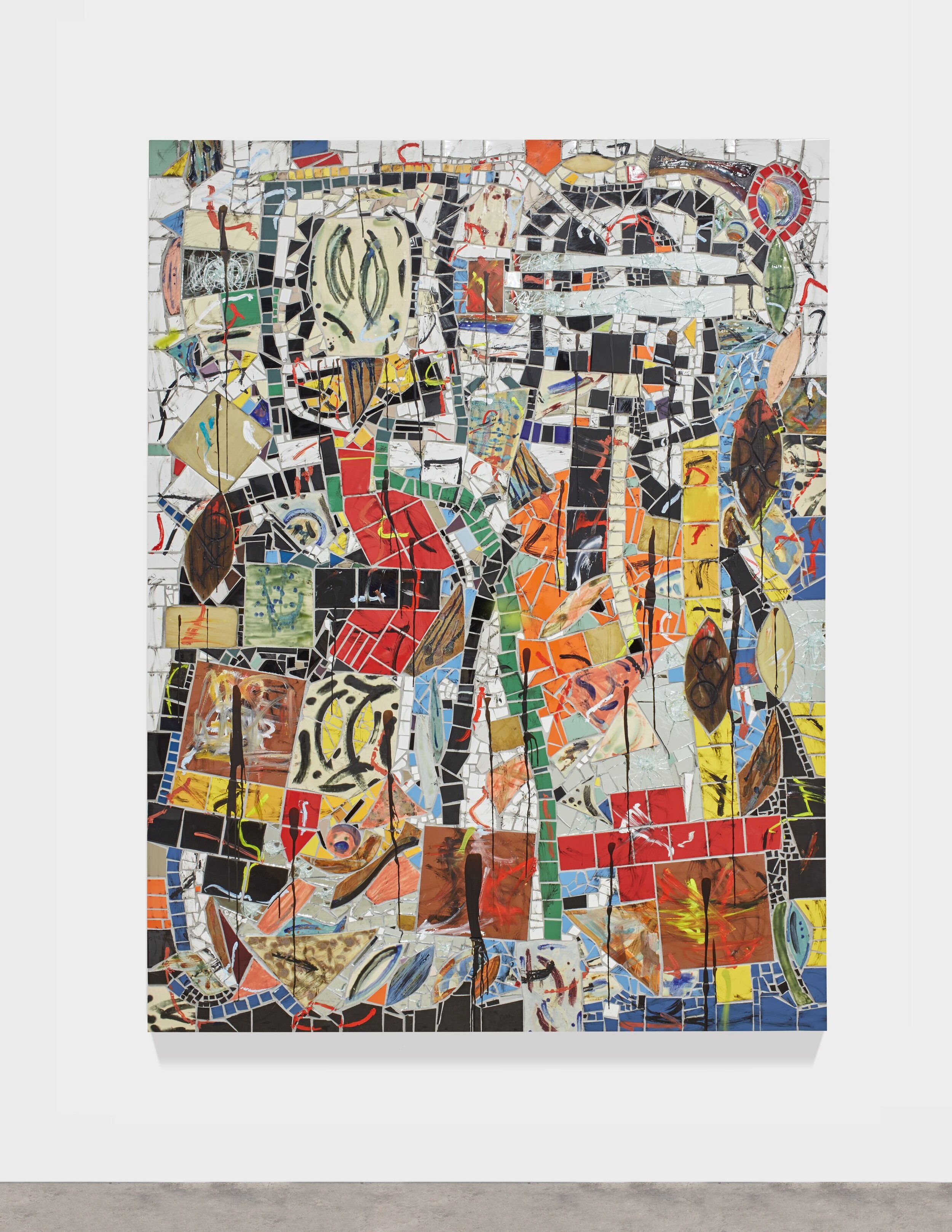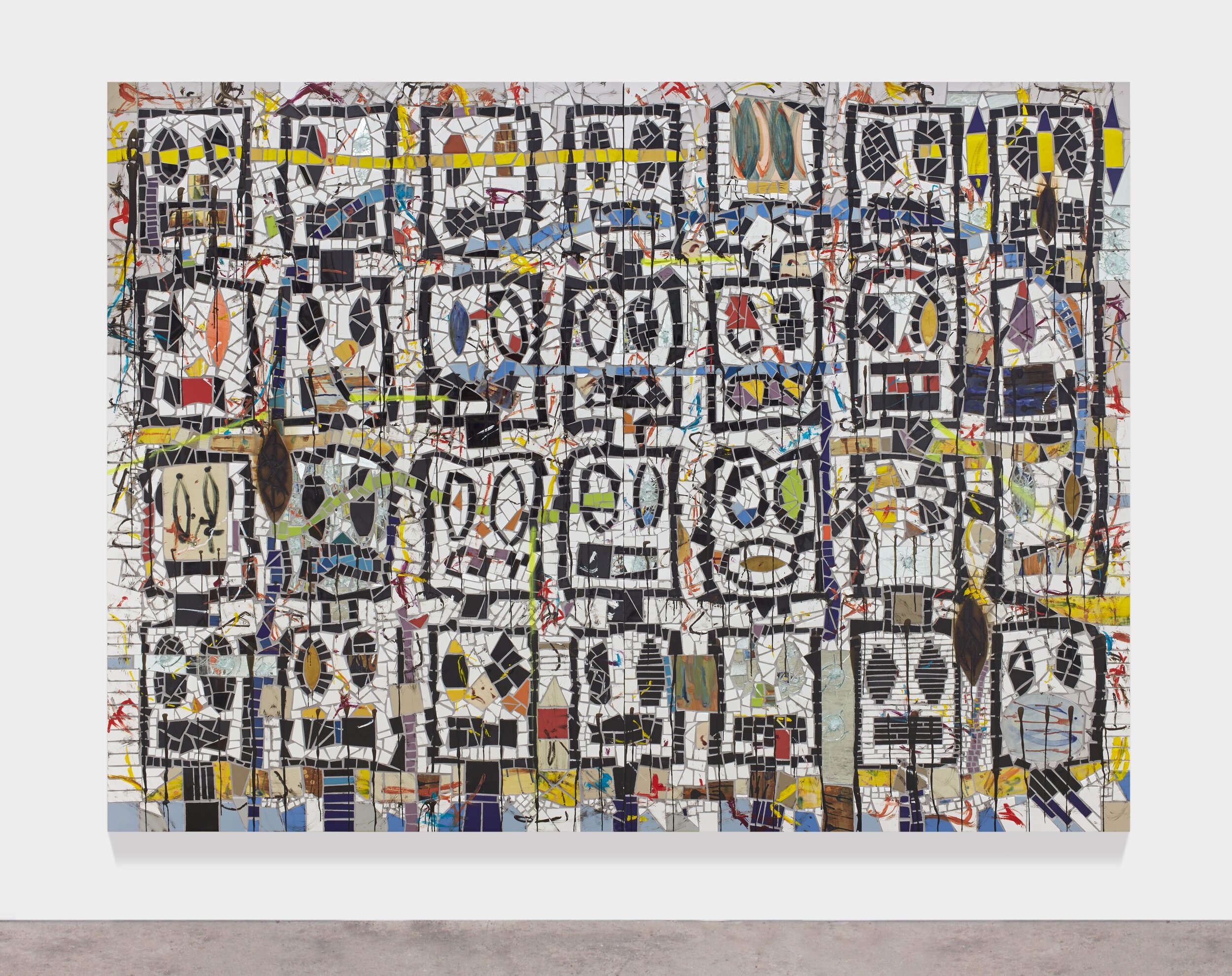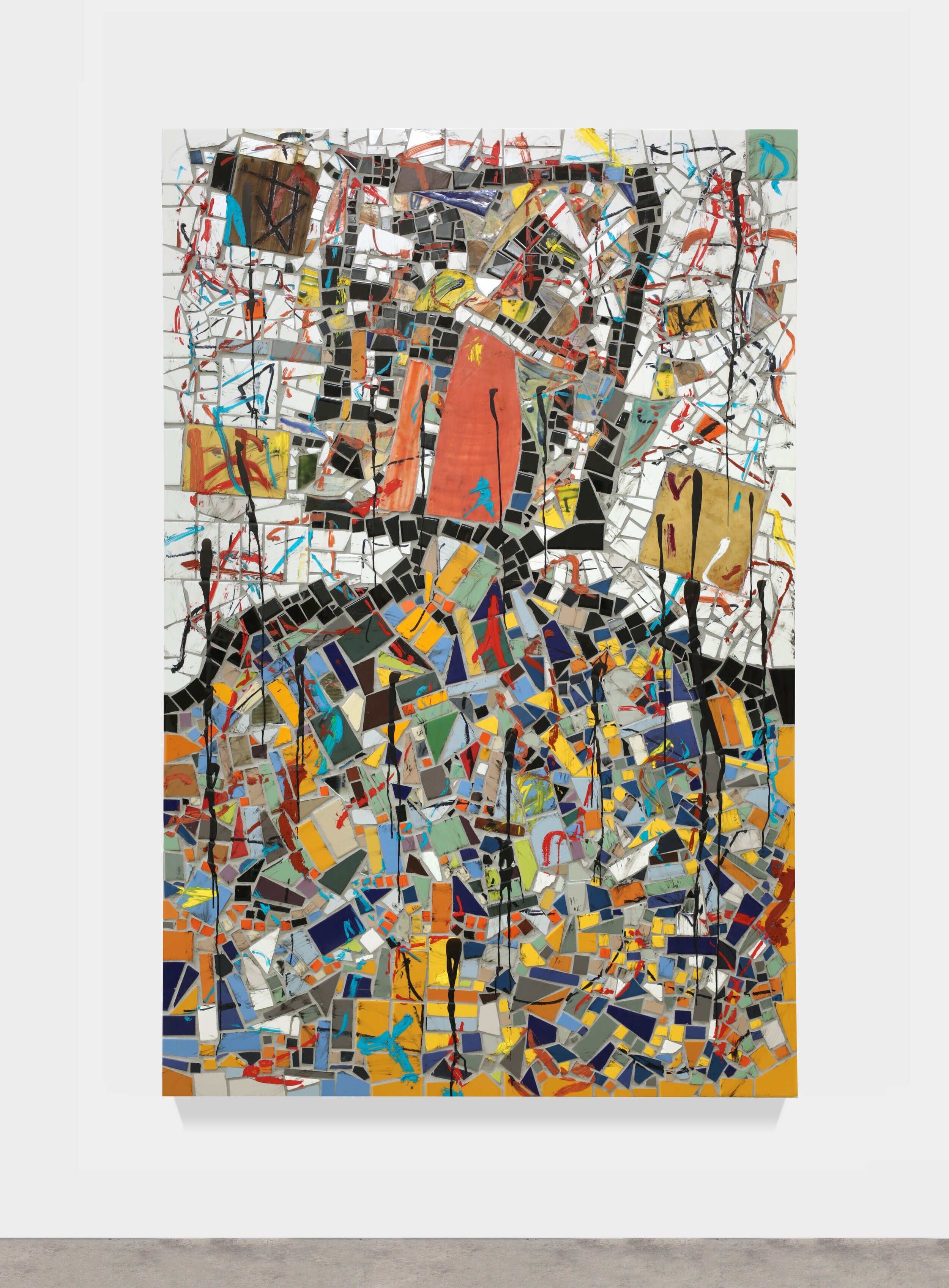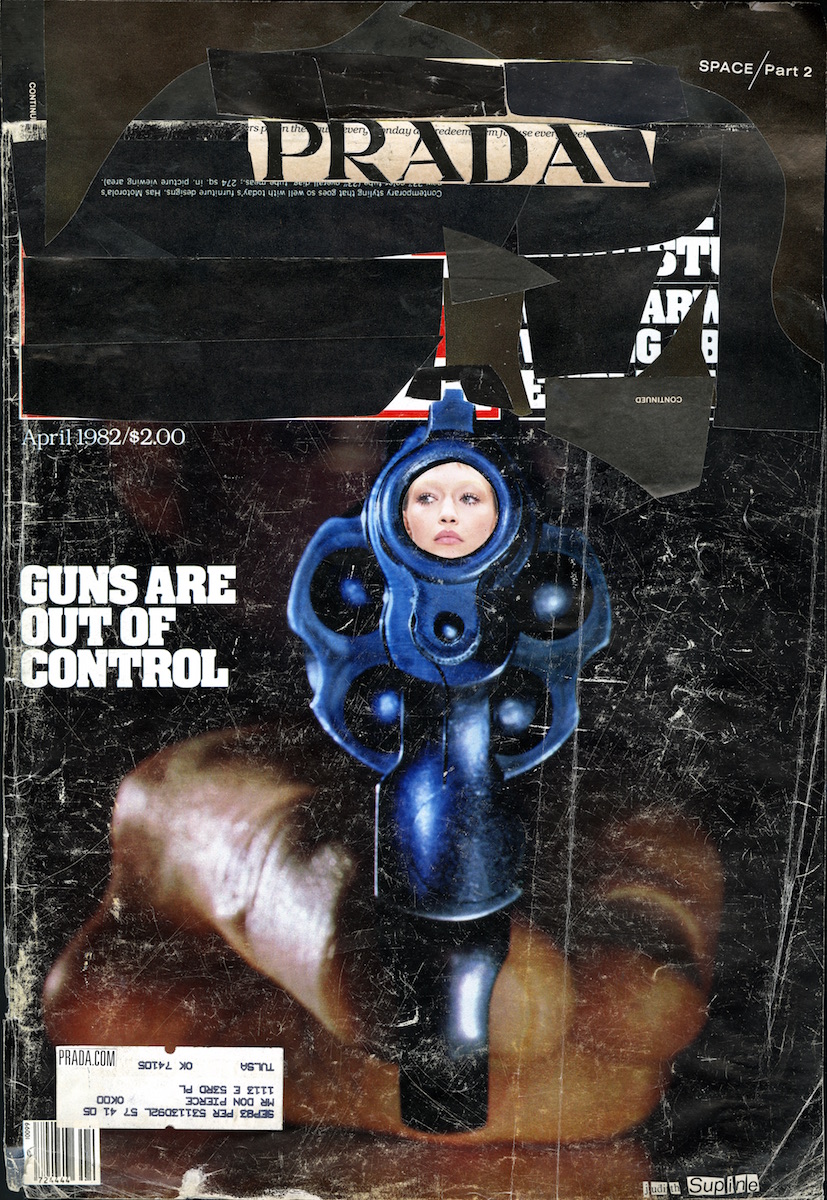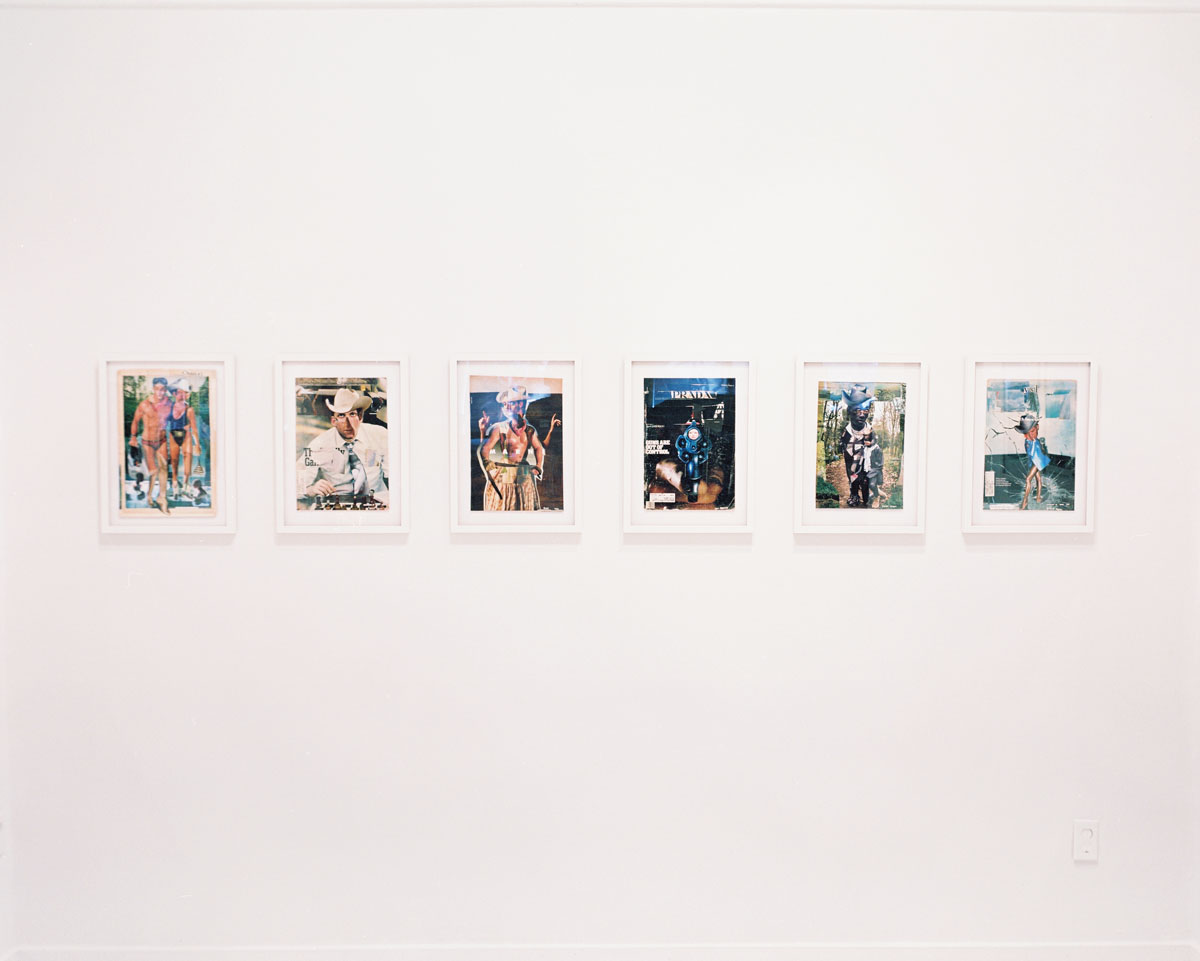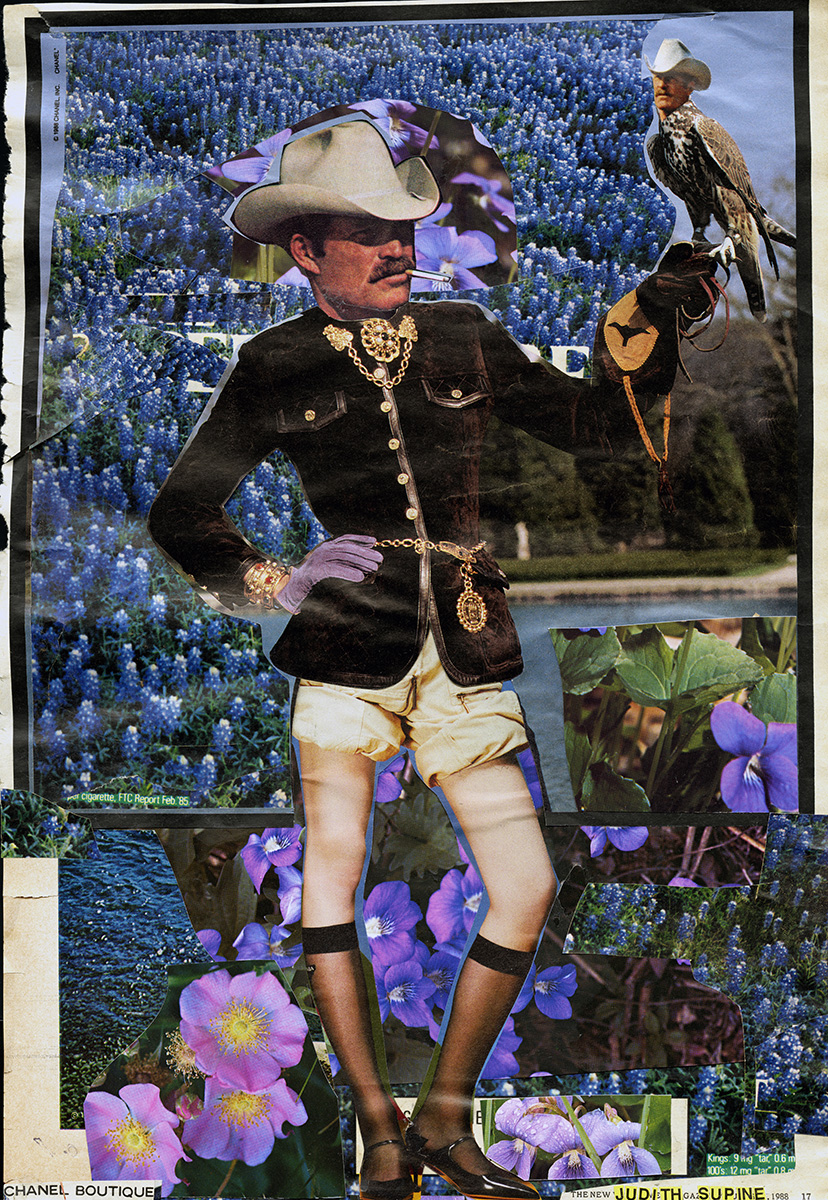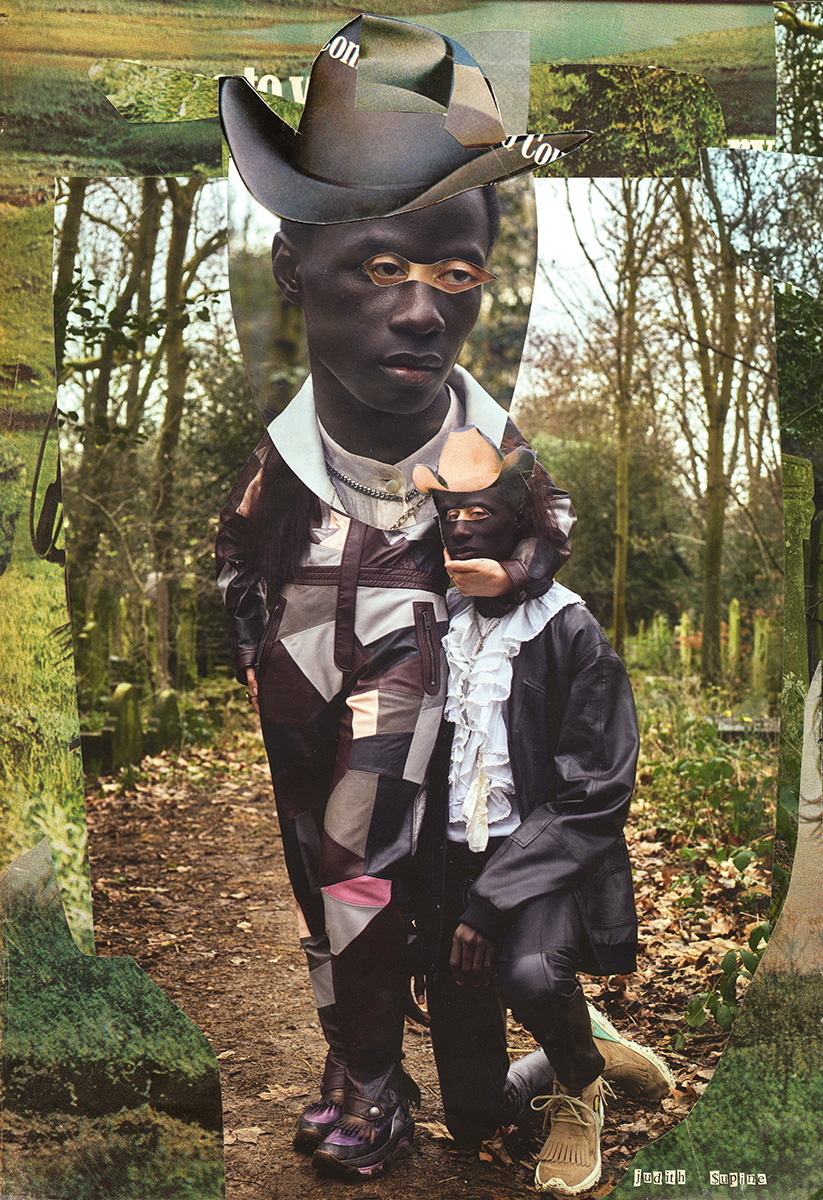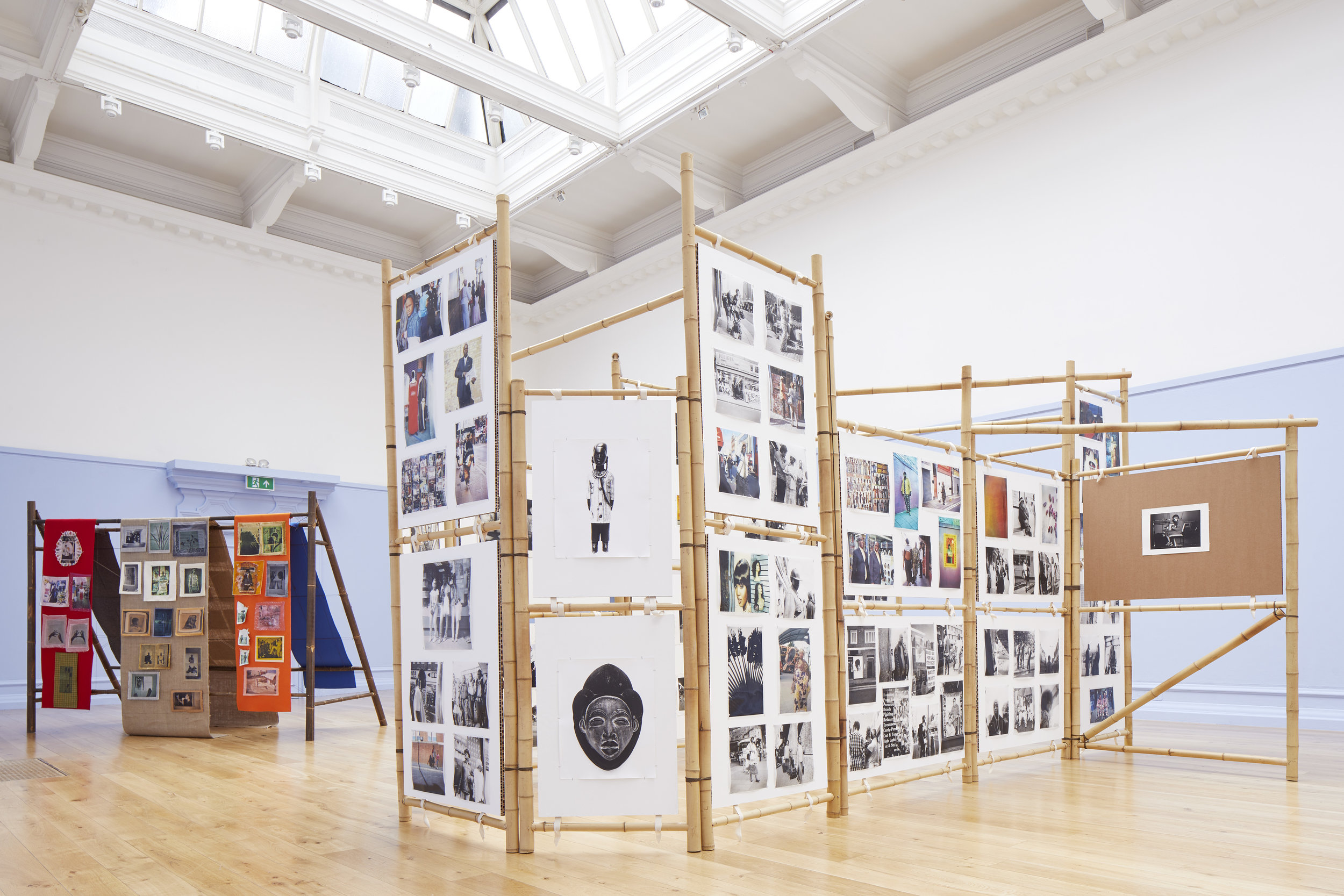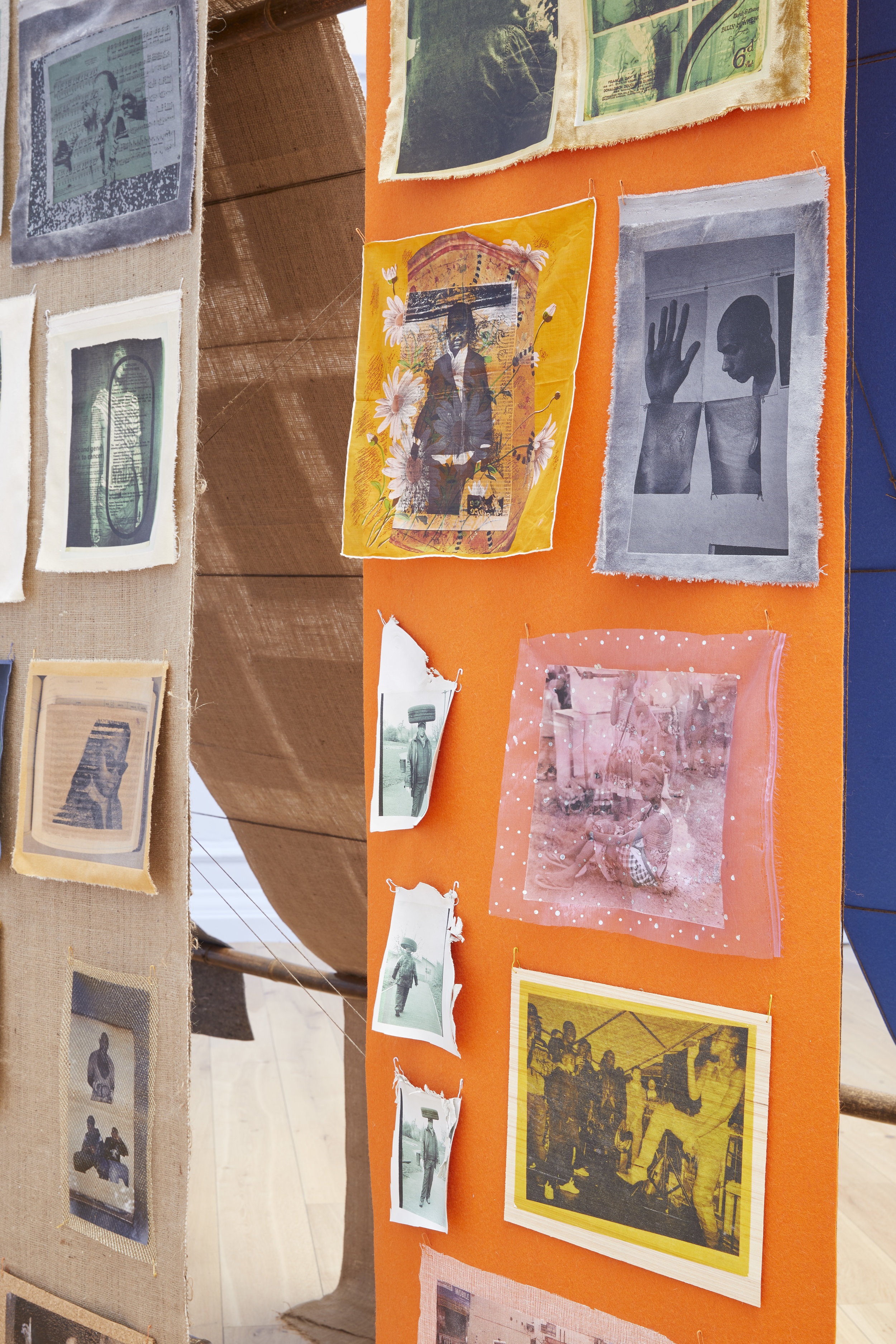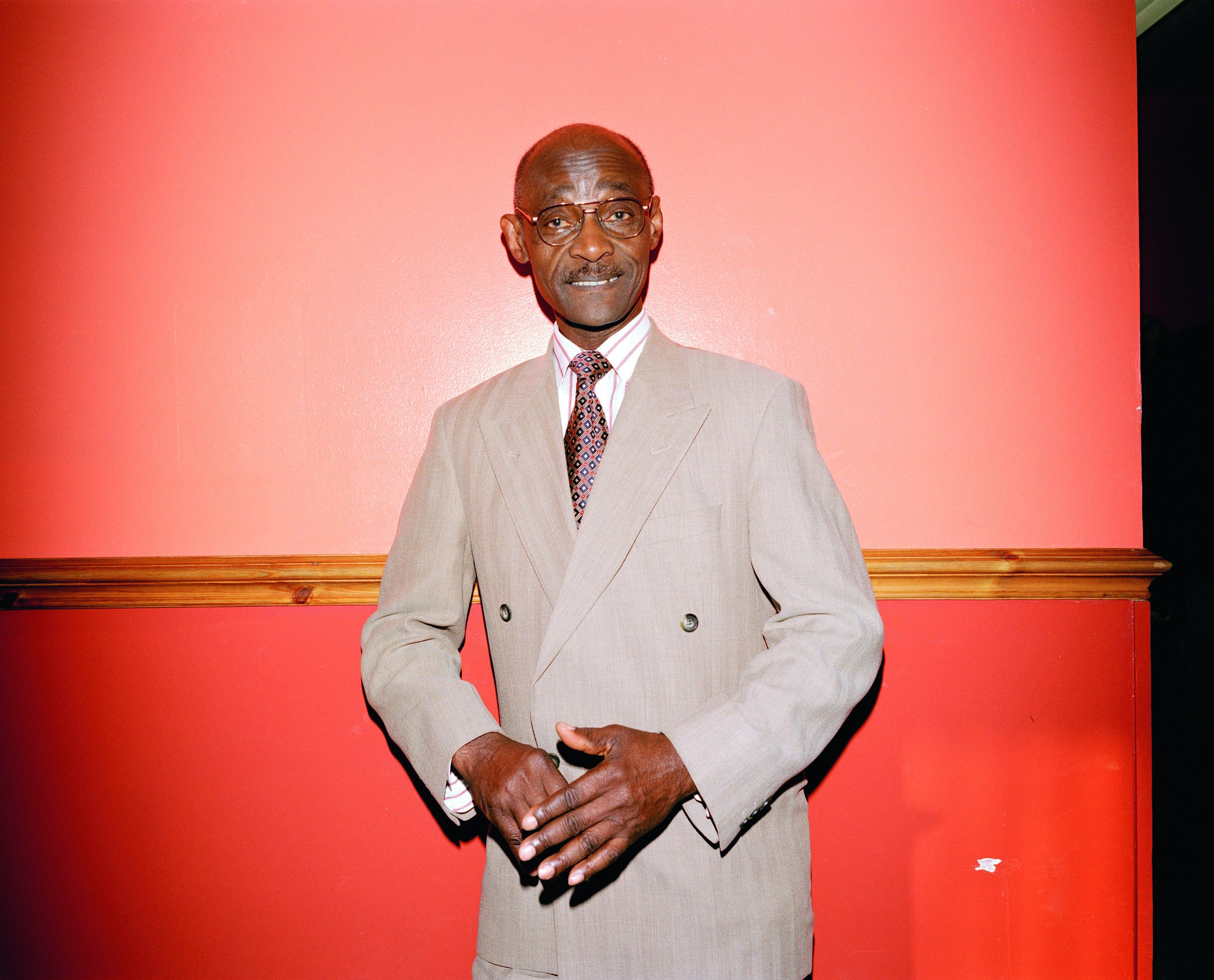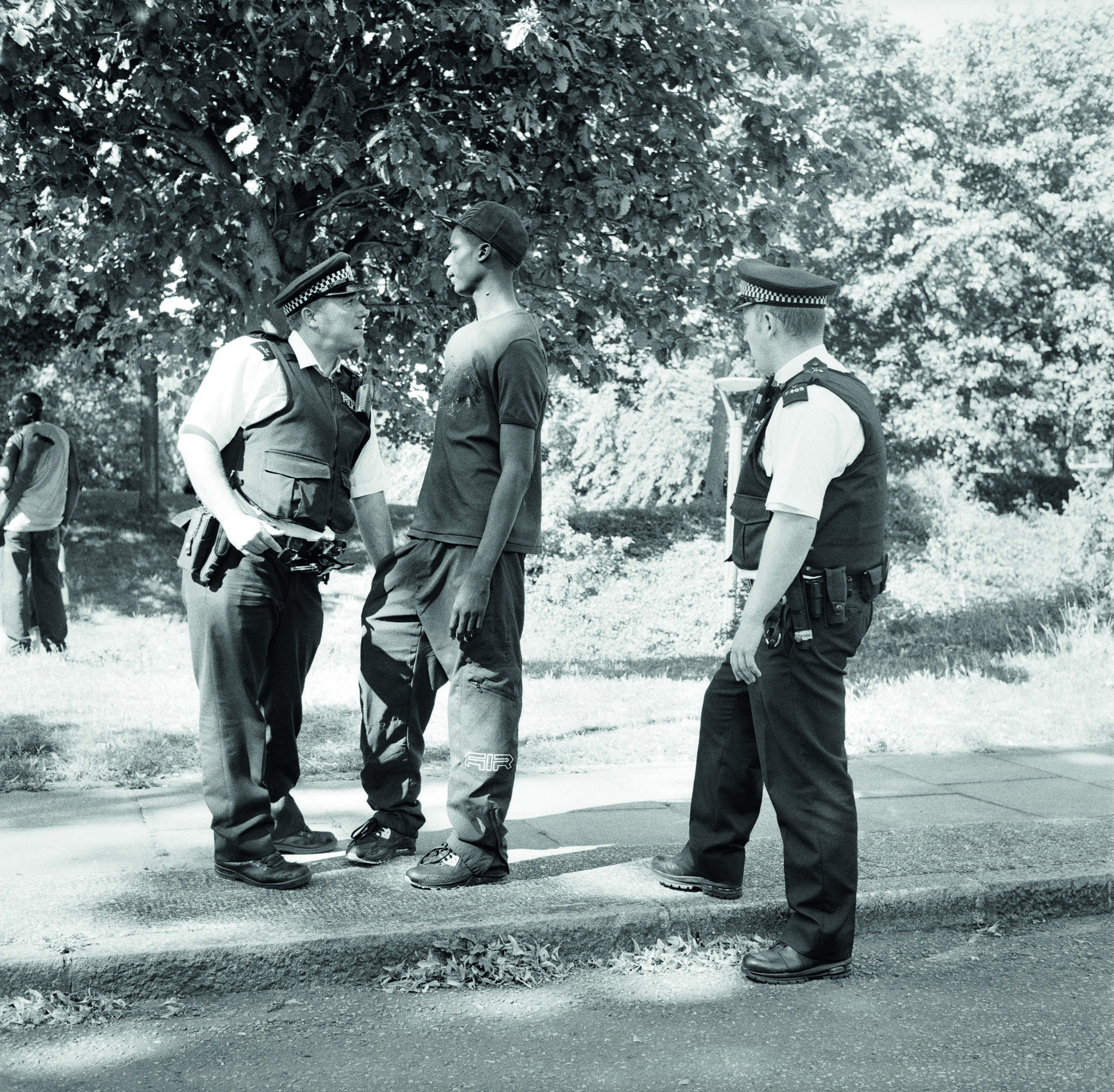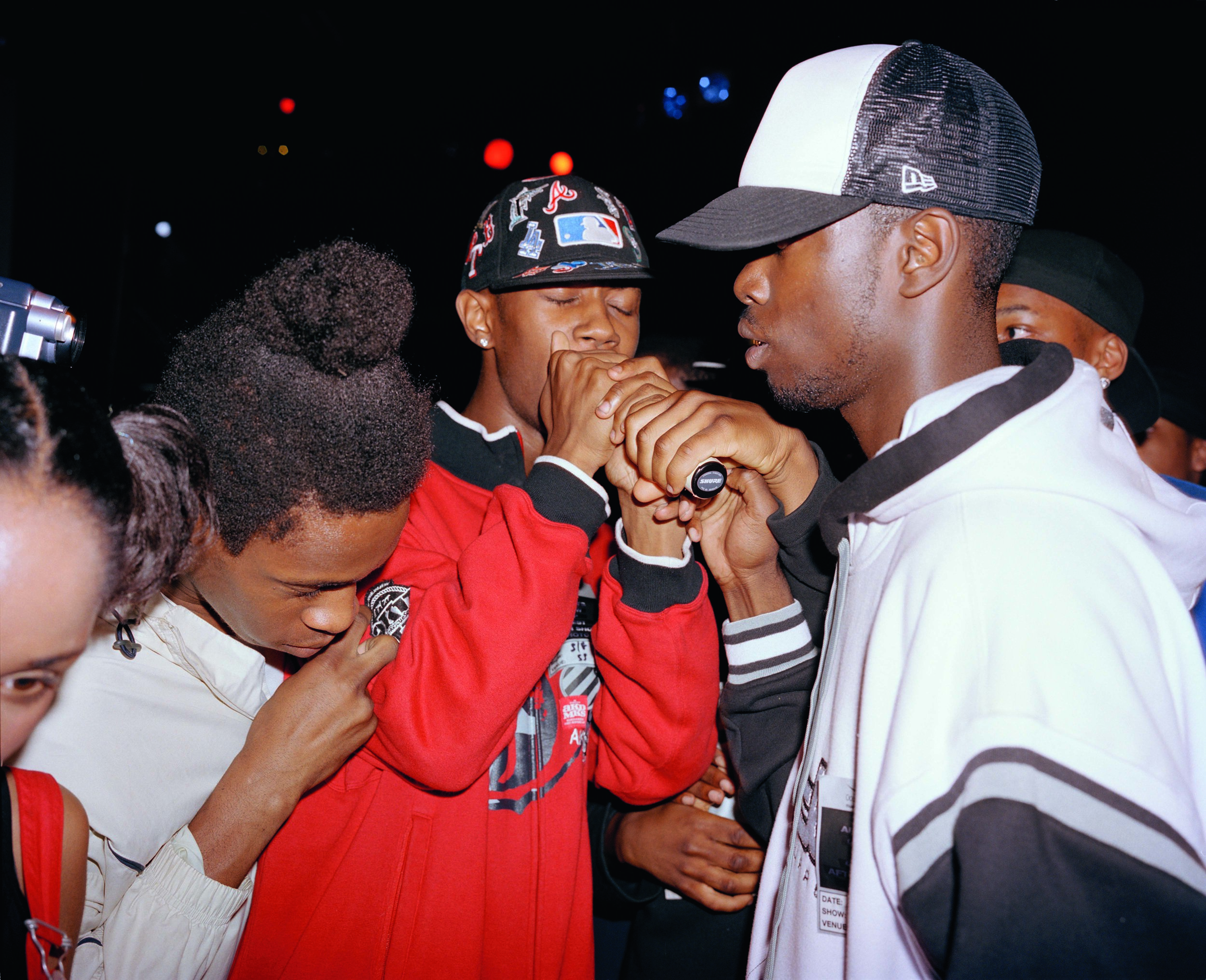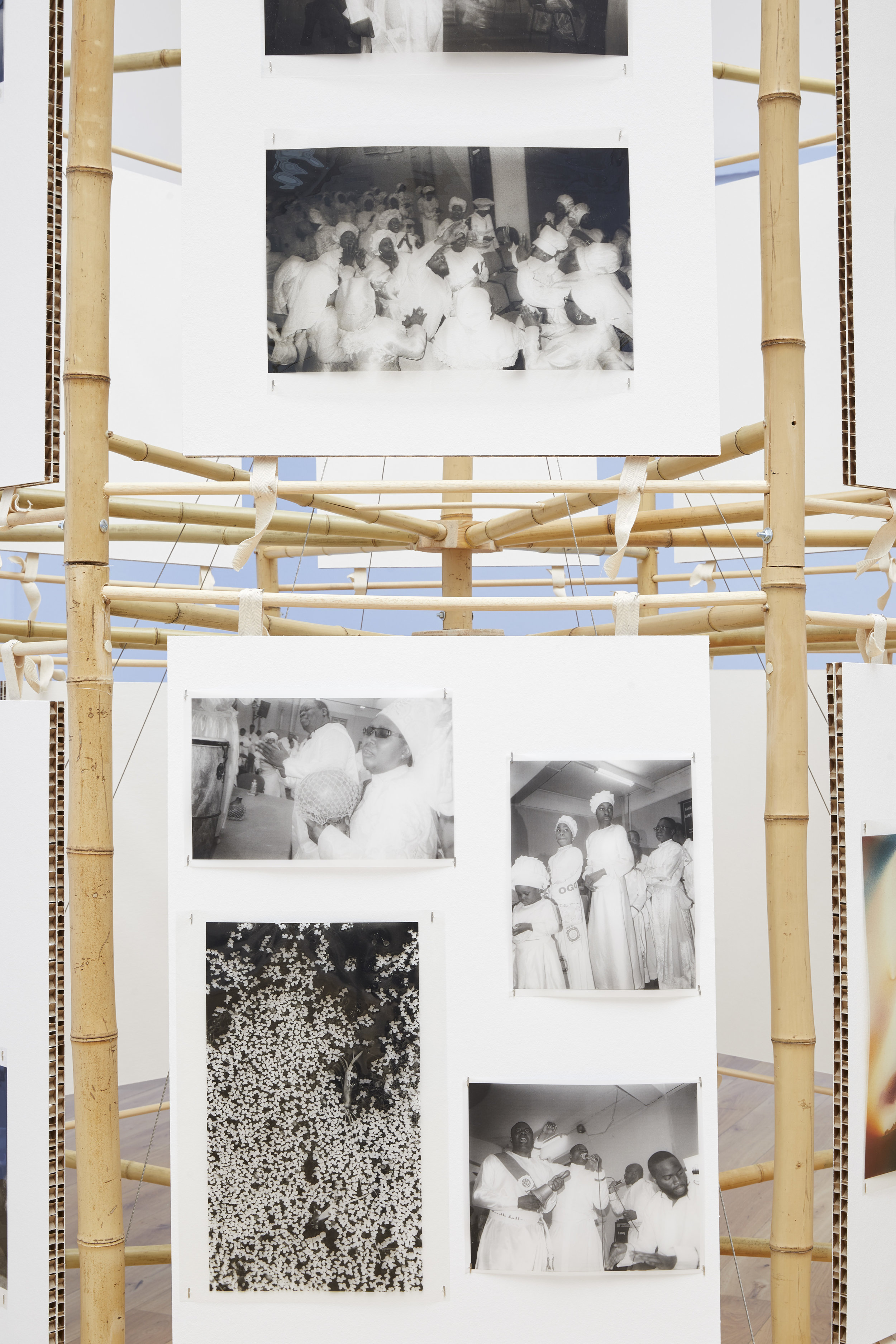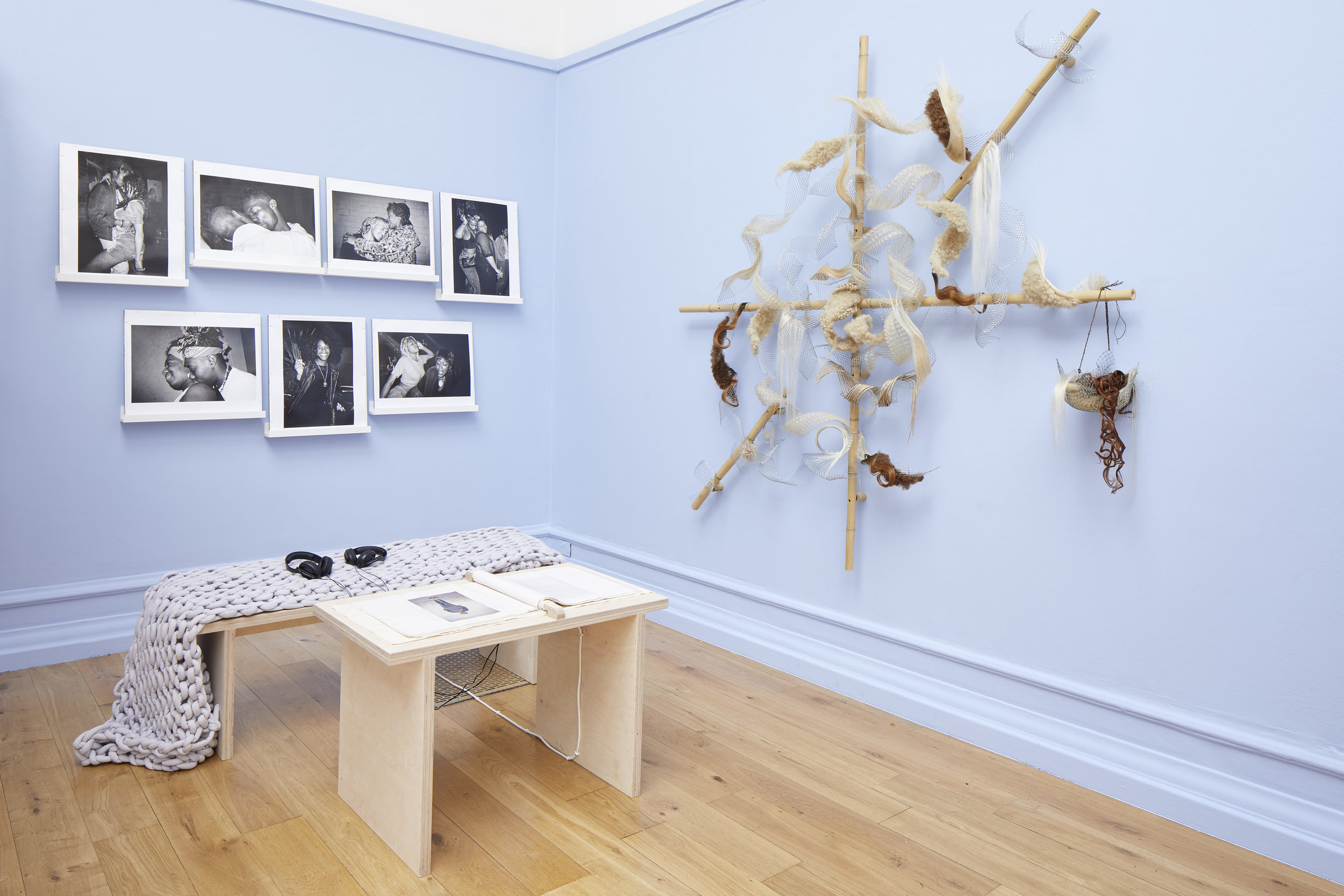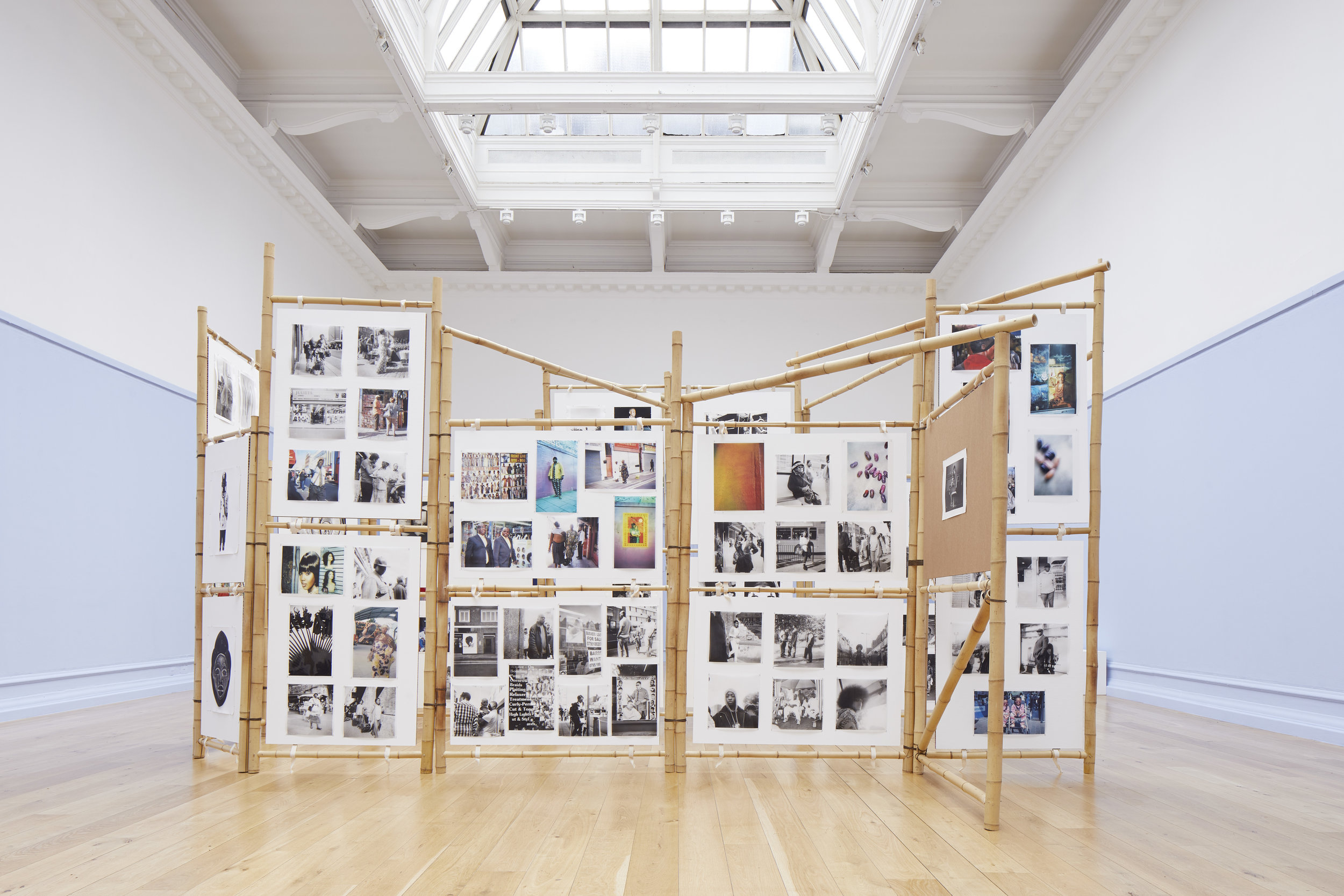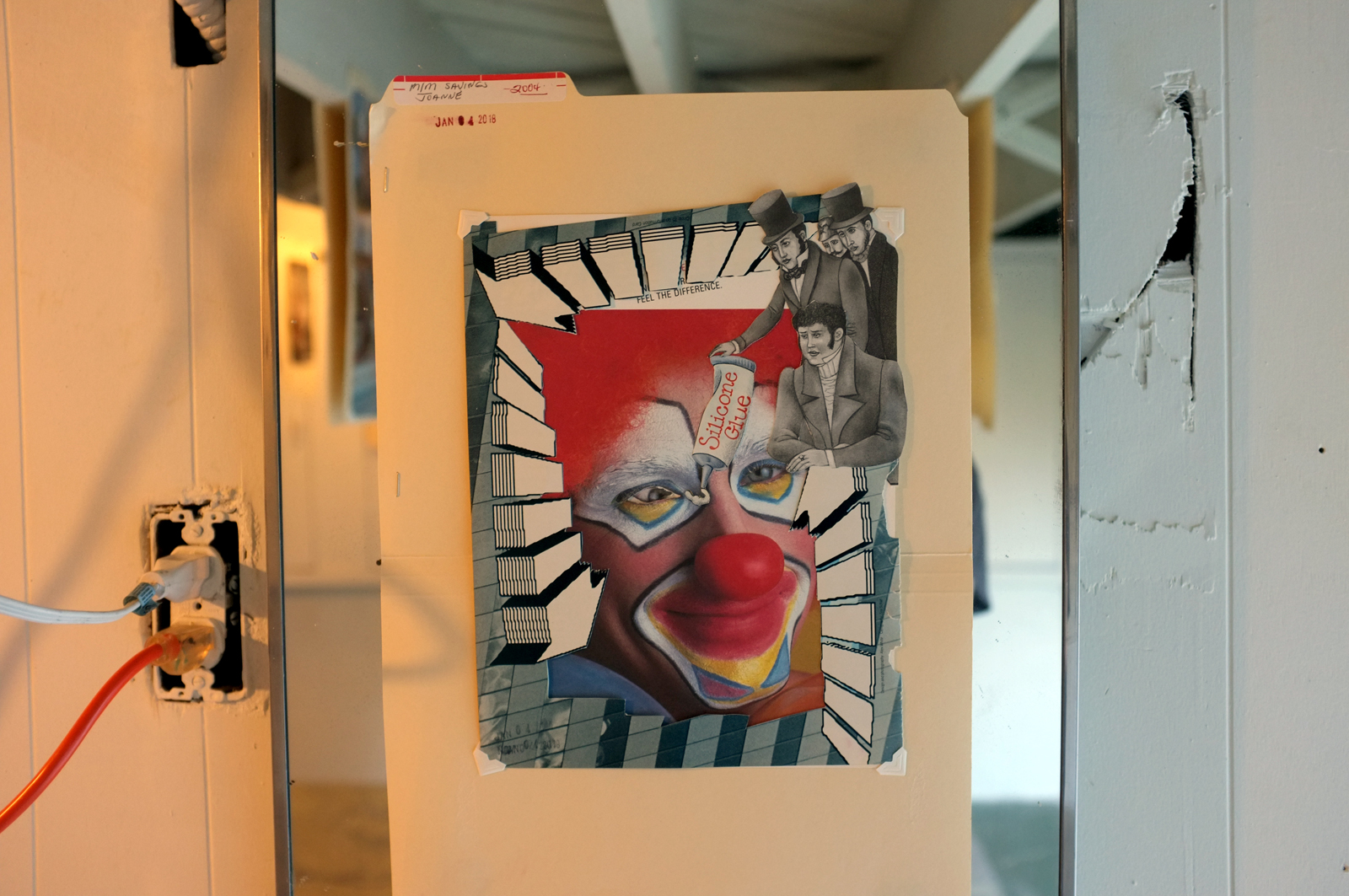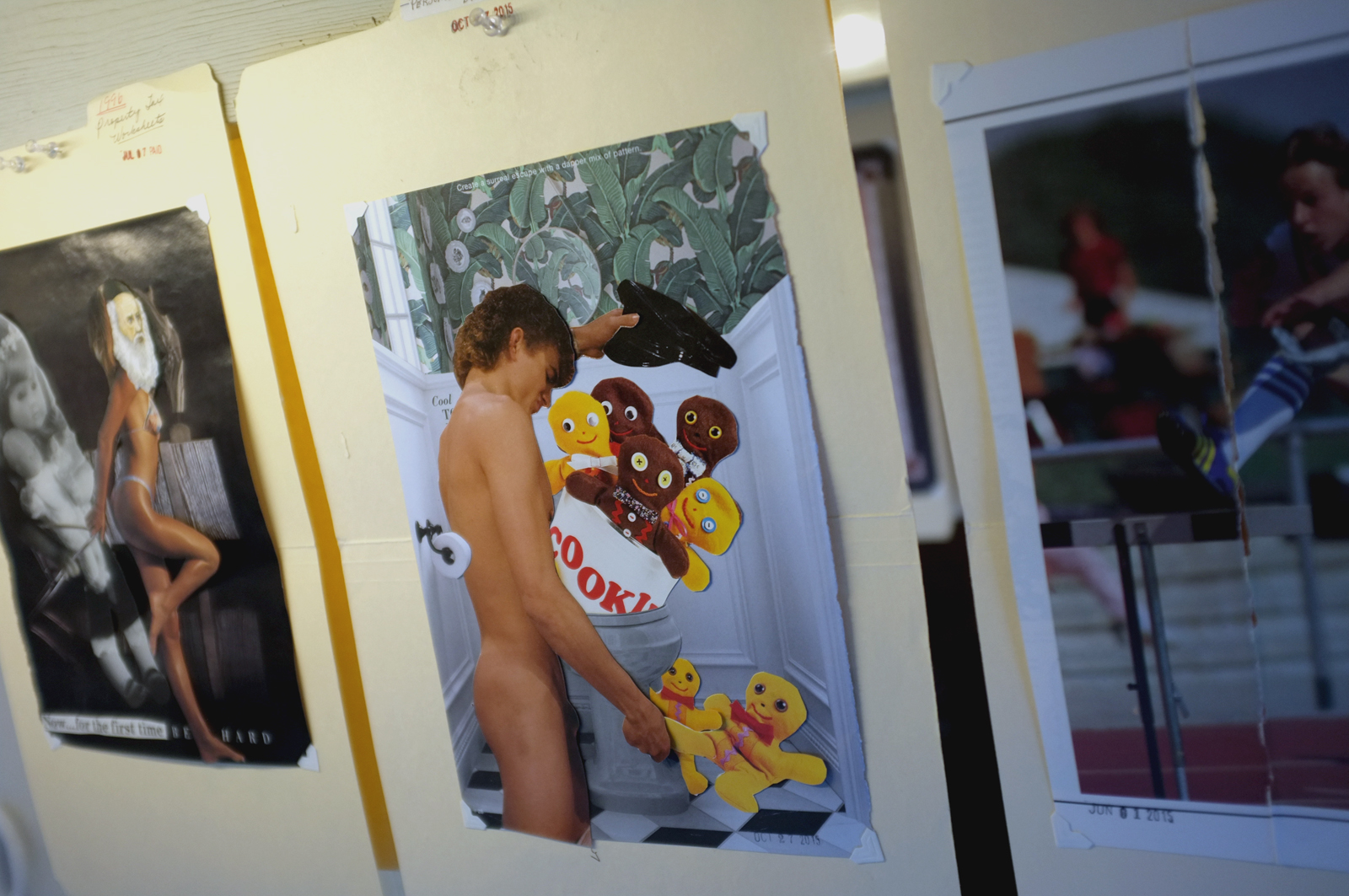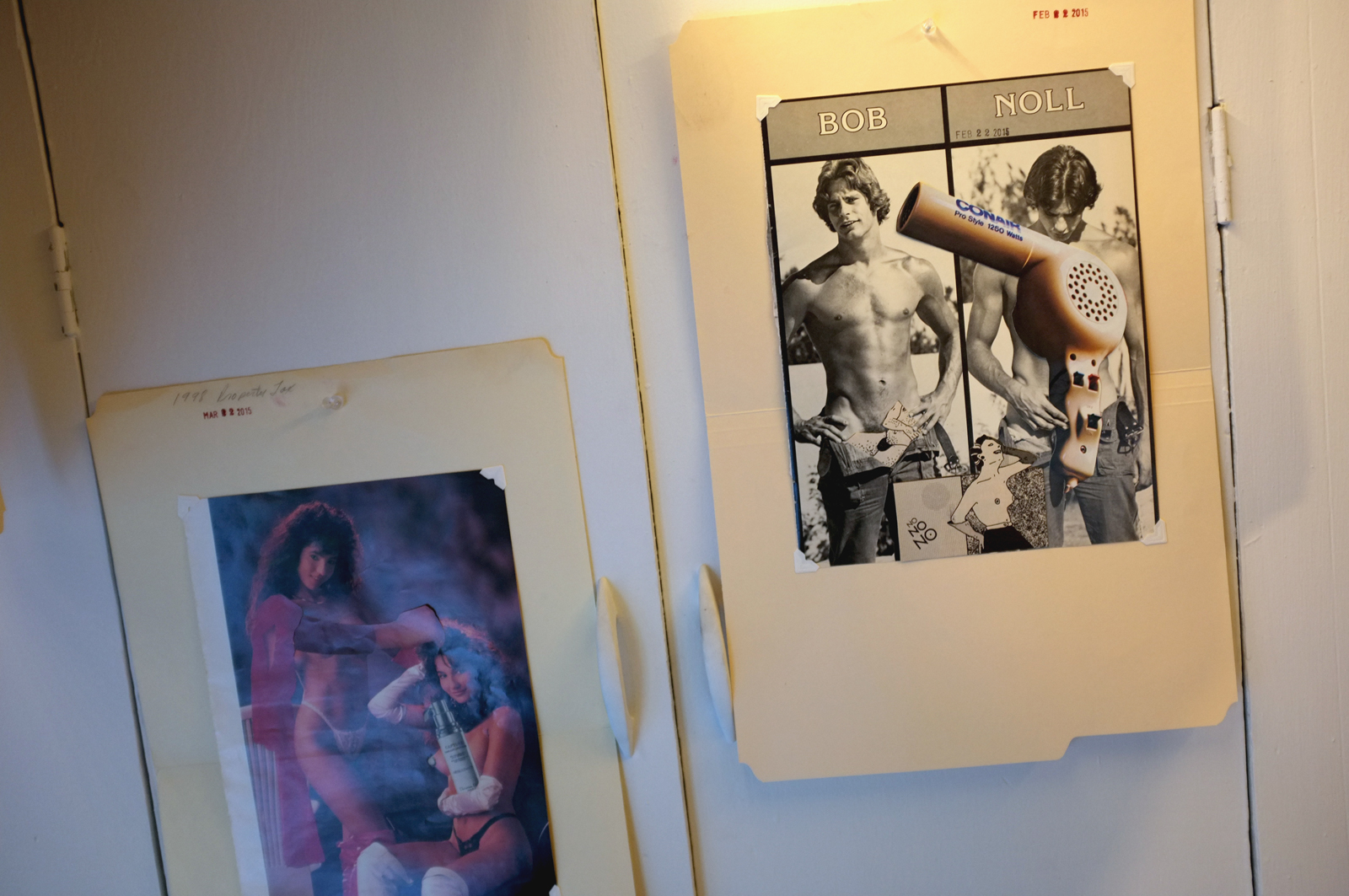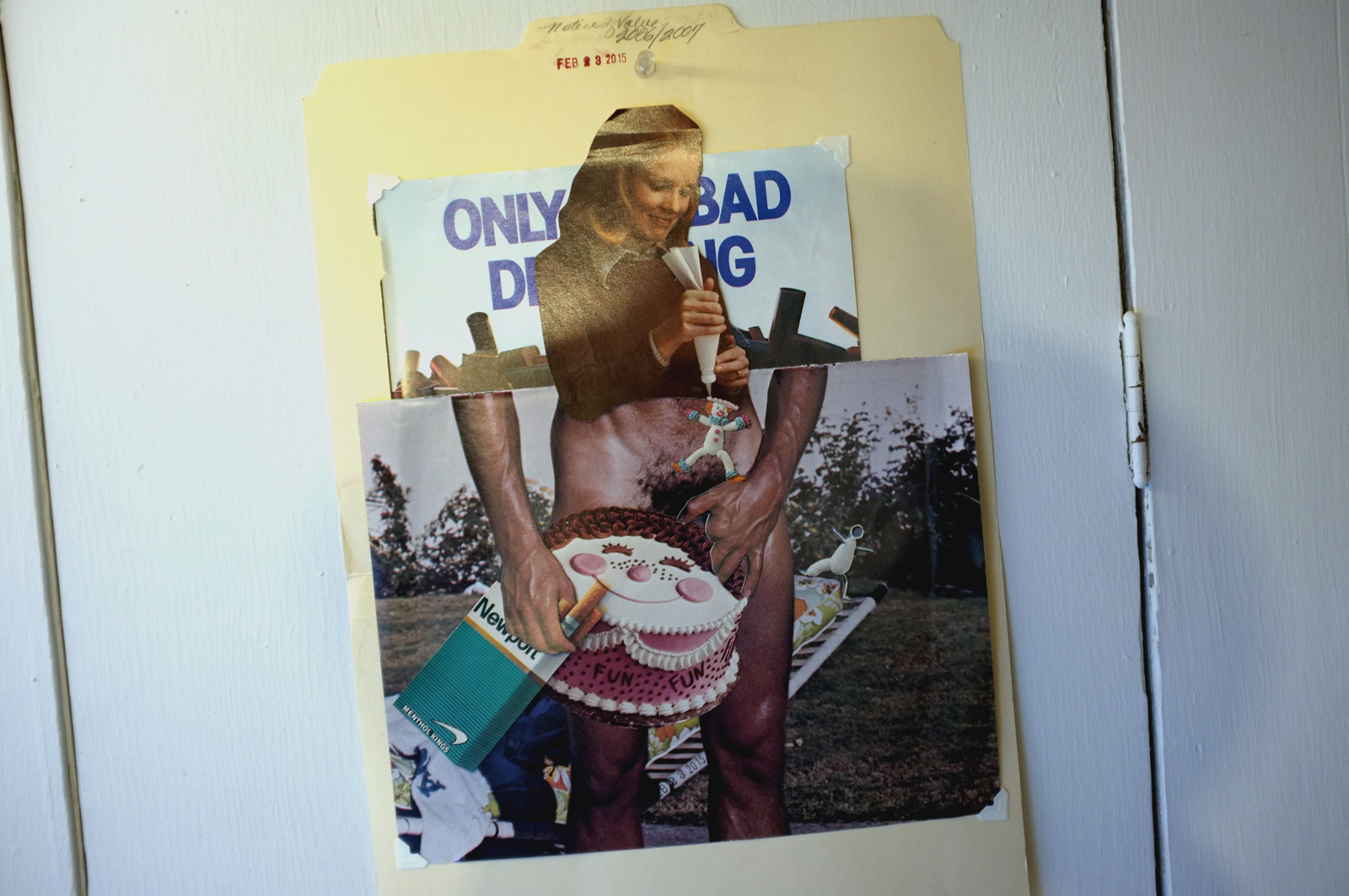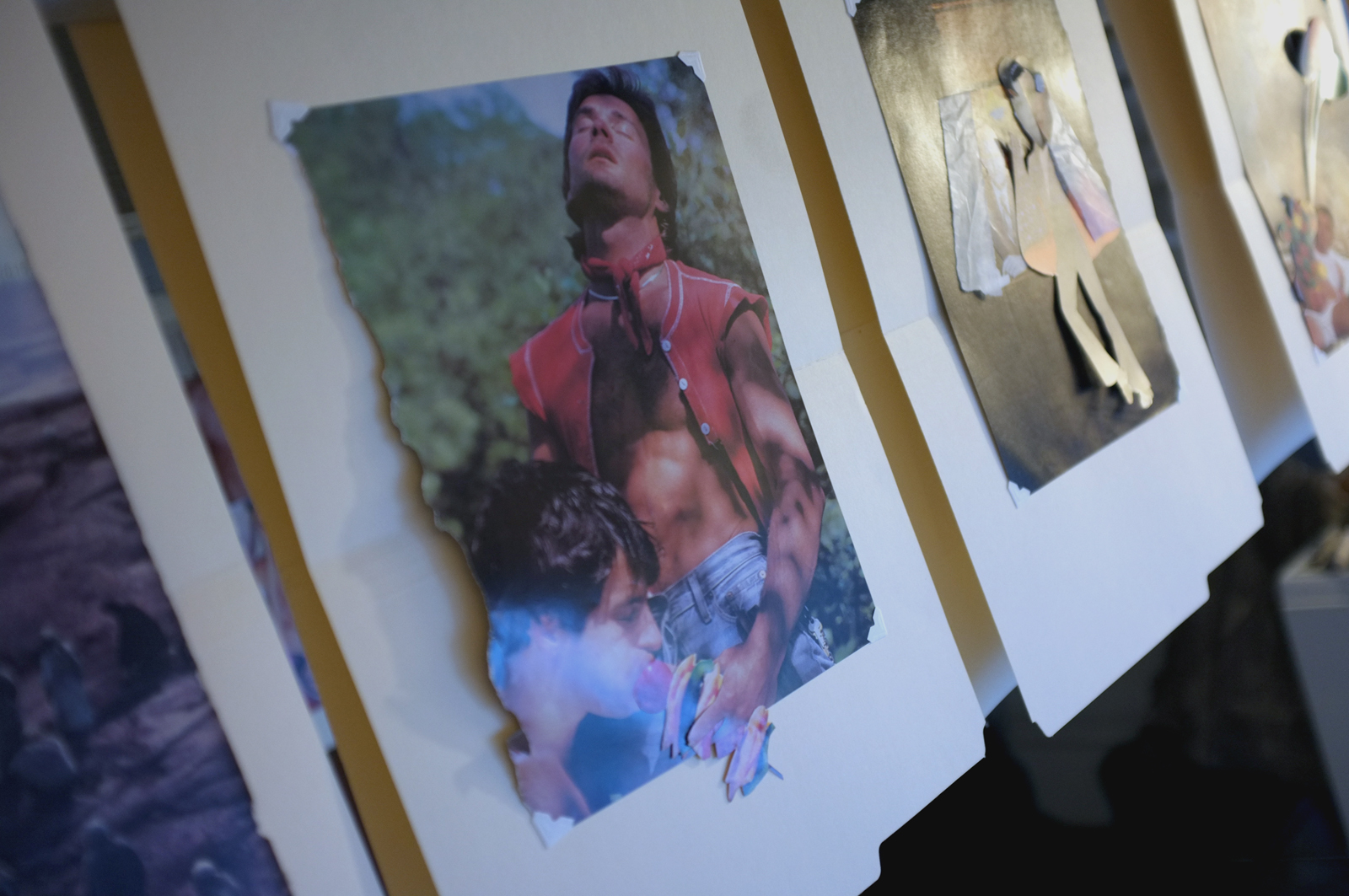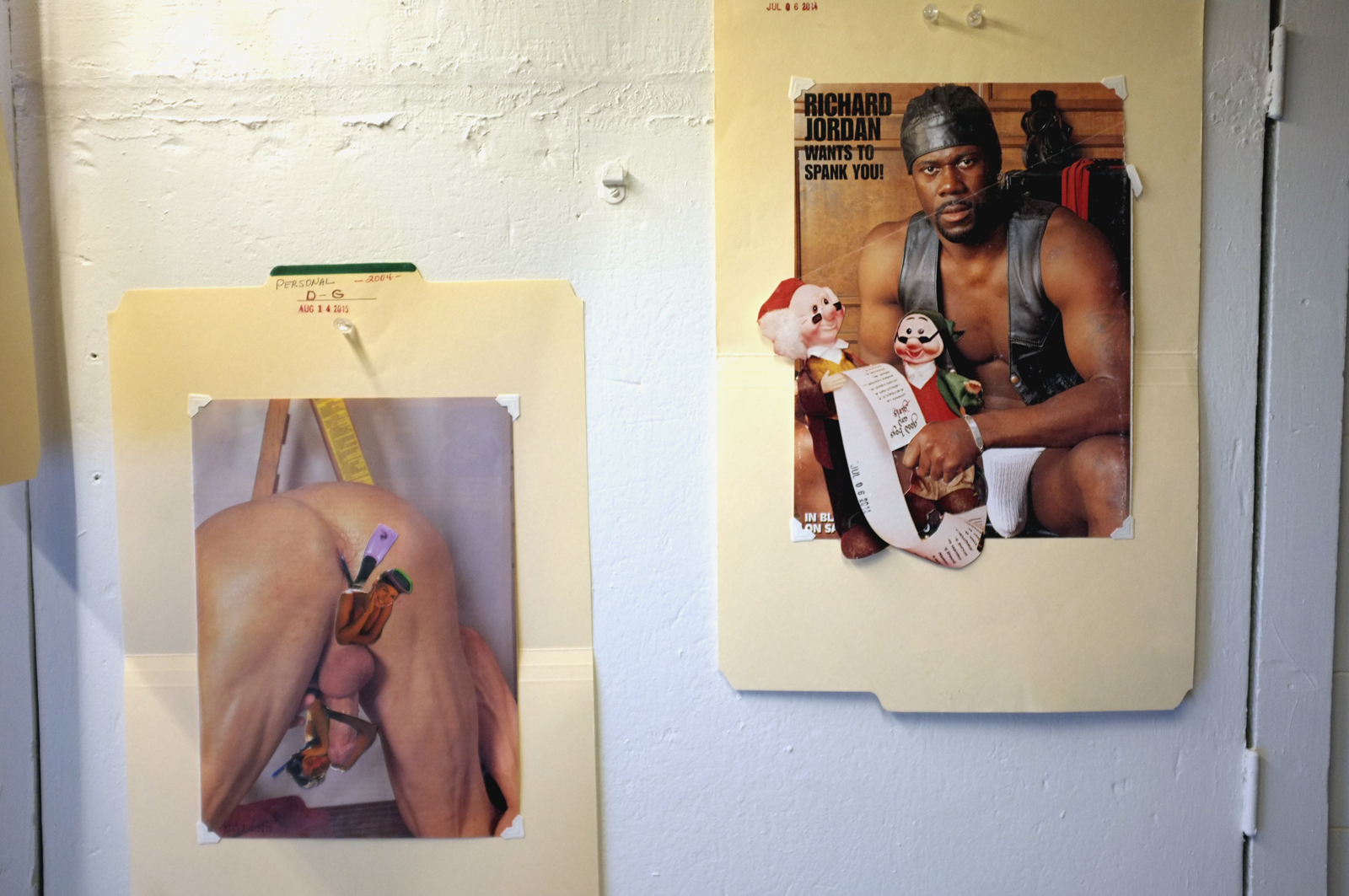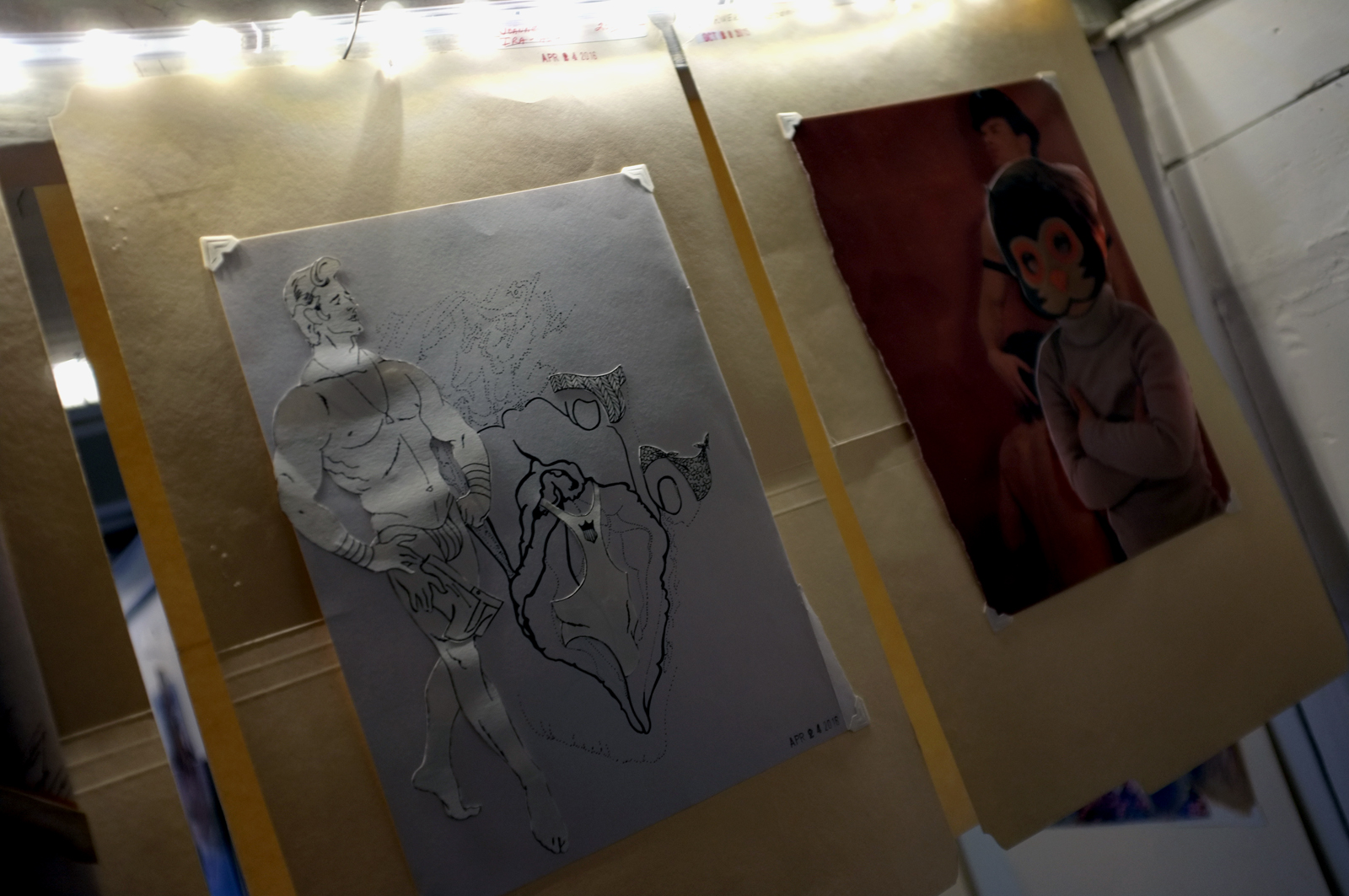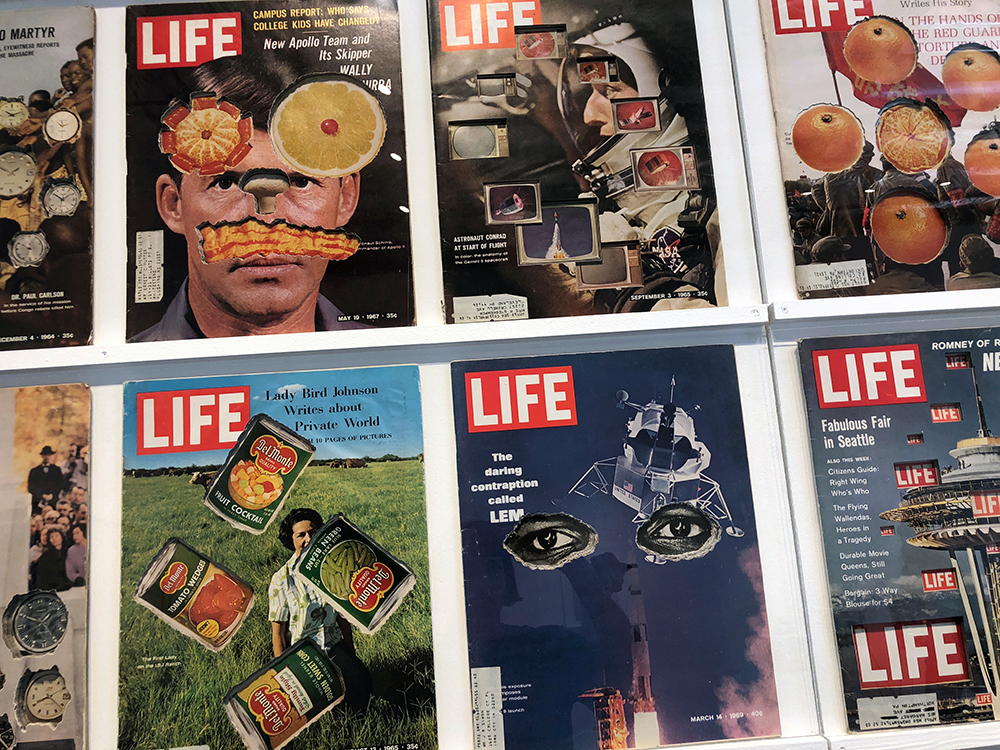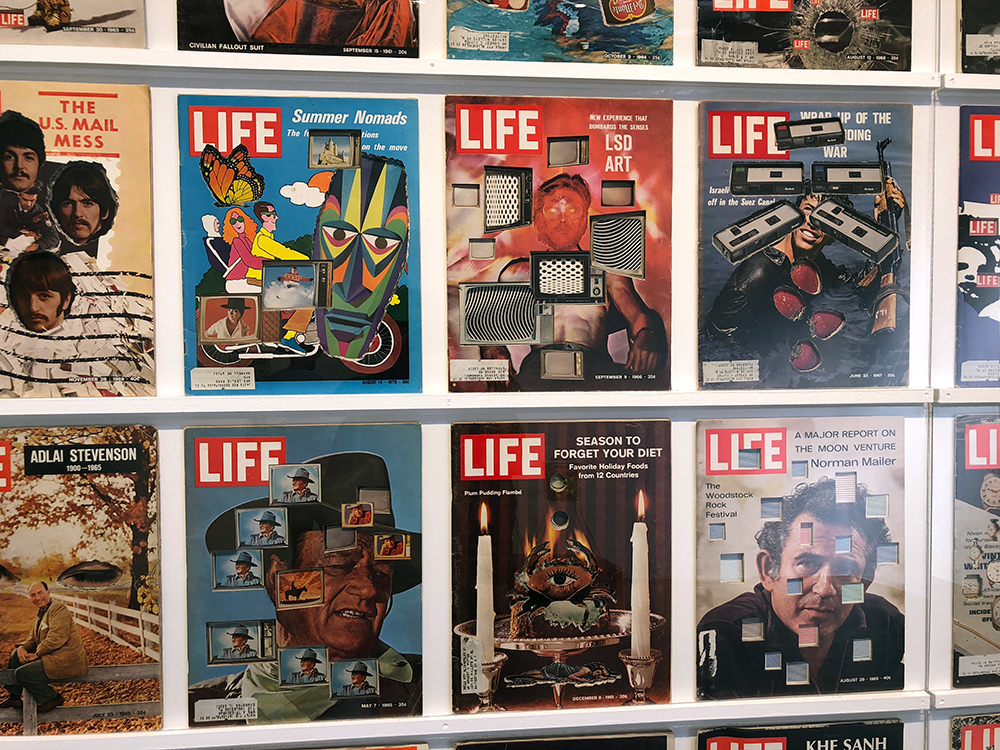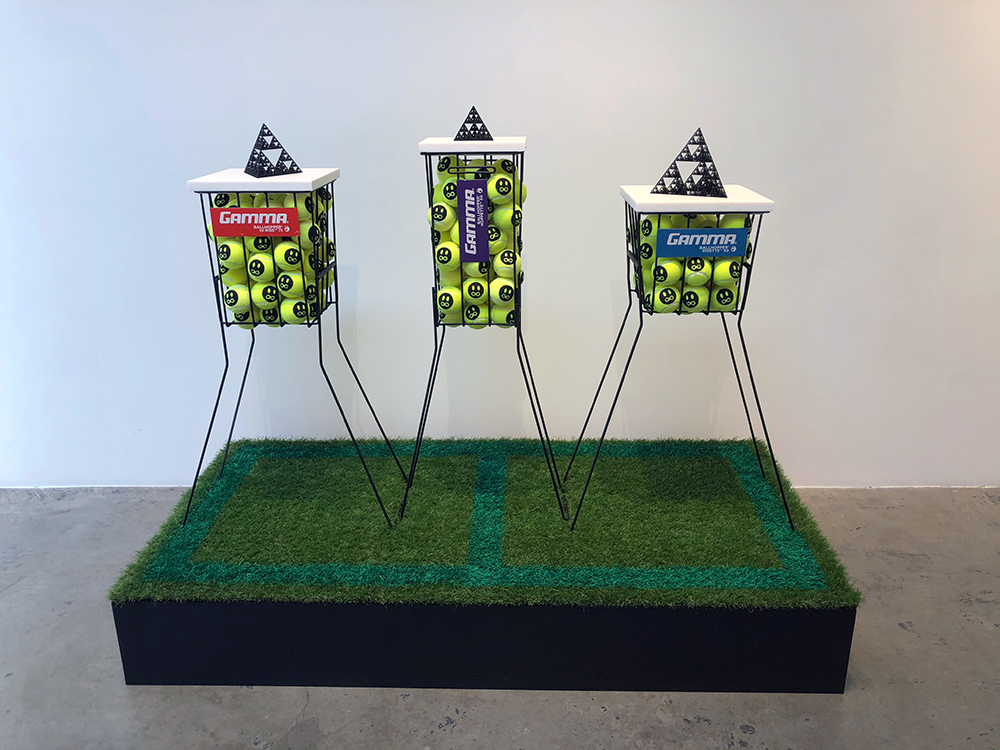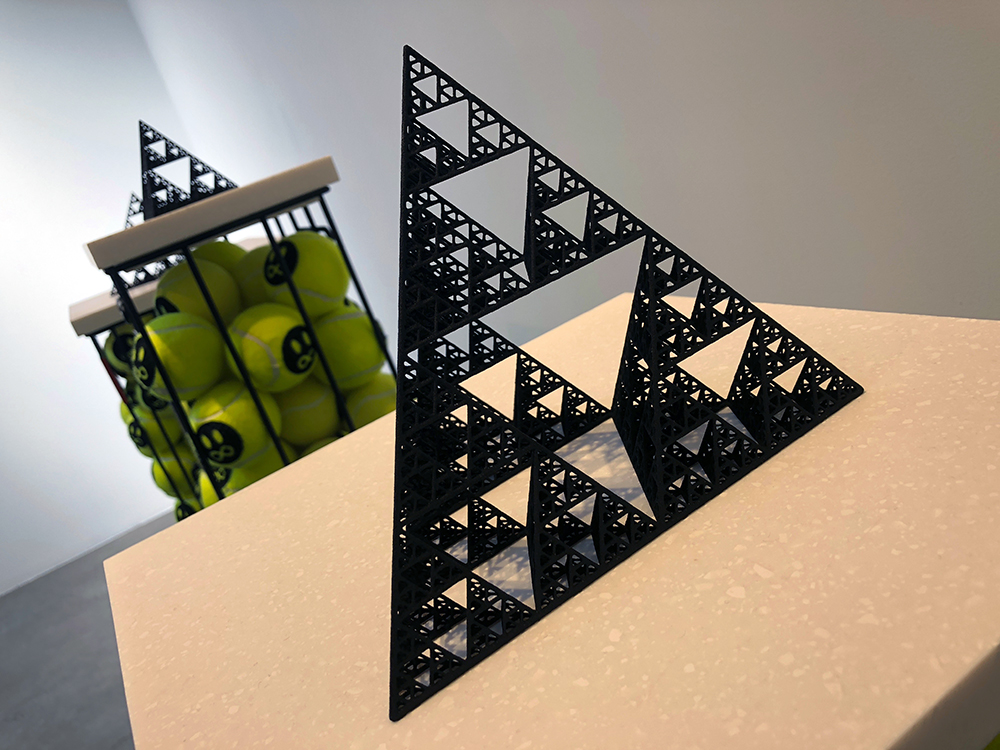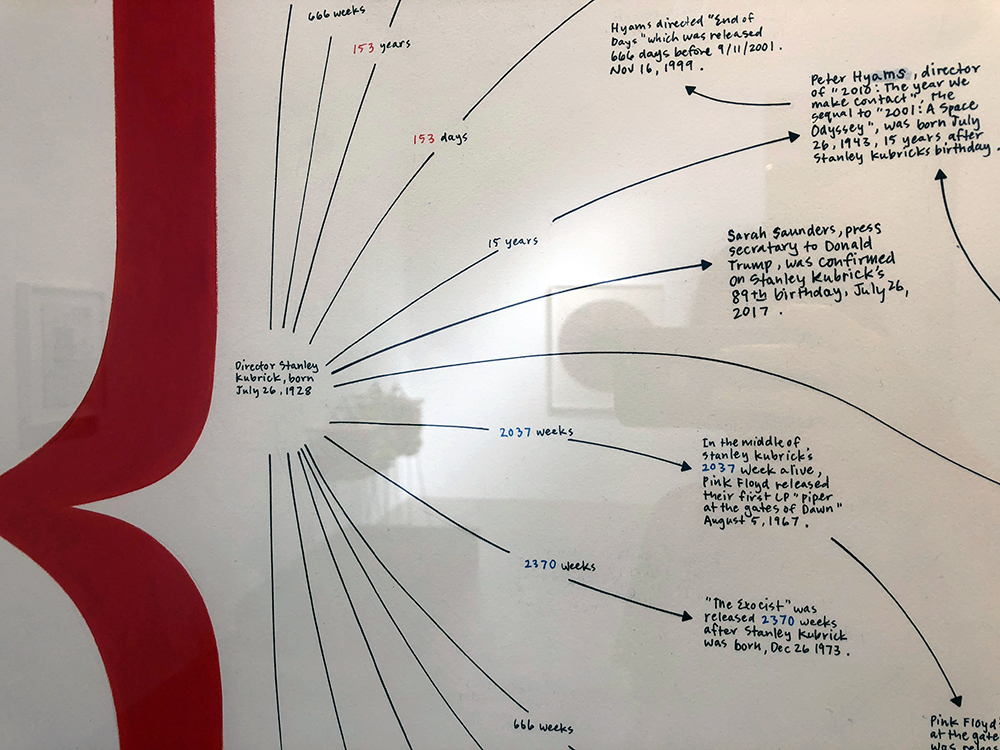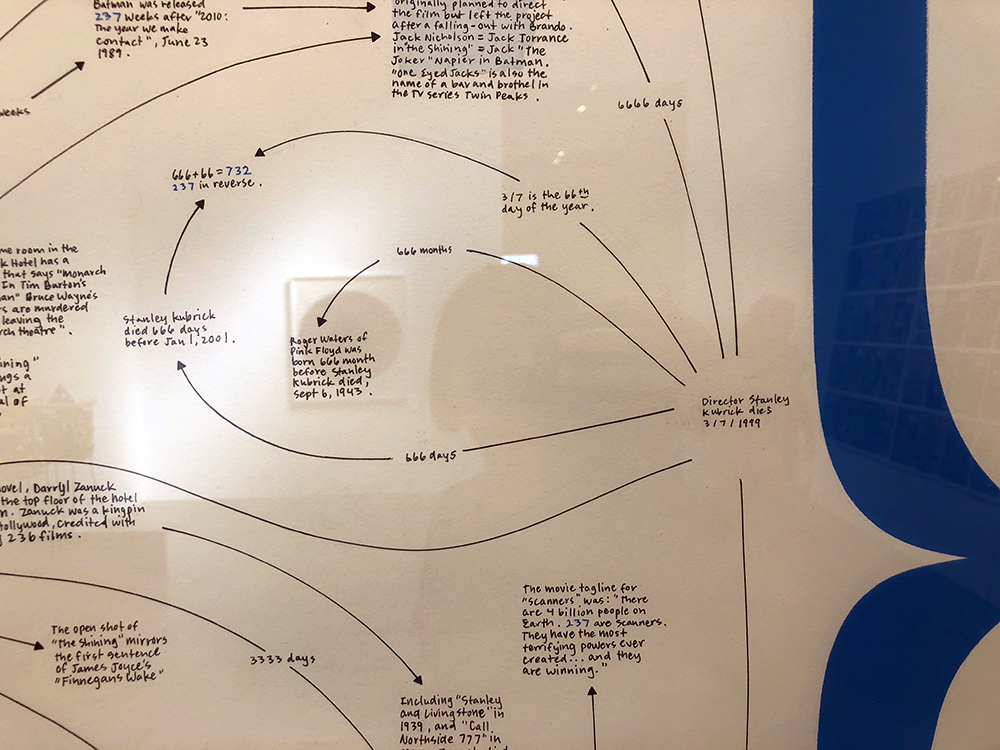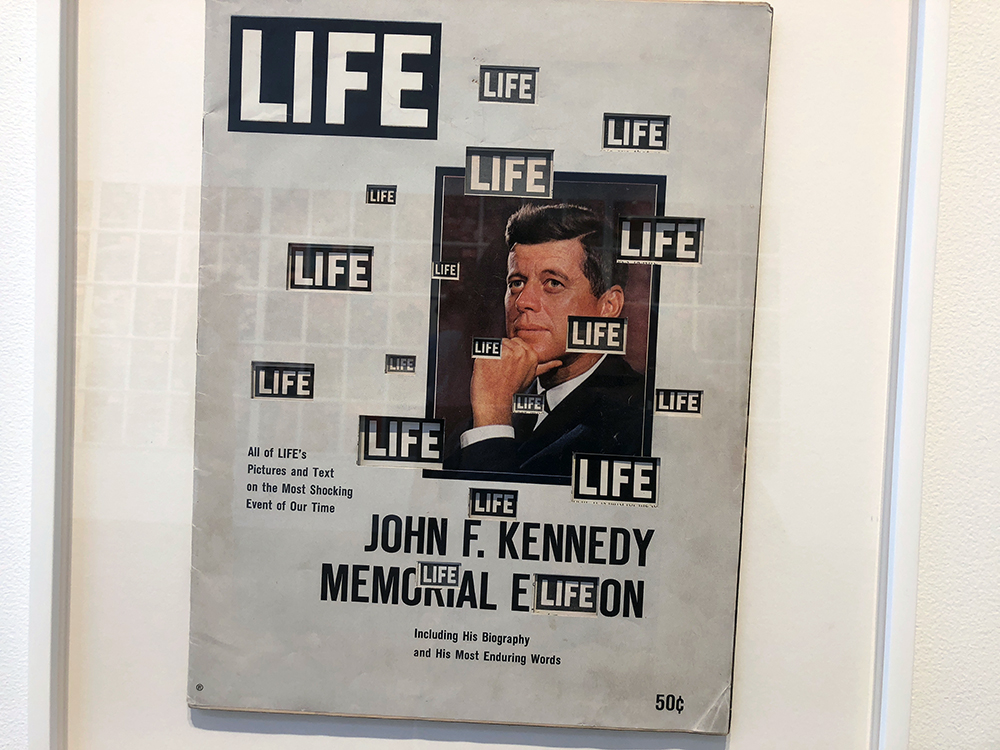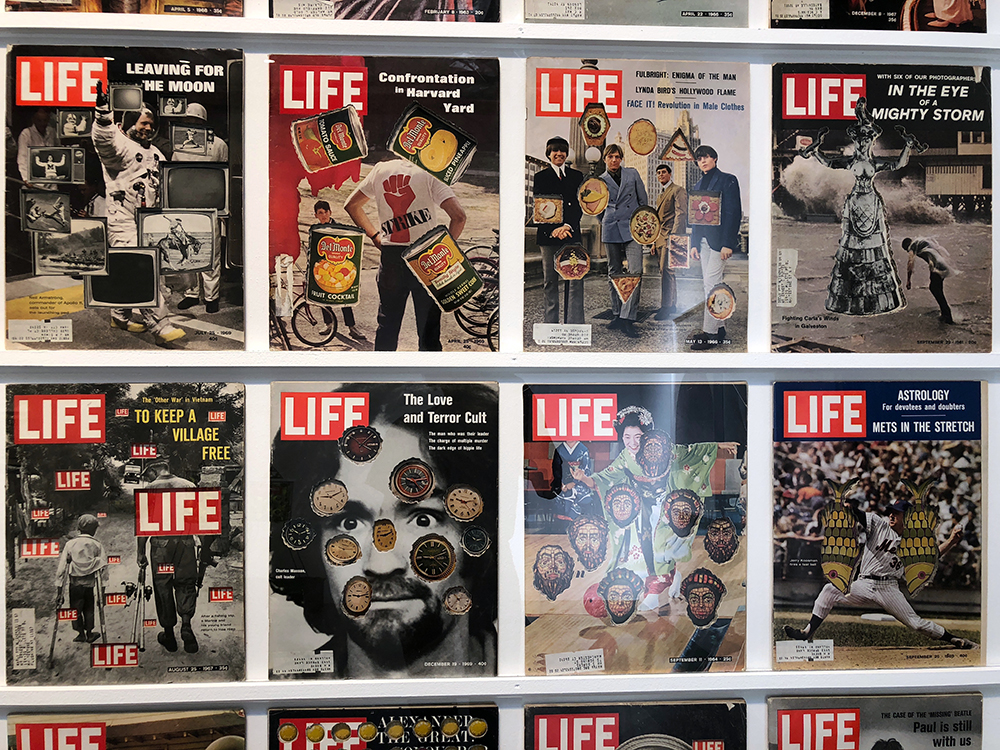Linder, The Sphinx, 2021. Photomontage. 35.5 x 34.5 cm. 14 x 13 5/8 ins. © Linder. Courtesy the artist & Modern Art, London.
text by Poppy Baring
Arriving at a time when women's rights are being increasingly called into question, Danger Came Smiling takes London through Linder Sterling's eminent fifty-year-long career for the very first time. Exhibiting her iconic photomontages as well as her more recent unseen works, the Hayward Gallery underscores the enduring relevance of her feminist art, while showcasing the vibrancy and variety in Linder’s practice.
Often aiming to make viewers interrogate stereotypical gender narratives, Linder uses scissors and scalpels to liberate images that were often produced to perpetuate traditional gender roles. The use of sexualized and commercialized images of the female body, contrasted against clippings of seemingly banal bourgeois household objects manufactures a playful mockery that is characteristic of Linder’s style. By repurposing these found images to tell a radically different, less restrictive narrative, she restores agency on the page and across prints thanks to the ‘violent power of the cut.’ These anarchic collisions powerfully highlight the similarity in pressures felt by women today and those felt when the works were first created; inviting viewers to question the then and now.
Installation view of Linder: Danger Came Smiling. She/She, (1981). Photo: Mark Blower. Courtesy the artist and the Hayward Gallery.
Born in Liverpool in 1954, Sterling was part of the 1970s punk scene and created art and music alongside some of the most famous British voices of that period. In the 1980s, she formed the band Ludus and performed at nightclubs such as Manchester's famous Hacienda. One of the most remembered aspects of this performance was Linder's choice of costume, where her 'meat dress', which came 20 years prior to Lady Gaga’s similar unexpected look, and black dildo commented on the heavily macho culture of the venue at the time. This same spirit can be found in all of Linder's subsequent work and is arguably what has led her to be viewed as a truly unrelenting and rabble- rousing British art hero.
This exhibition includes a photomontage reminiscent of one of her most famous works, the cover art for the single “Orgasm Addict” made for the punk band, the Buzzcocks in 1977. This work shows a woman’s naked body covered in oil with an iron as a head and perfect smiles placed strategically on her breasts. While this, along with Sterling’s other early works, relied on found images from local magazines and newspapers, her post-2006 montages matured in imagery. In the ’70s, she sourced material from men's pornographic magazines and women's homeware catalogues, later expanding to more diverse sources, creating richer juxtapositions.
Throughout the years, Linder’s process has evolved but she has continued to investigate the shifting trends in lifestyles, sex, domesticity, and fashion that propel feminist conversations and inspire necessary rebellion.
Danger Came Smiling opens today and is on view through May 5 at the Hayward Gallery, London.
Linder Untitled, 1976. Tate, purchased 2007. © Linder. Photo: Tate.

